Learn mobile filmmaking essentials, storytelling, editing, and marketing techniques to create professional videos for social media
Dive into the world of mobile filmmaking and discover how to create captivating videos using just your smartphone. This course covers everything from camera settings and lighting to advanced editing techniques. Learn to shoot professional-quality videos by exploring storytelling methods, composition, and audio essentials. Transform everyday moments into cinematic experiences while honing your skills in framing and lighting setups.
Explore social media-specific video creation designed for platforms like TikTok and Instagram. Understand the trends and formats that drive engagement. Capture creative processes and develop marketing strategies to maximize reach and interaction. Guided by experts Pete Majarich, JRVISUALS, Cassius Rayner, That Iceland Guy, Anna Pepe, and Canvas+Co, elevate your mobile filmmaking skills and create content that stands out. Whether showcasing a personal narrative or devising a high-converting ad campaign, this specialization empowers you to bring ideas to life through engaging and dynamic videos.
What will you learn in this specialization?
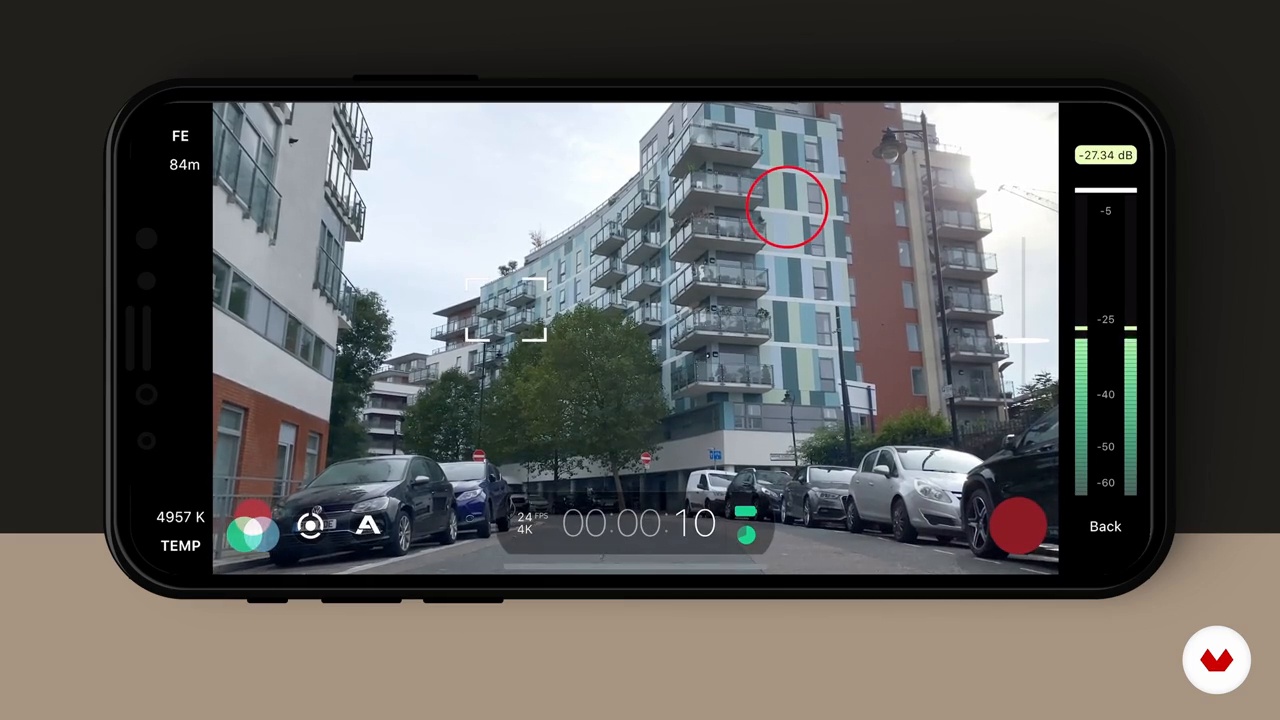

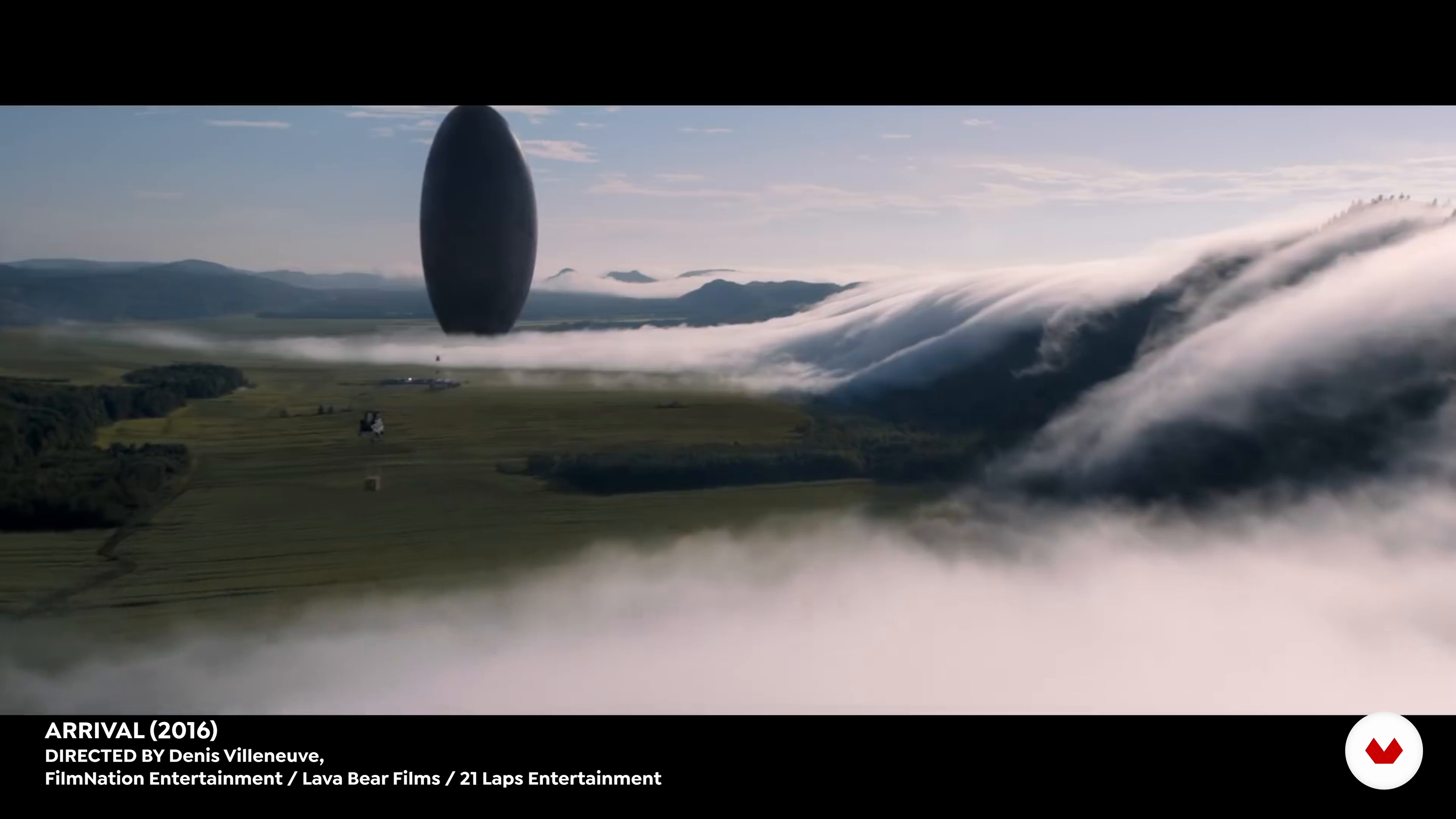





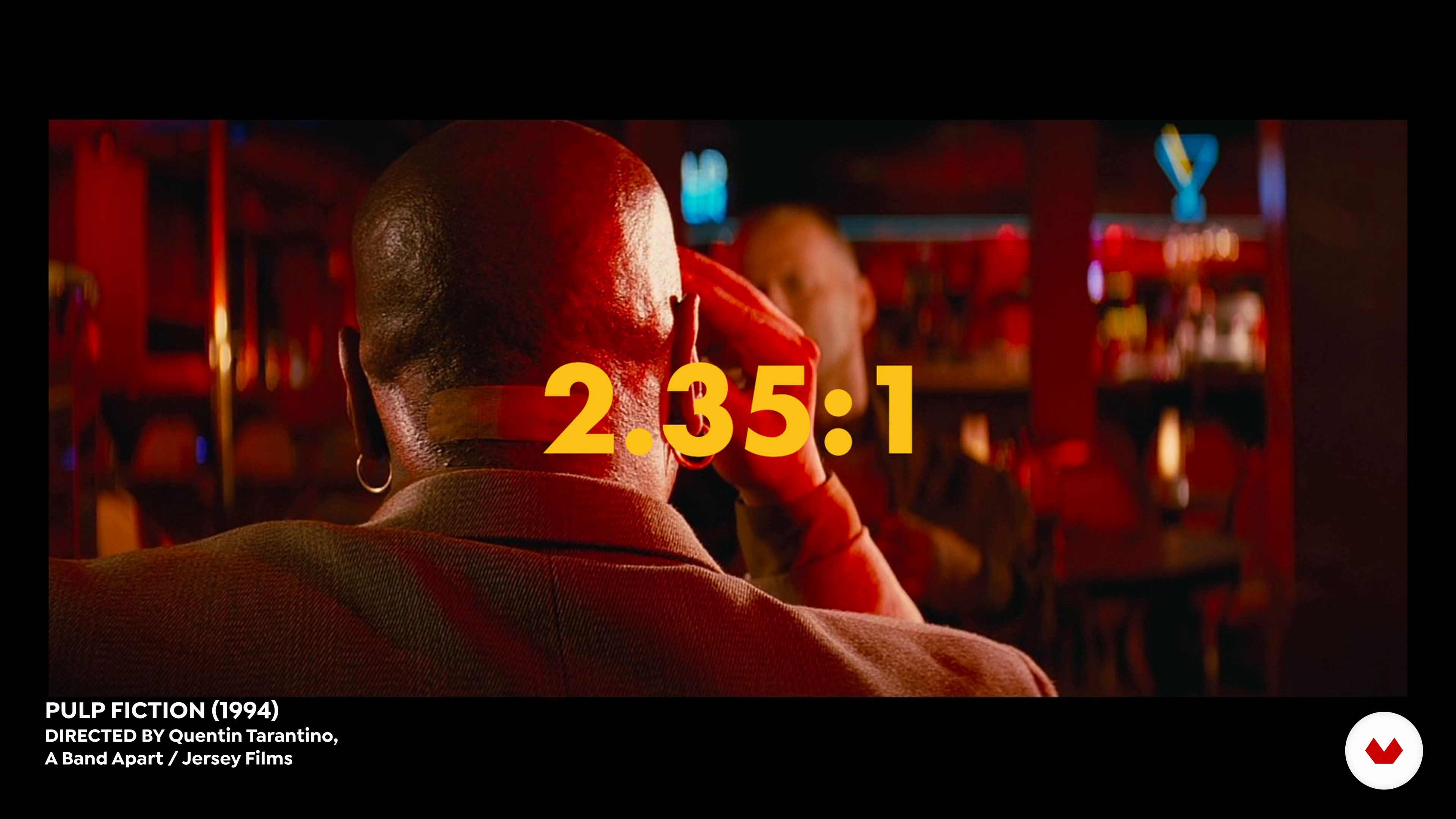

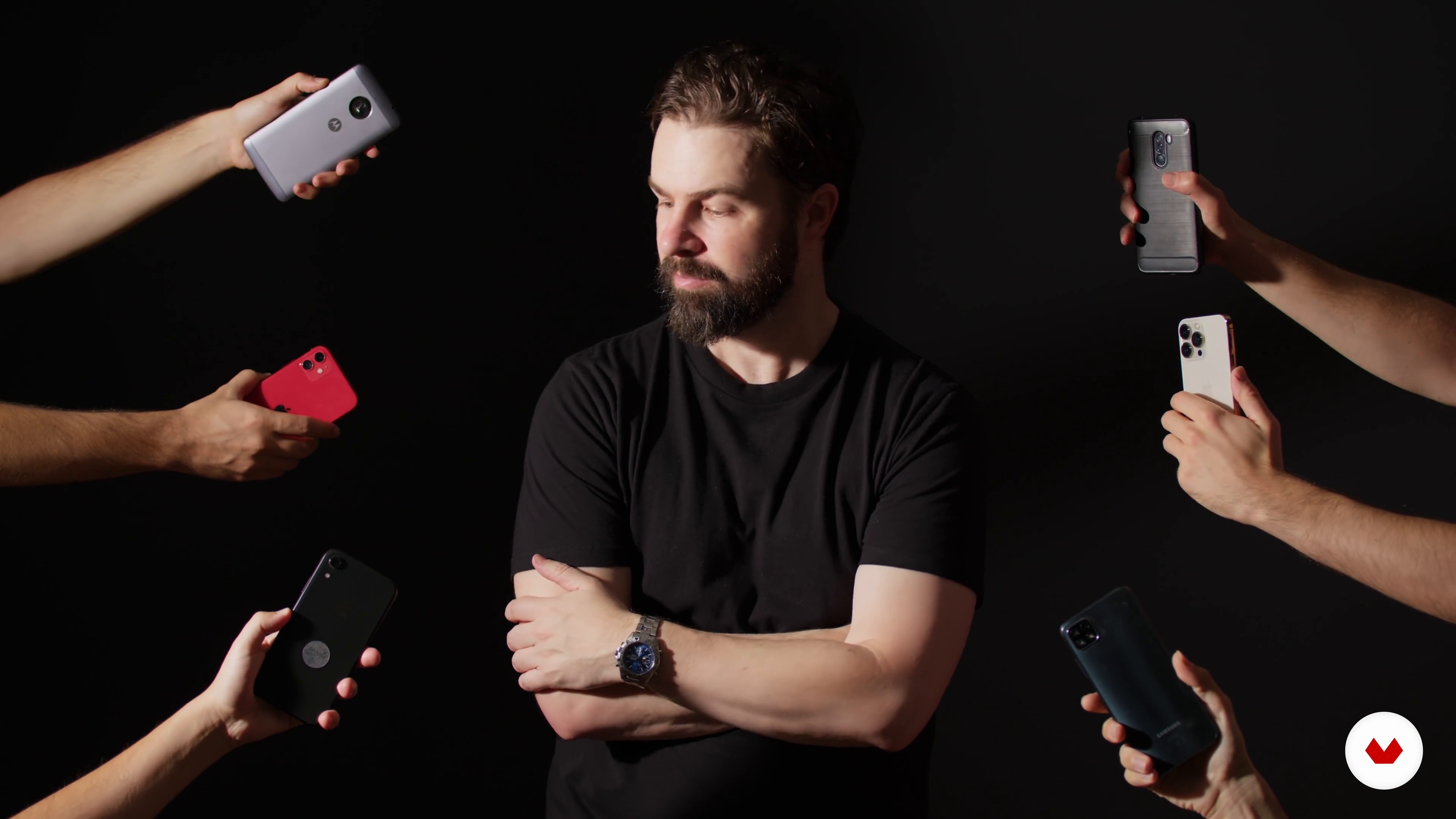
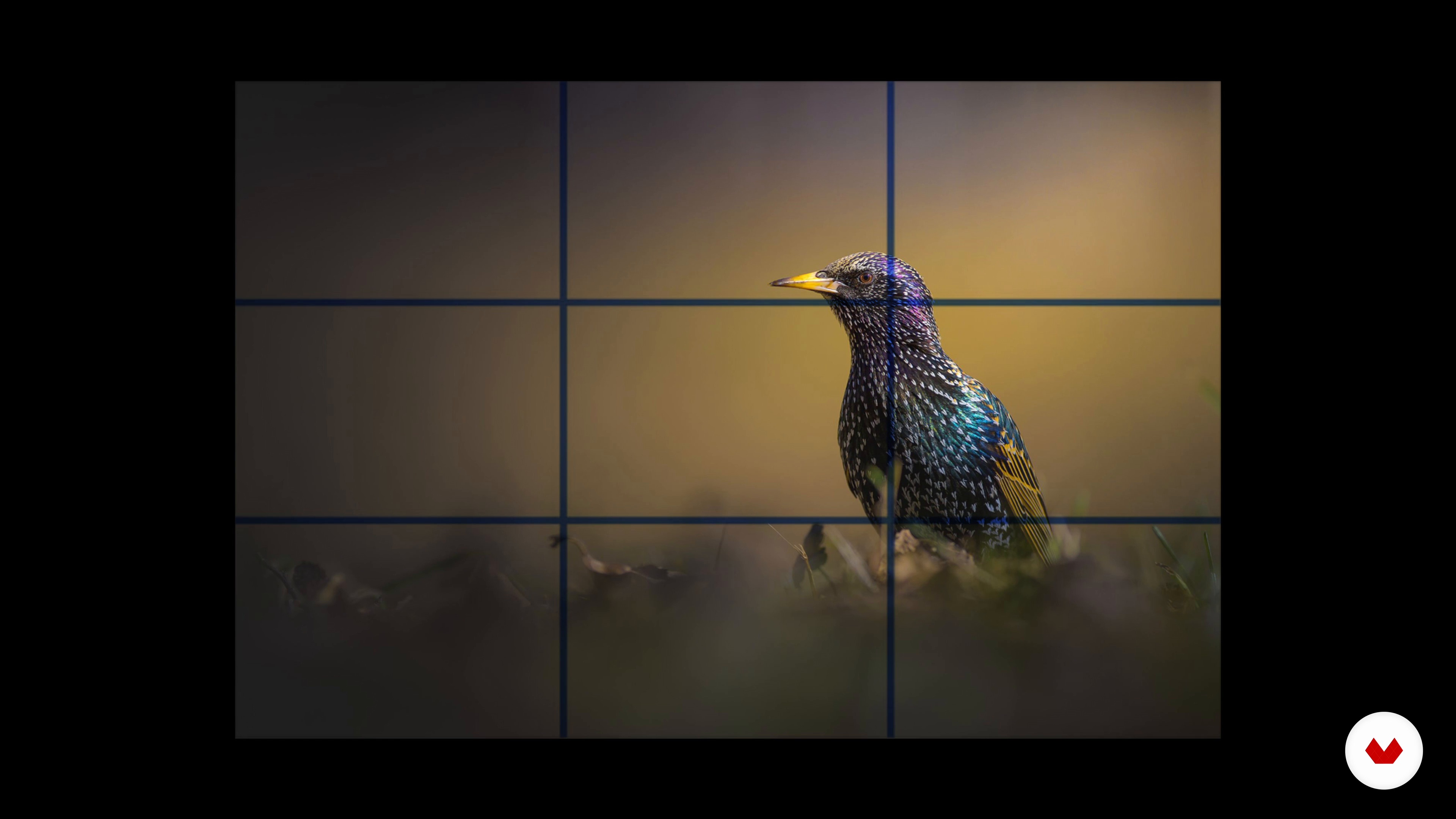

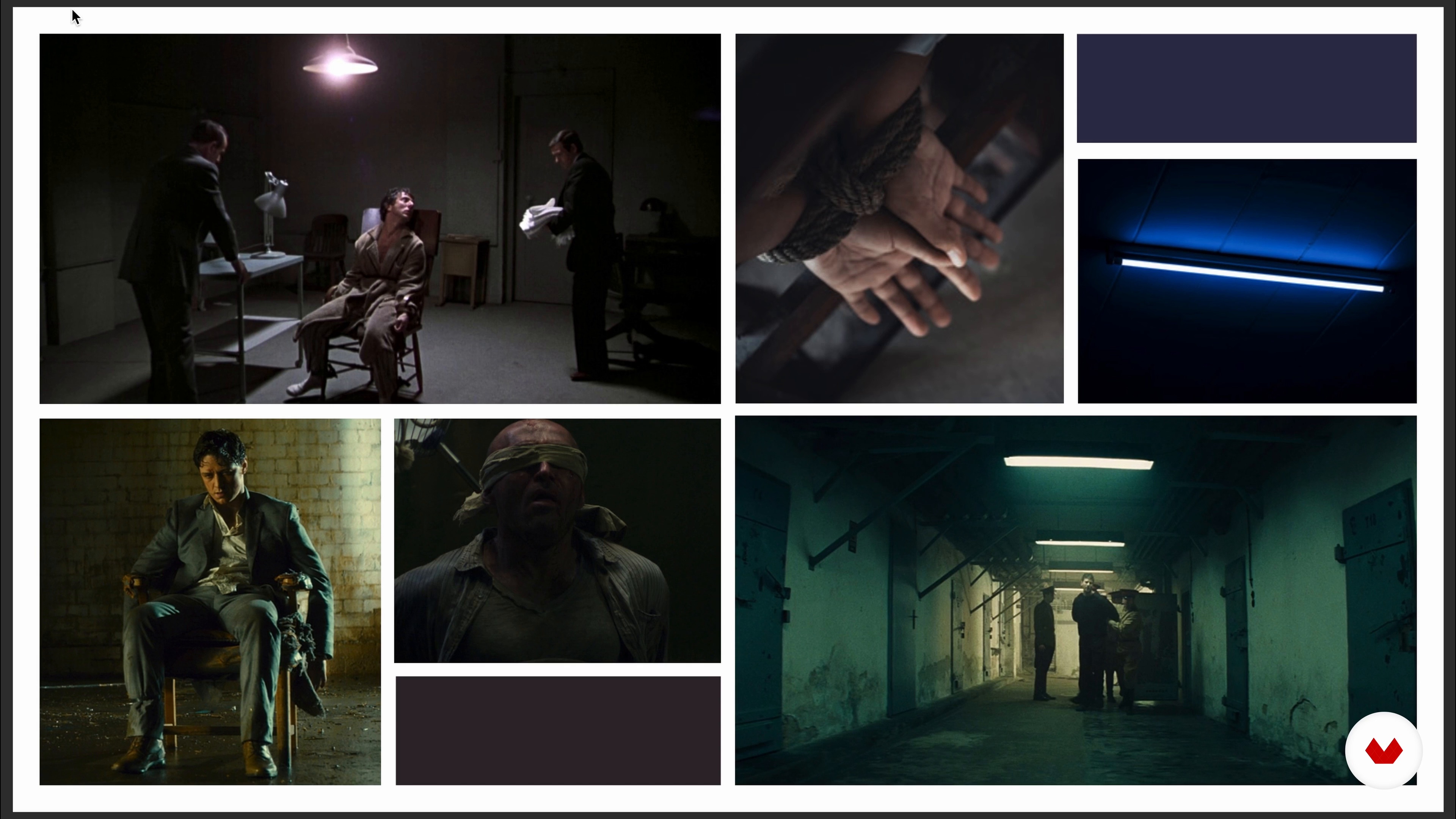
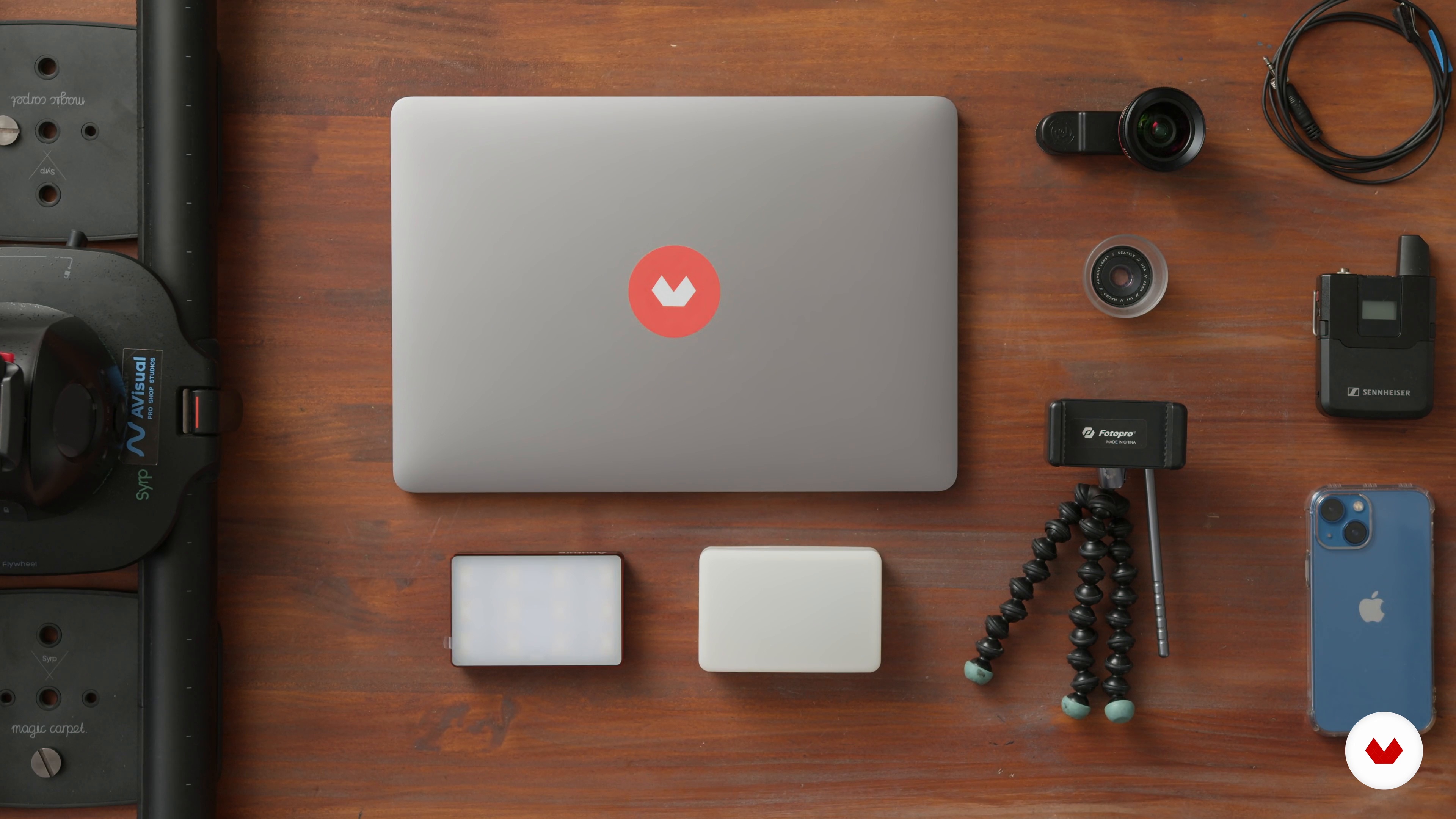
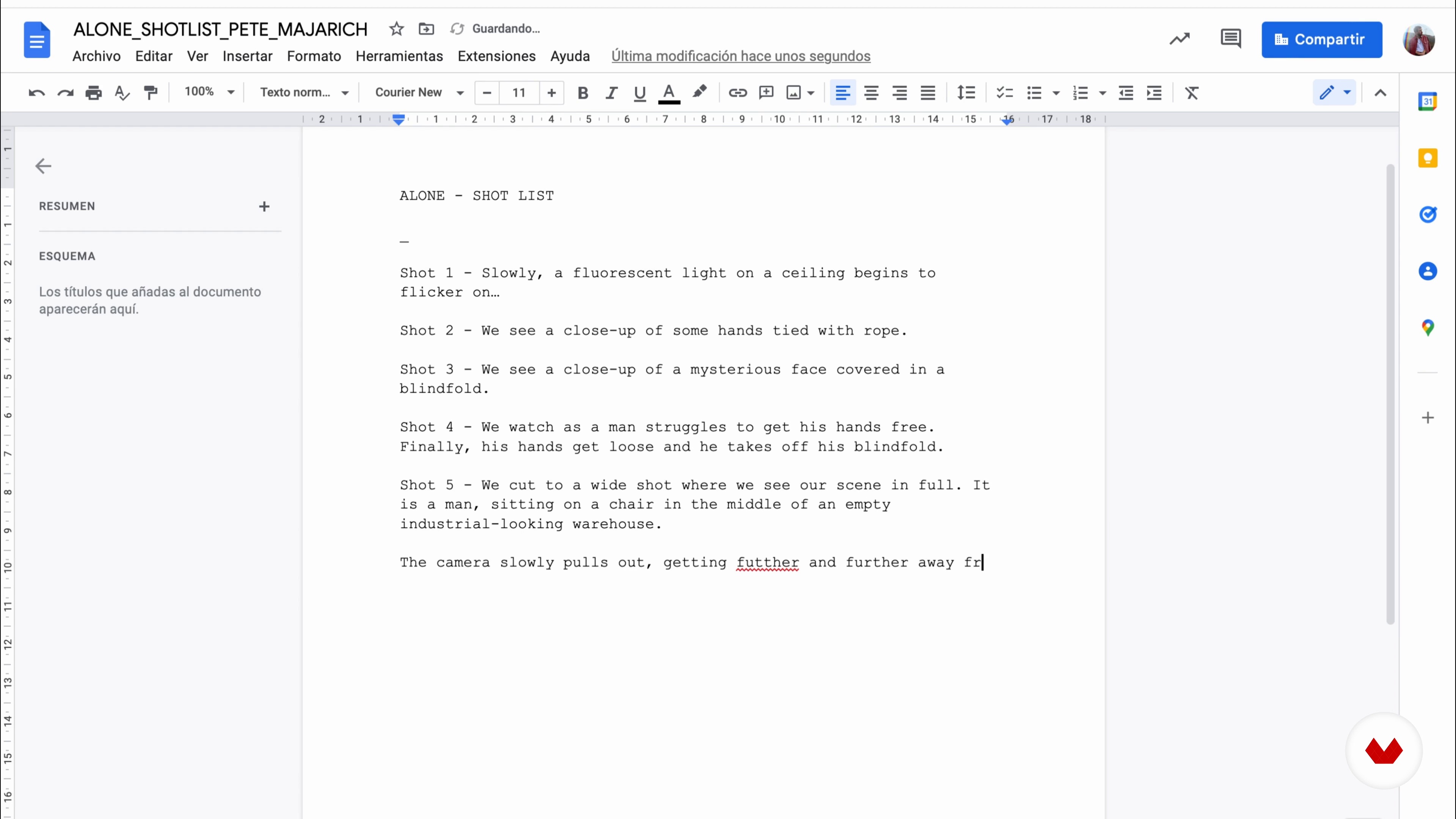


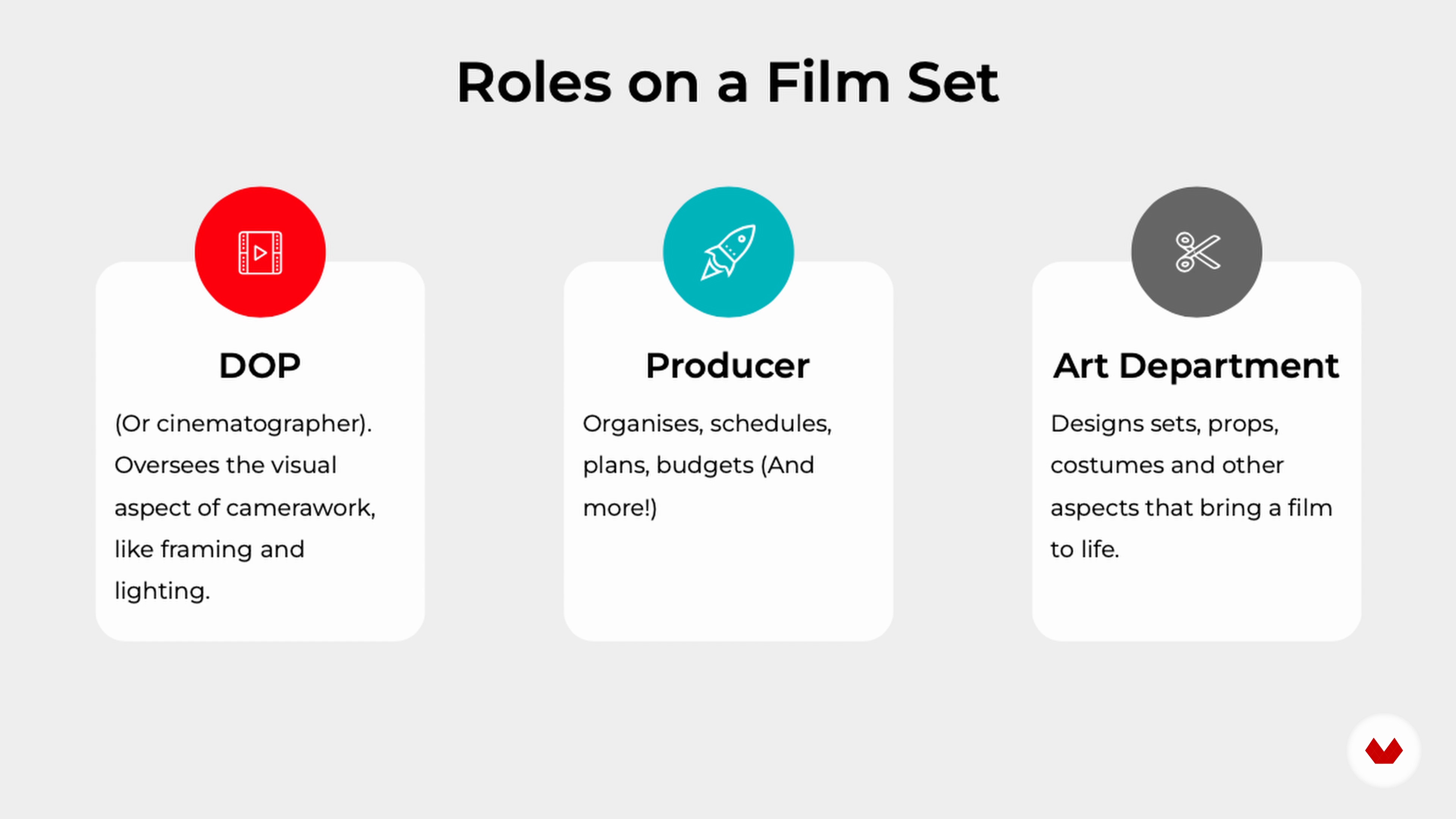
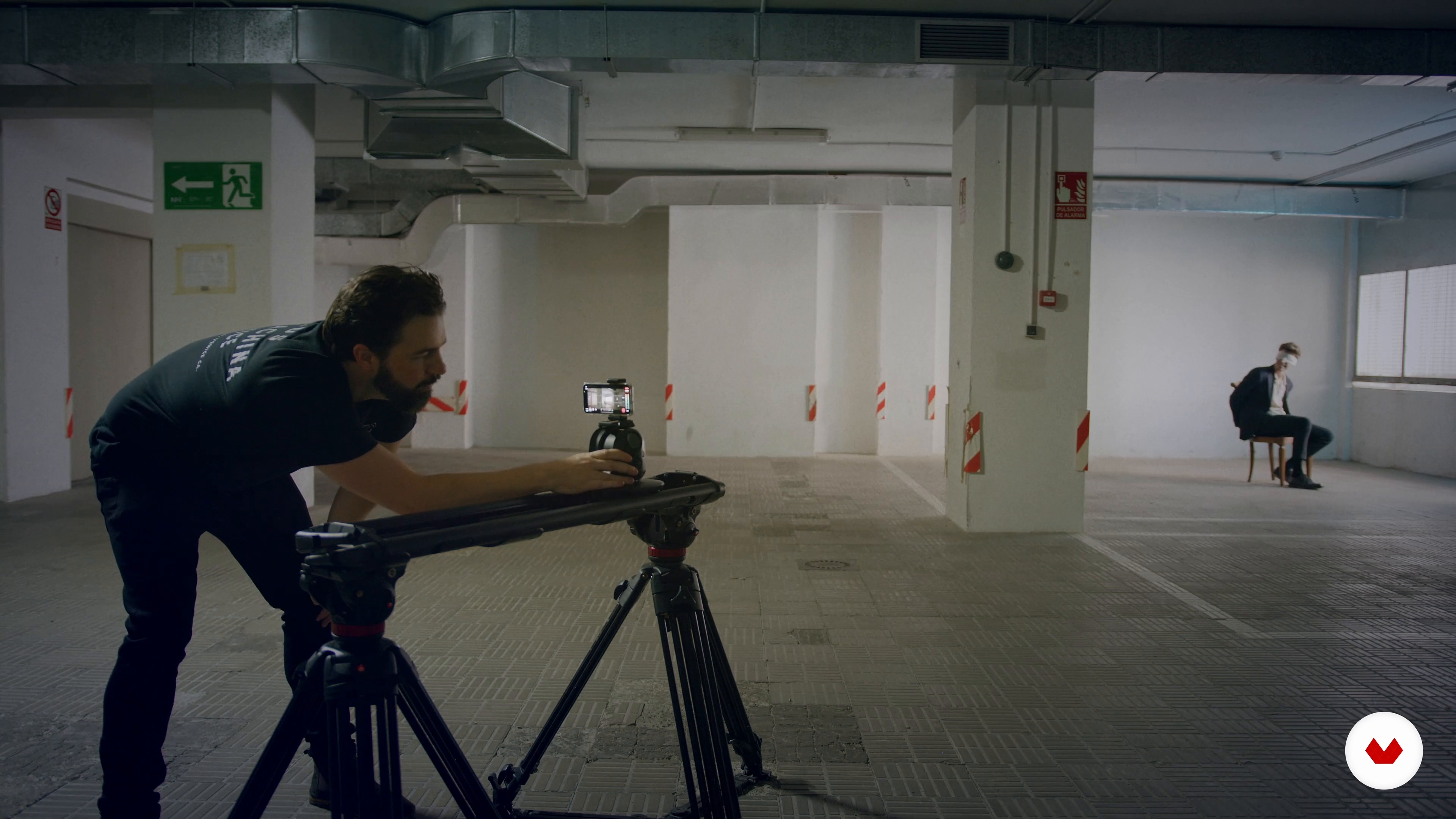
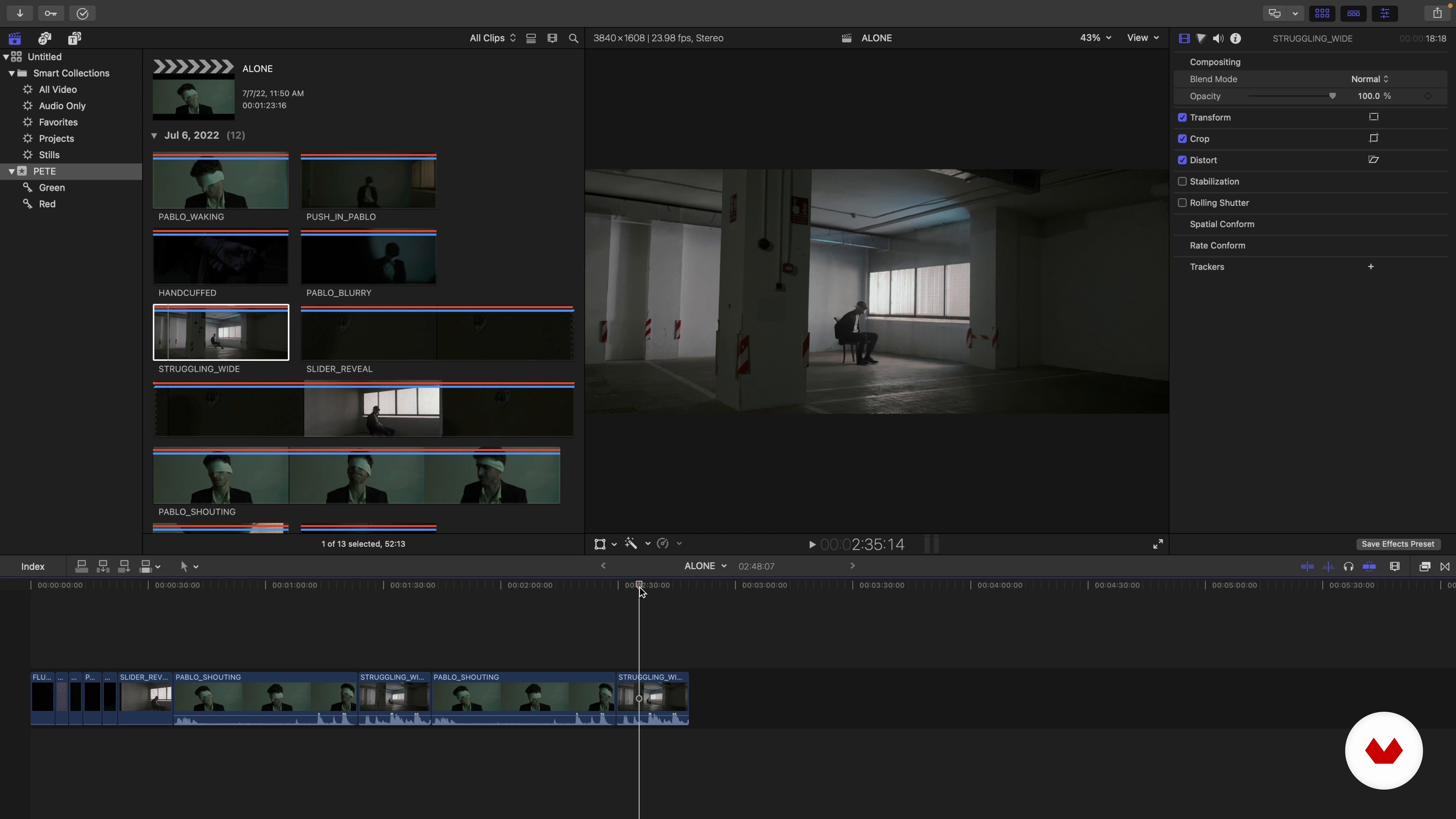

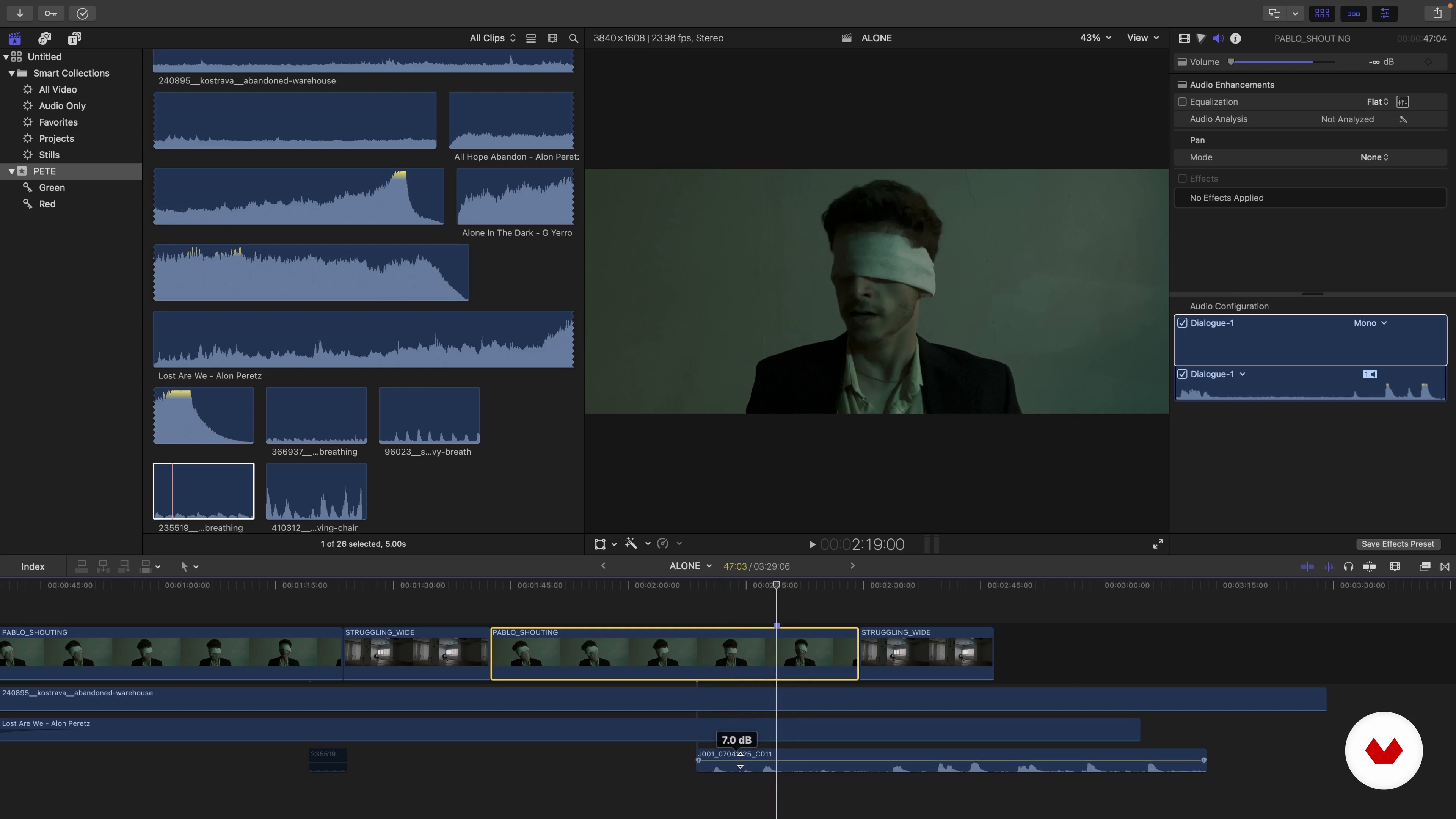

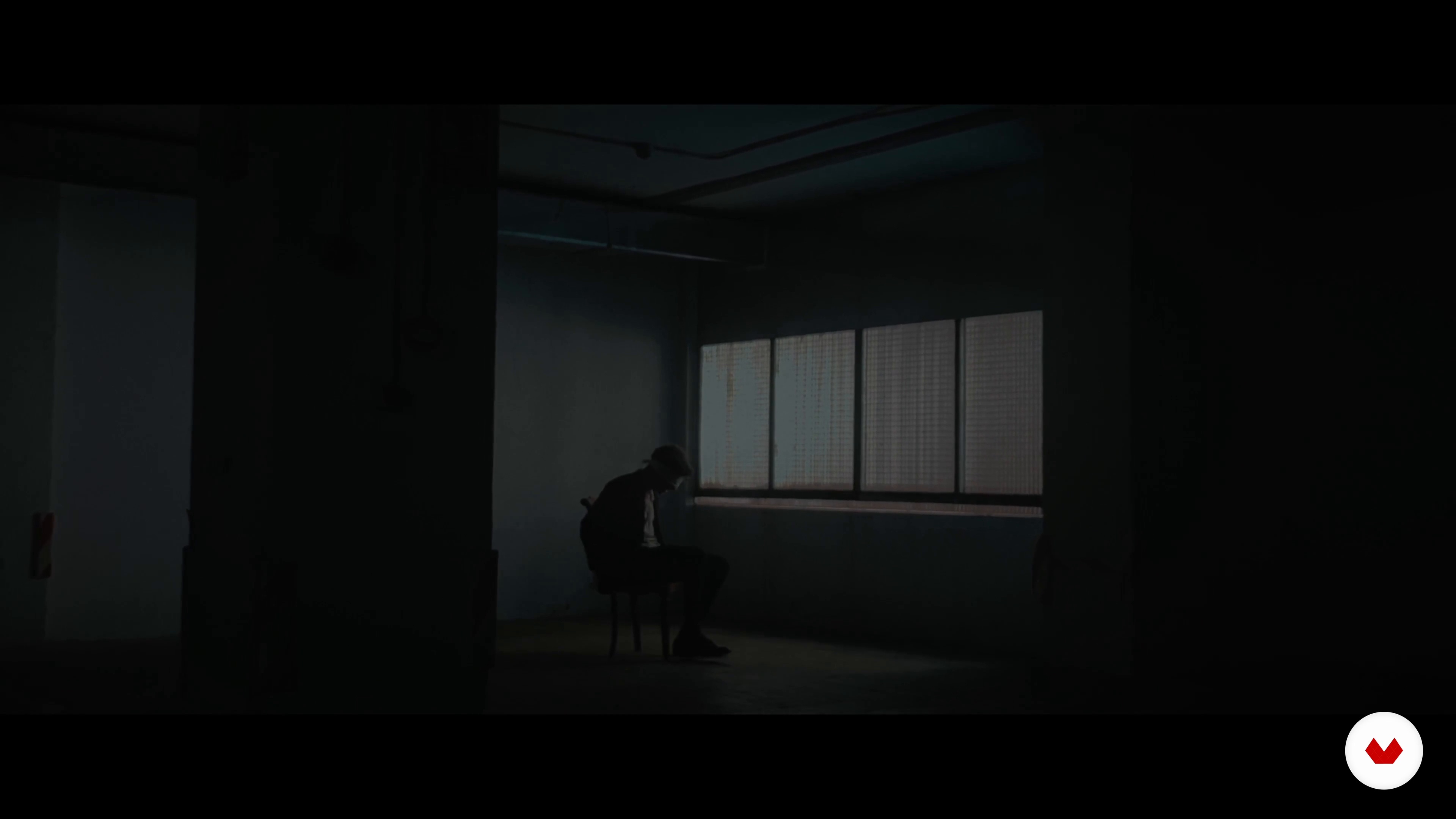
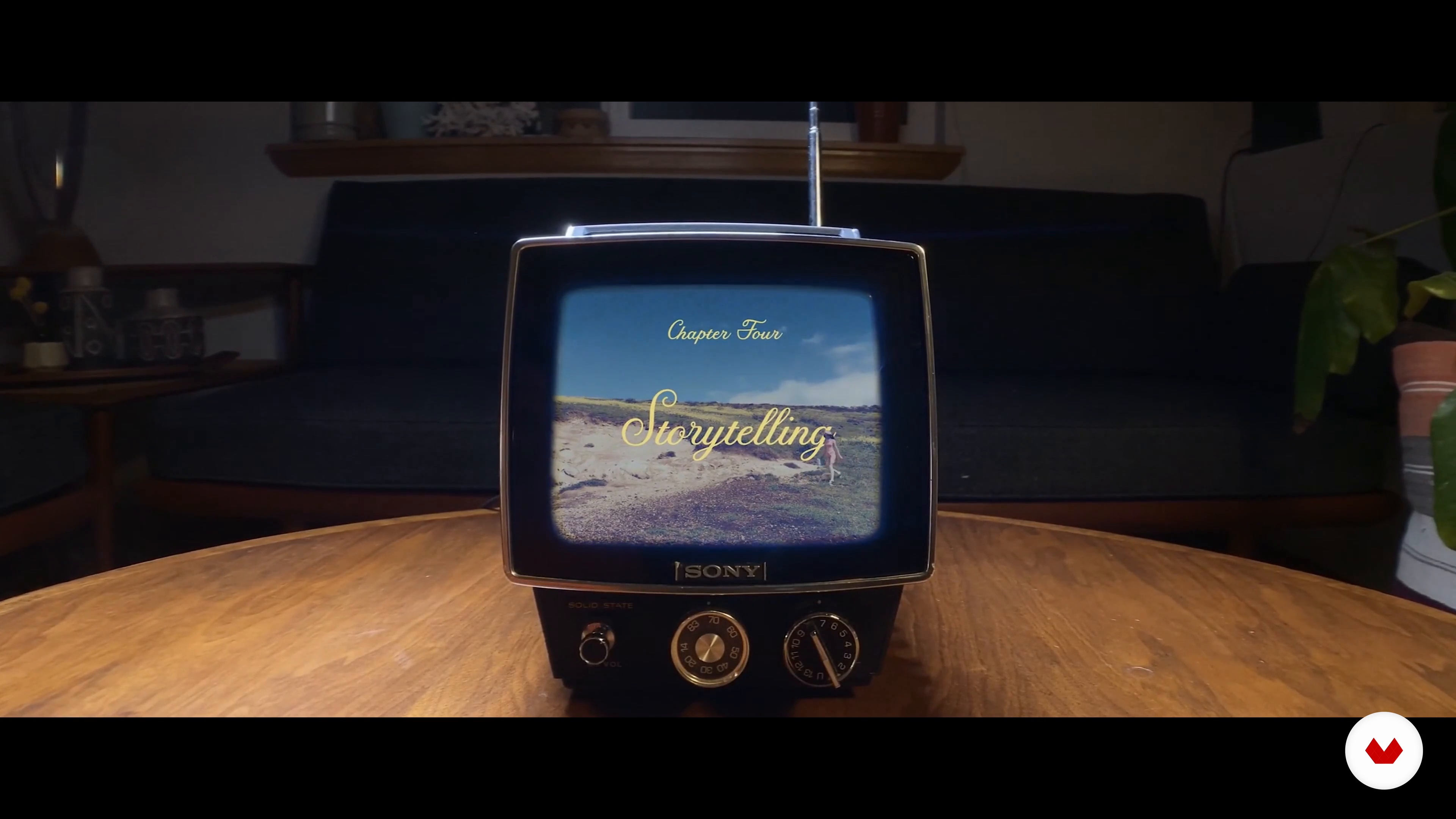
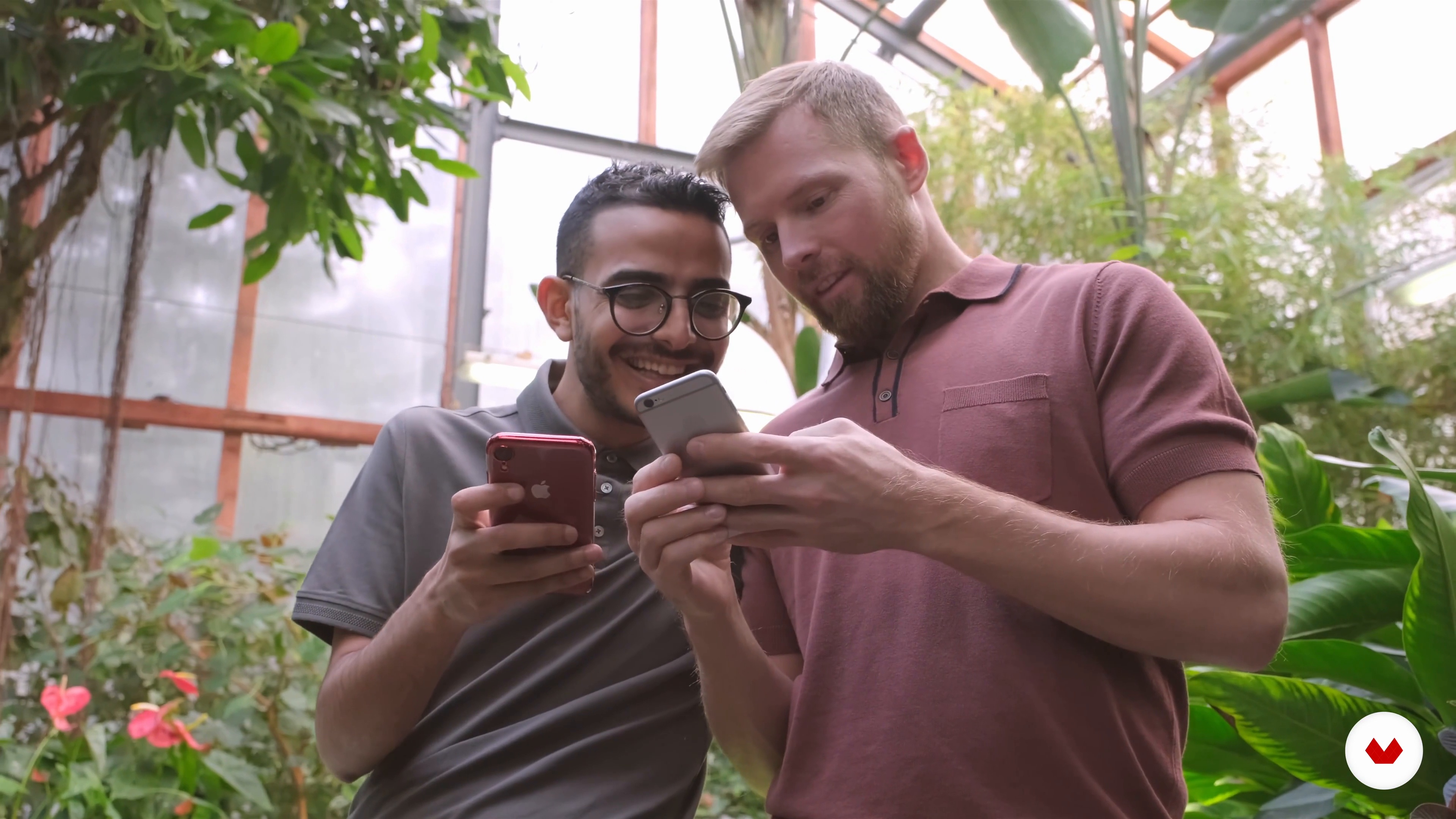

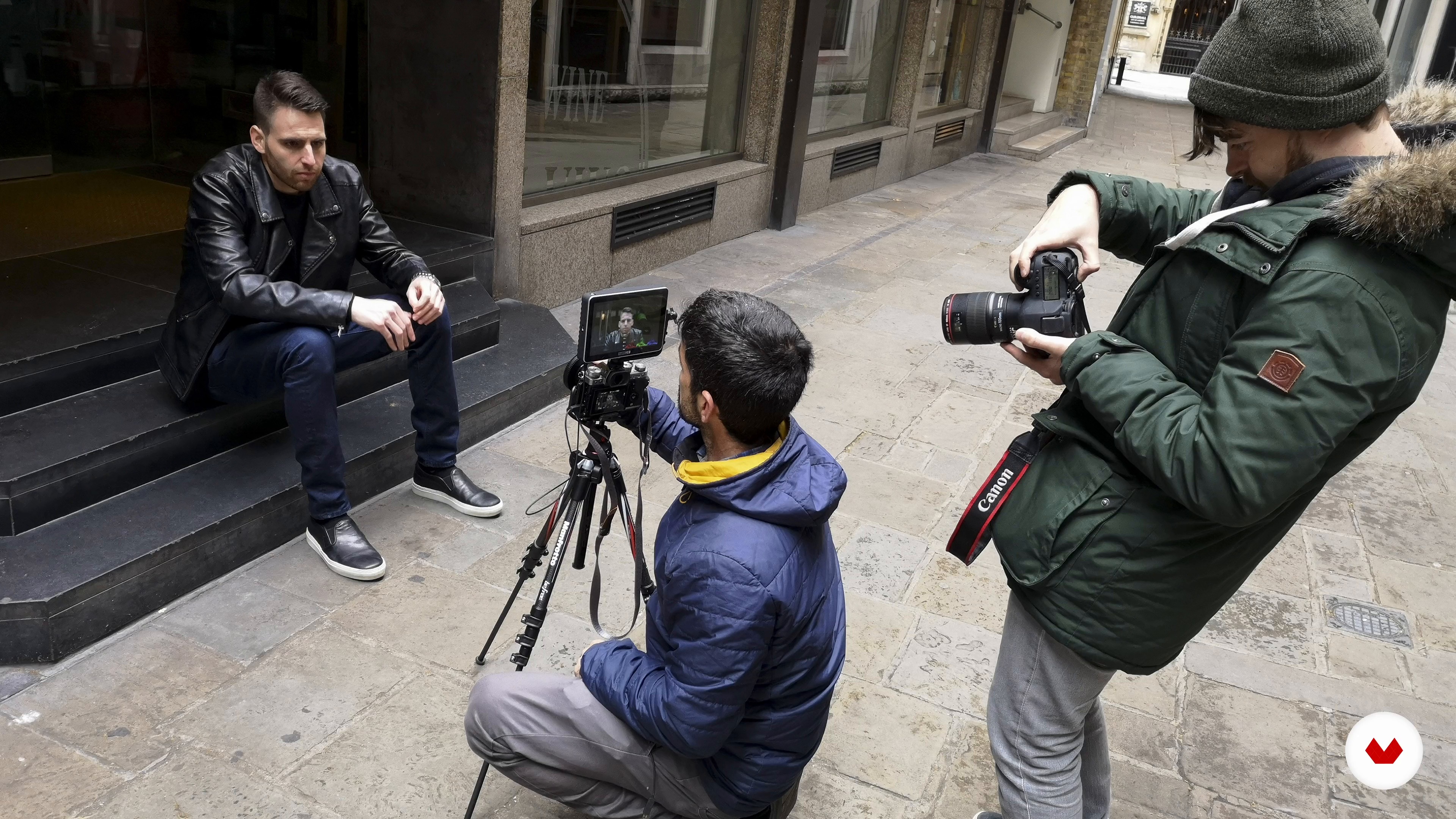

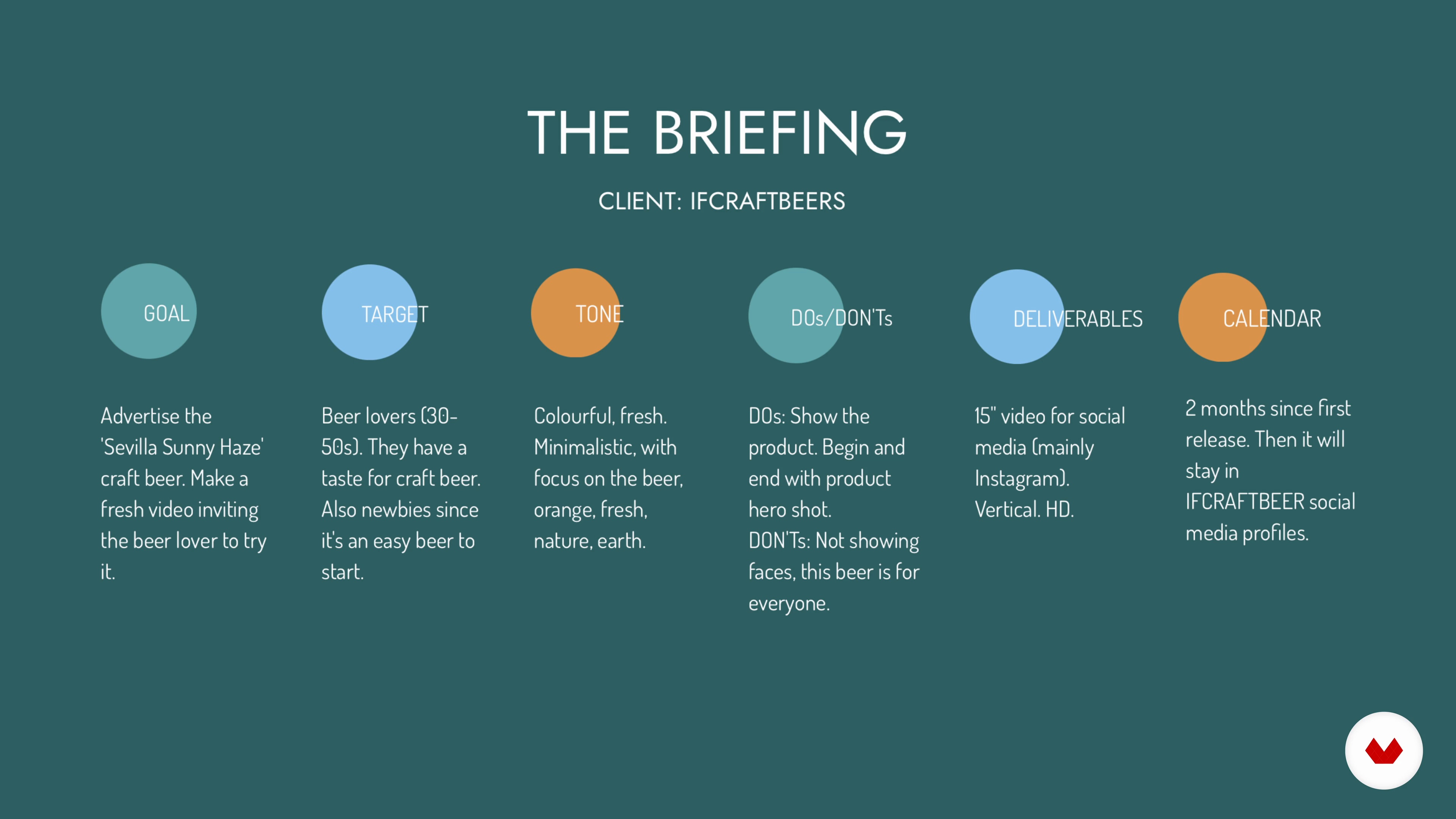
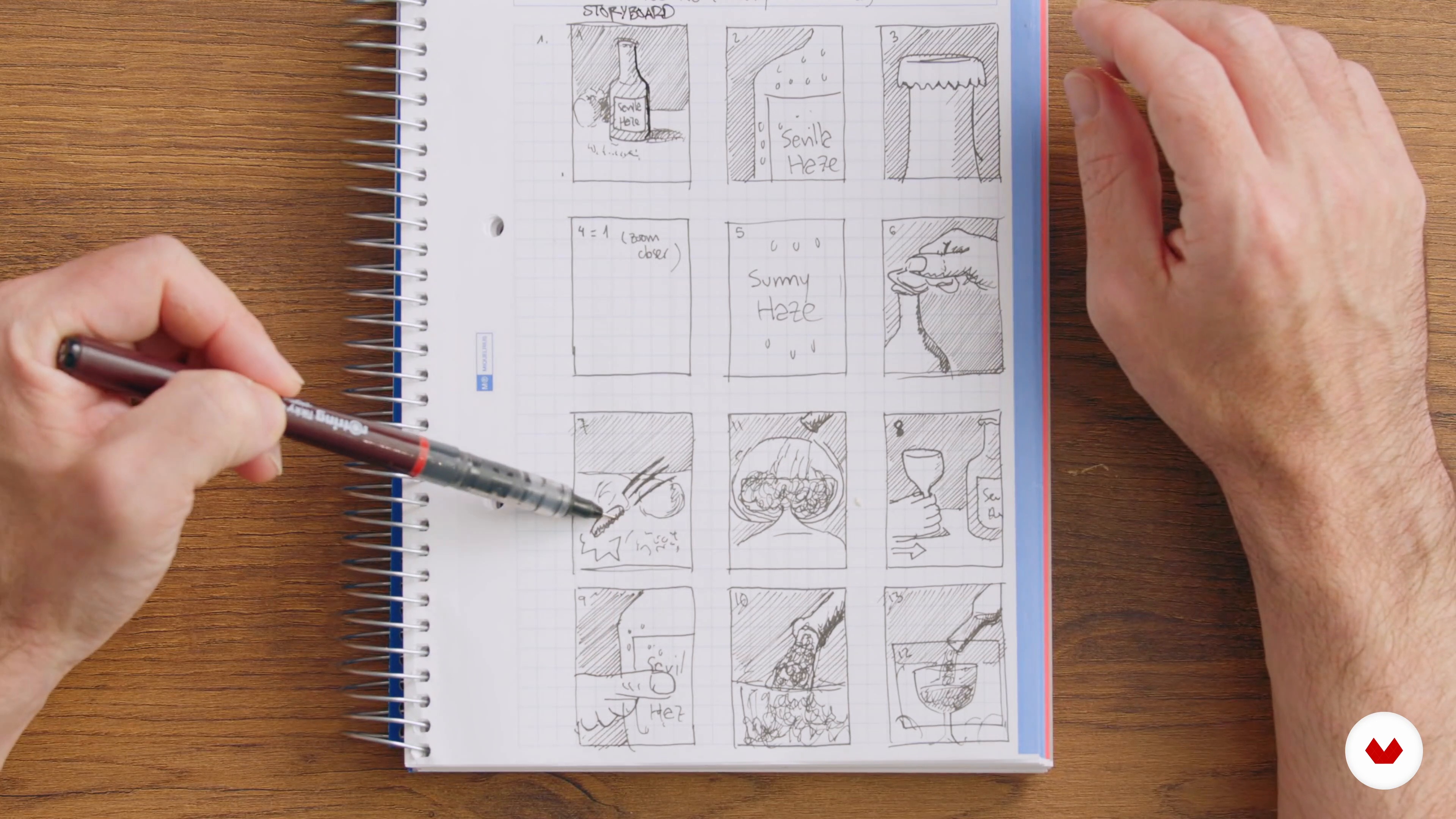
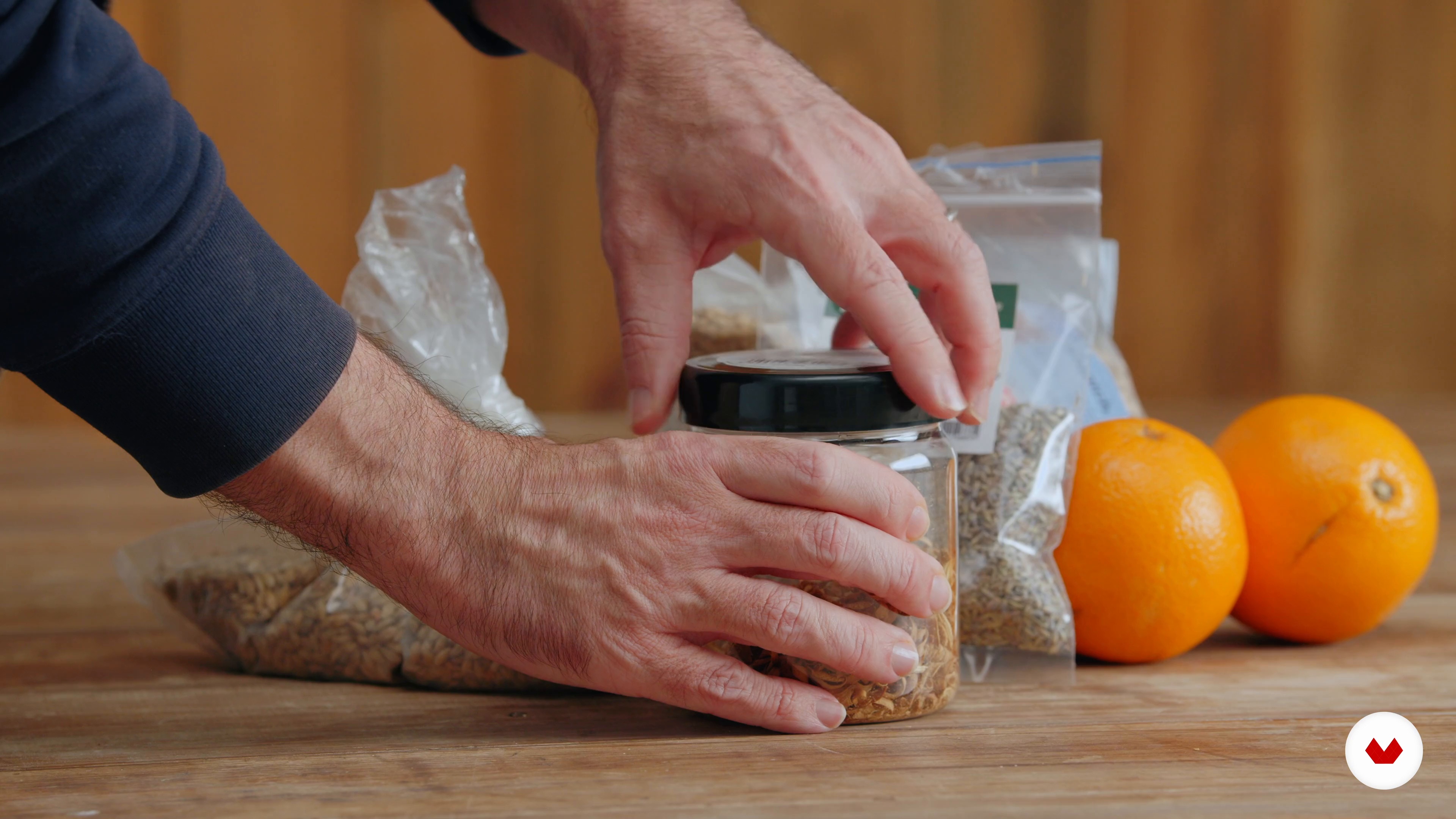
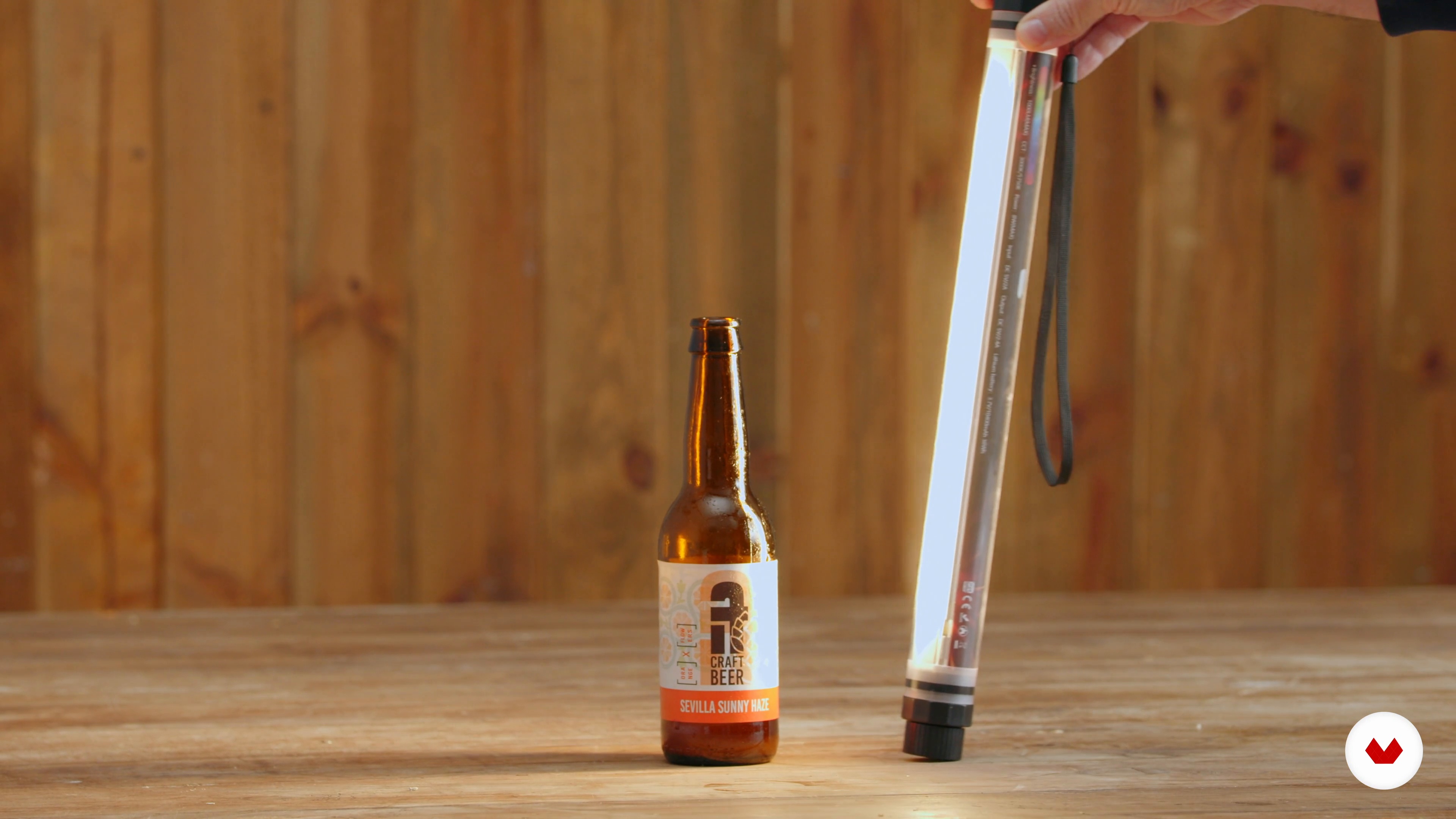
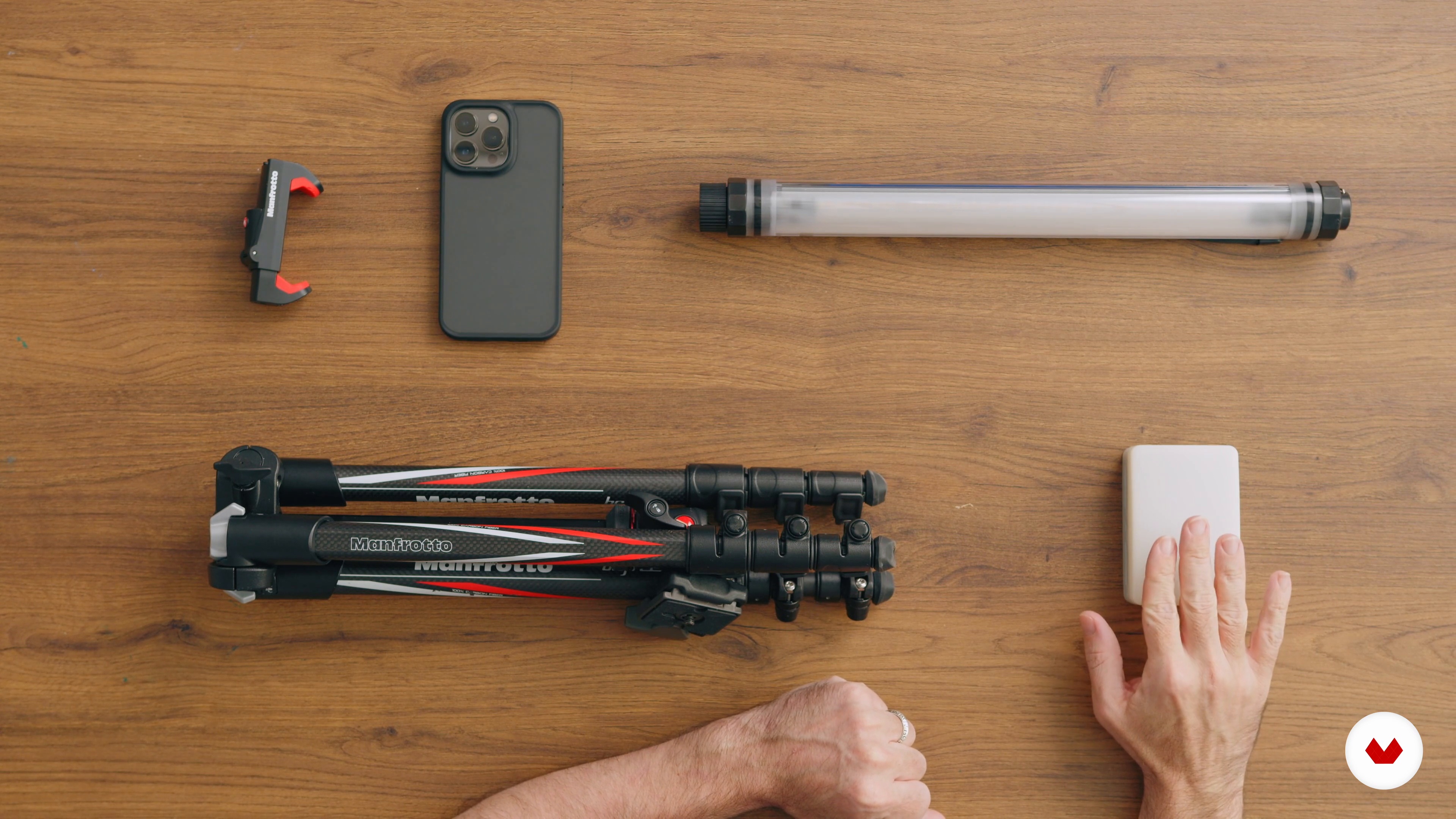
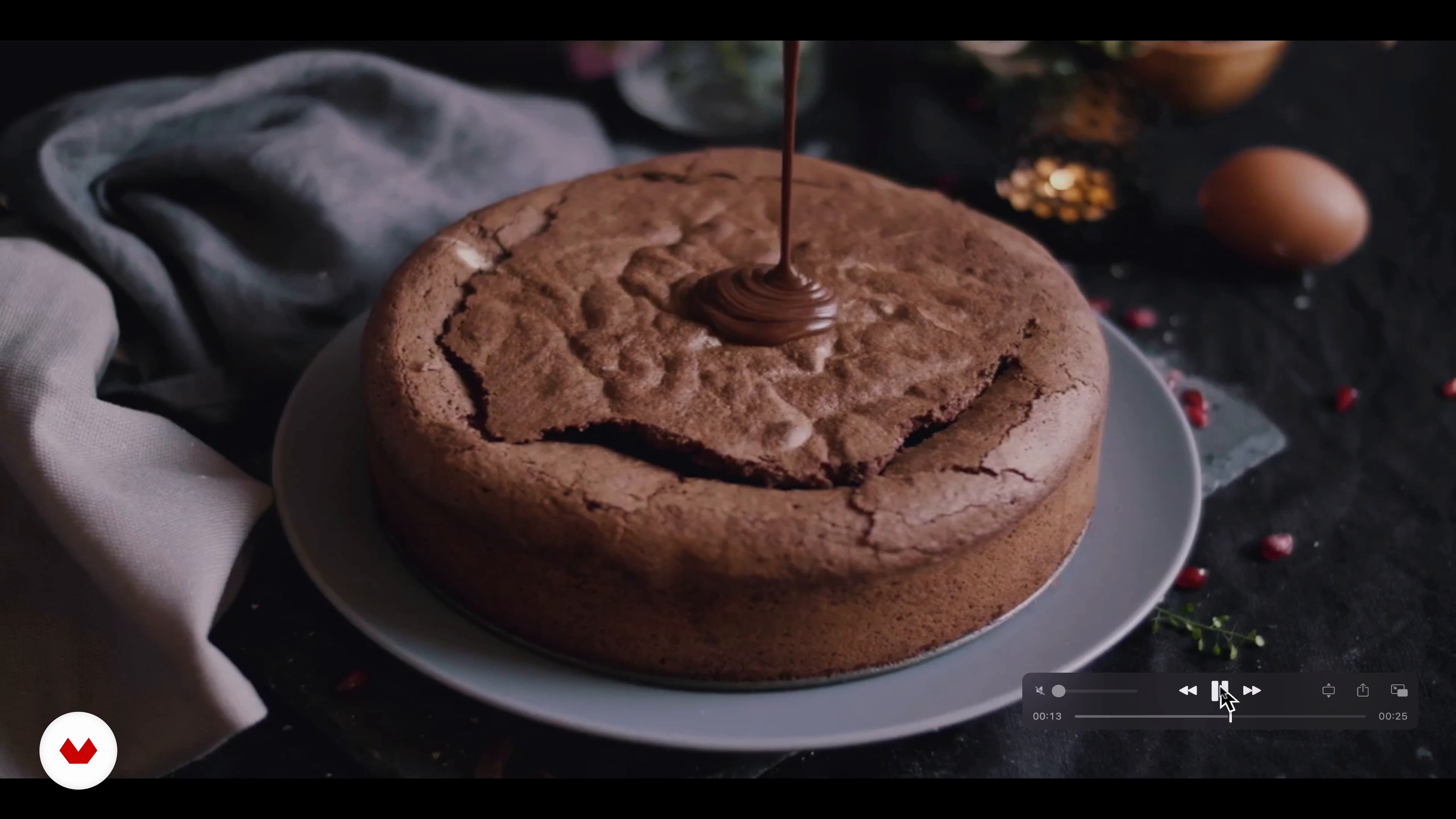

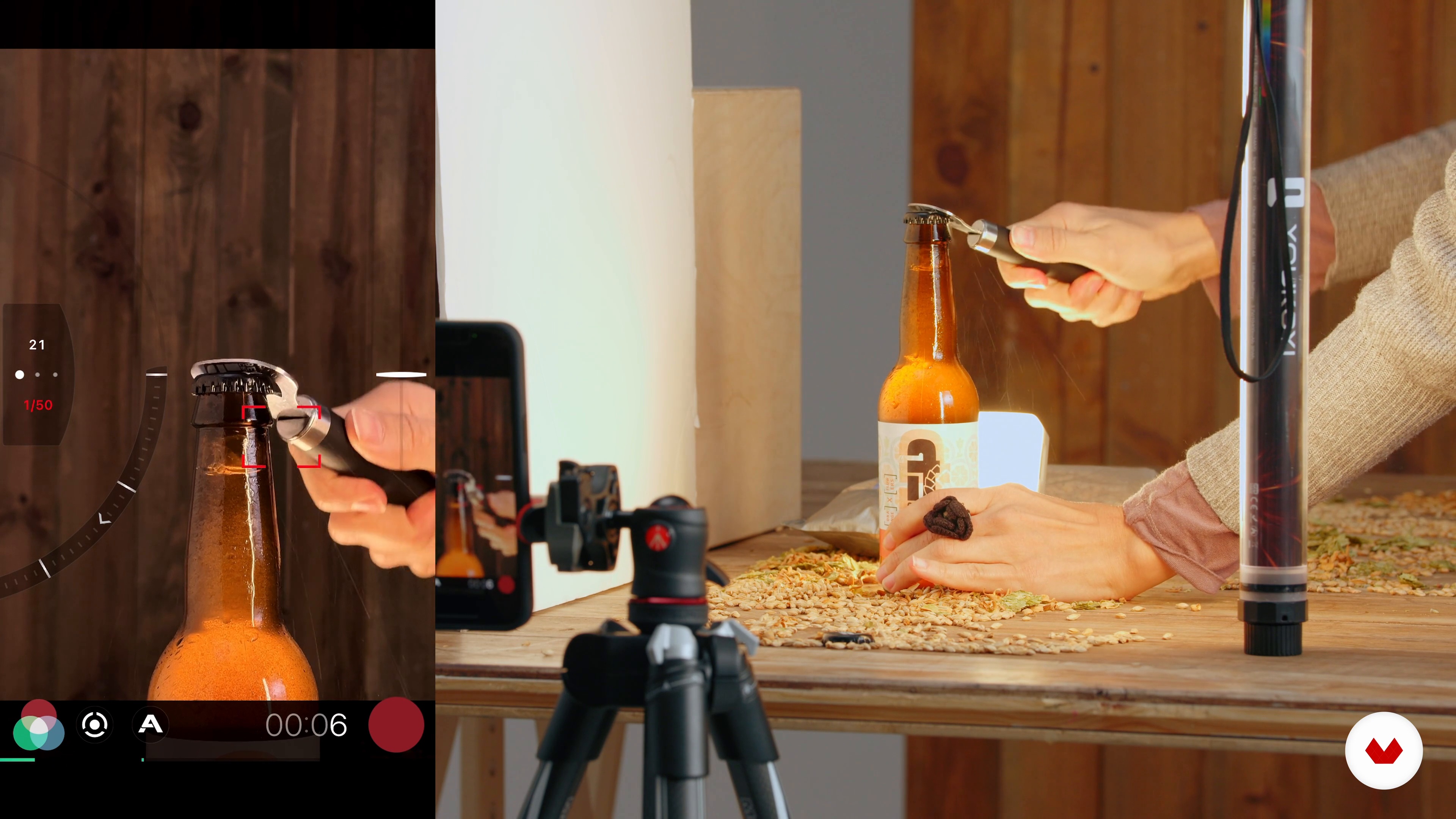
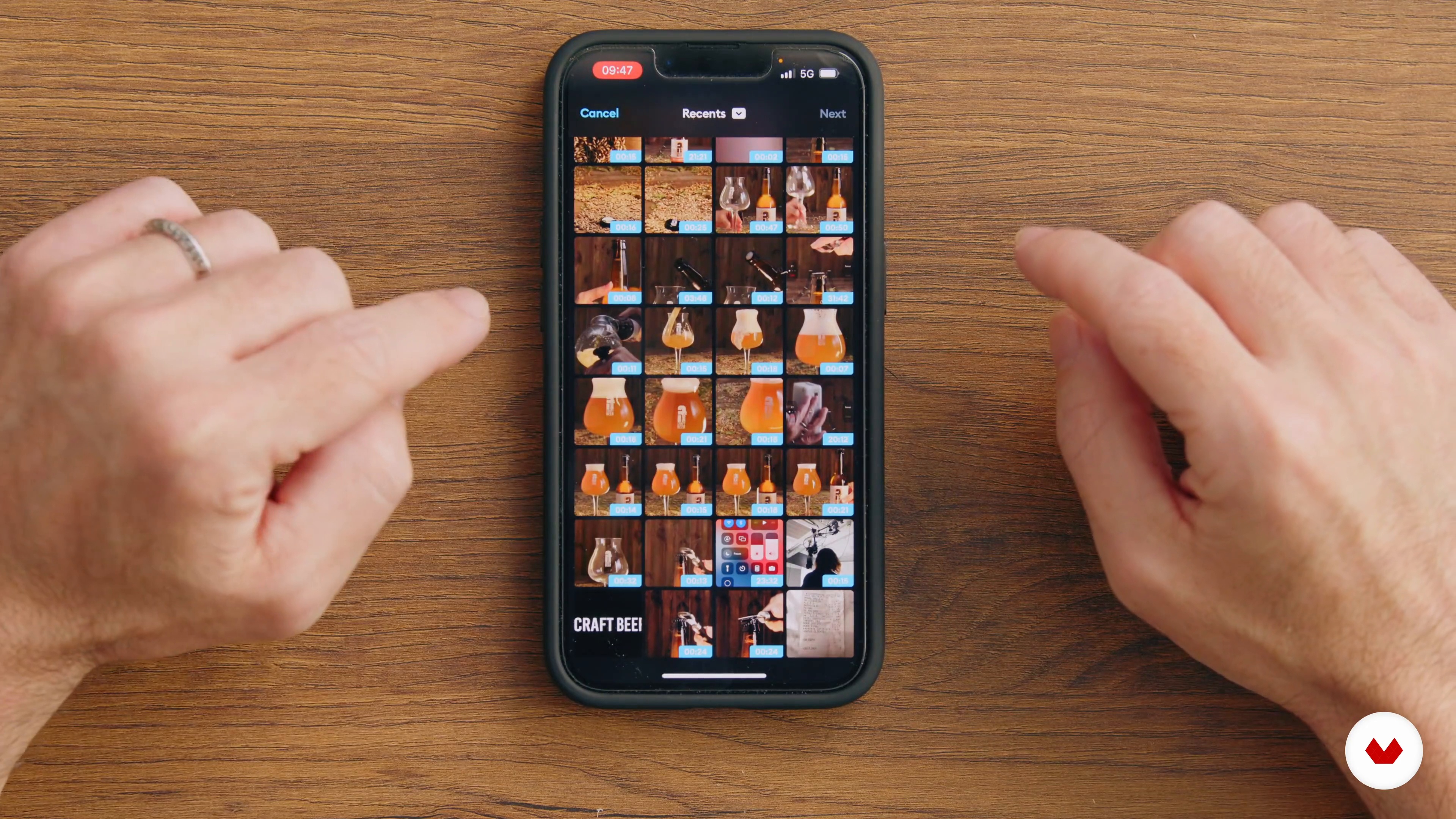
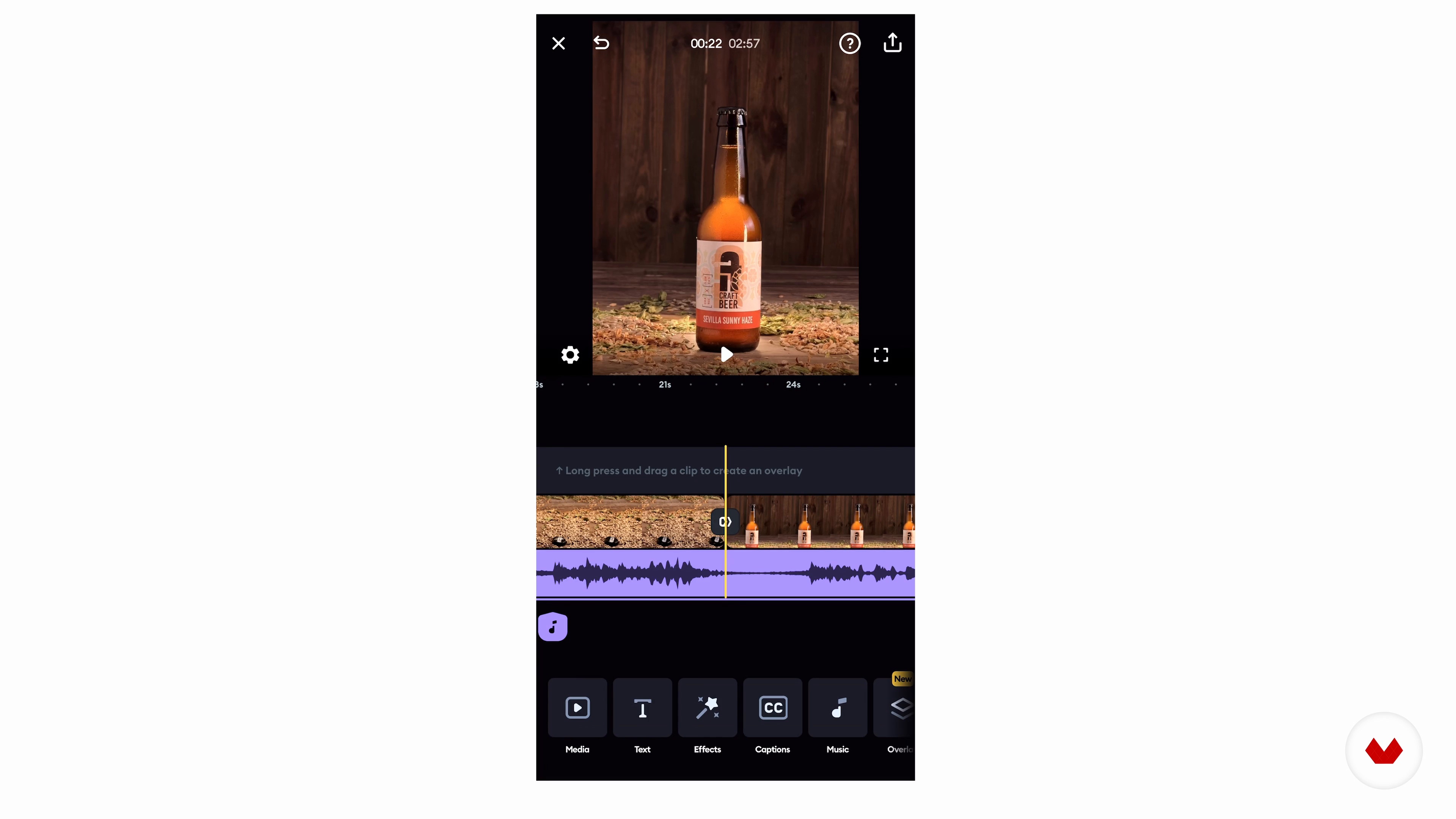

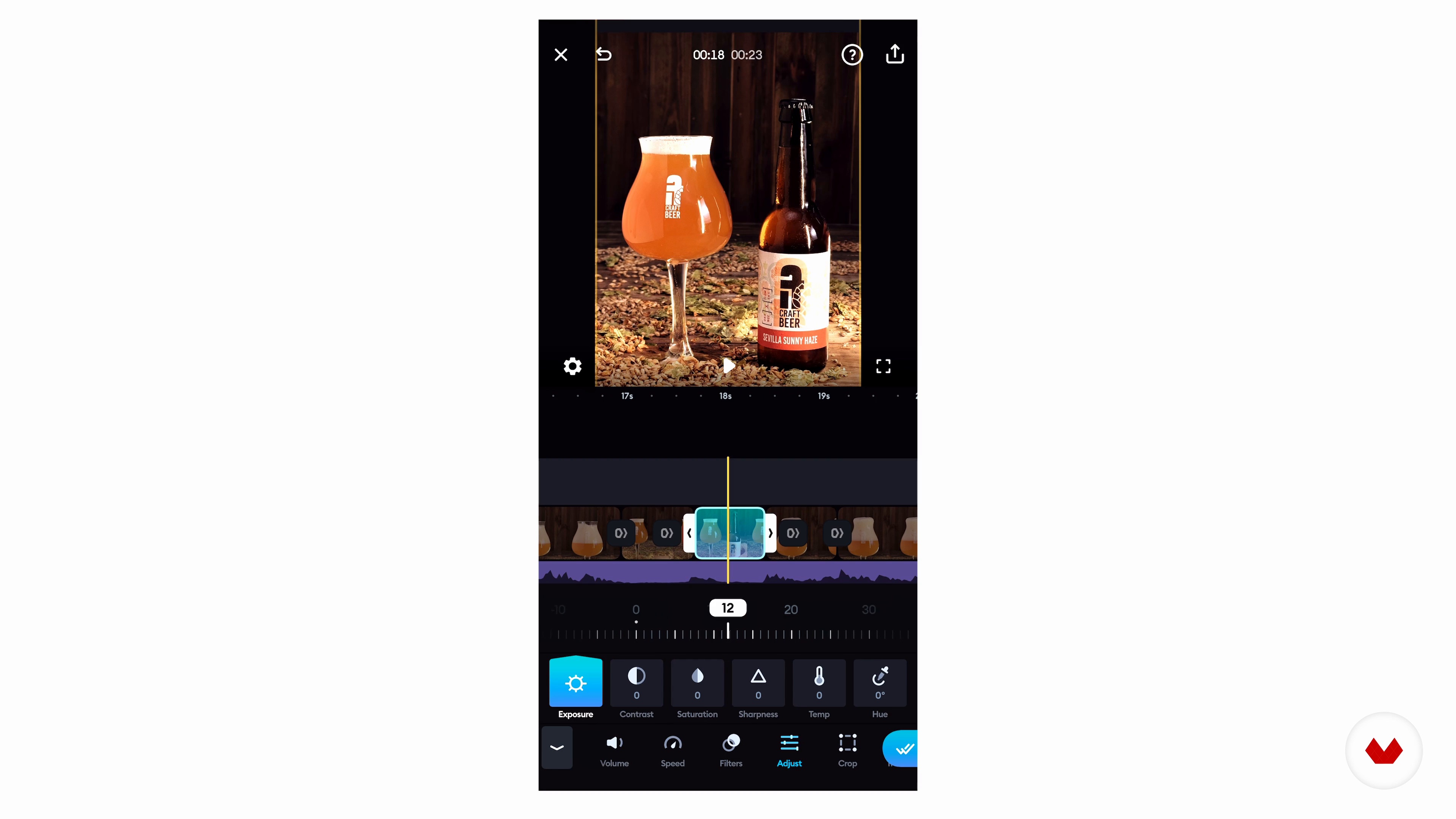


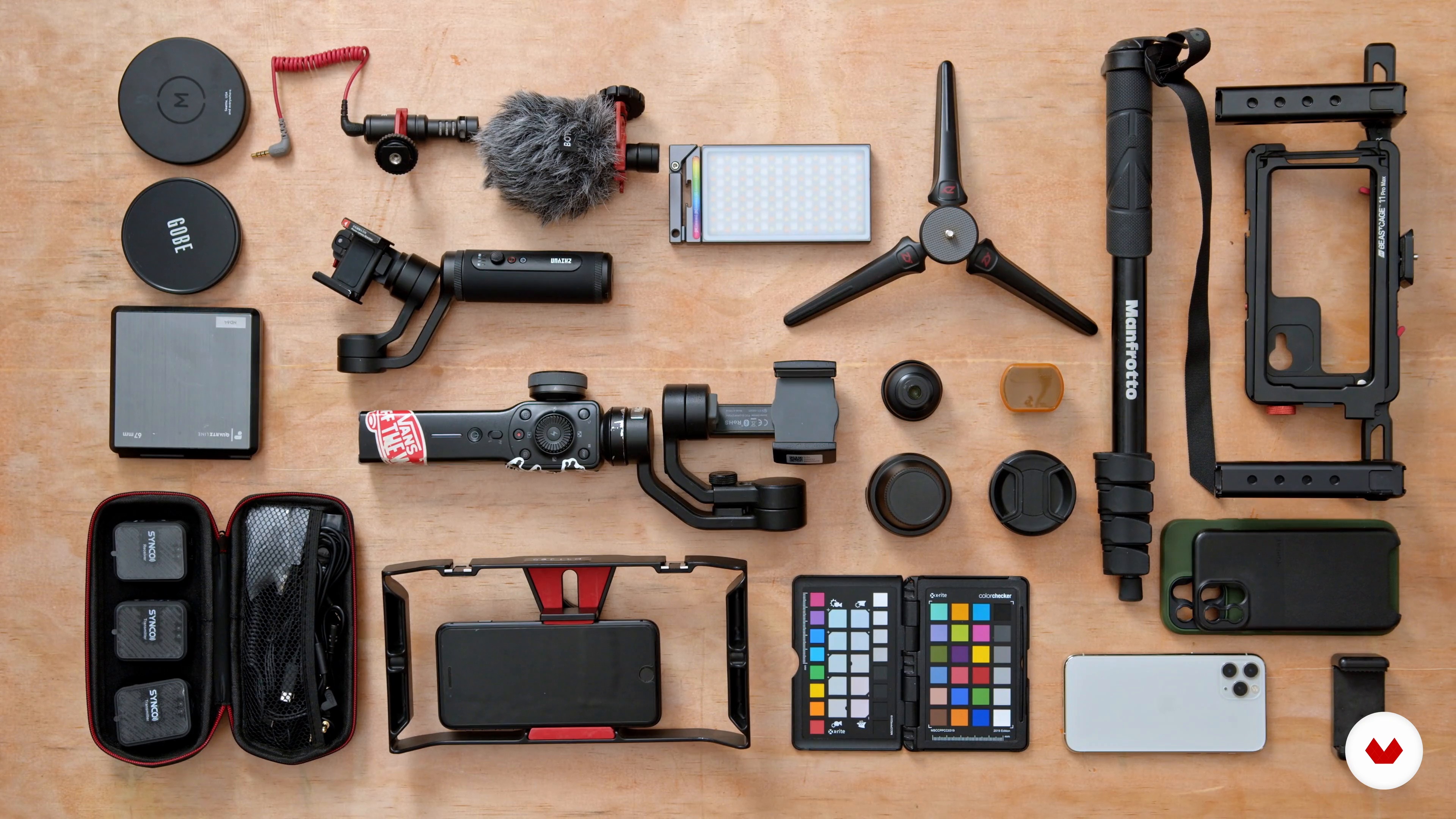
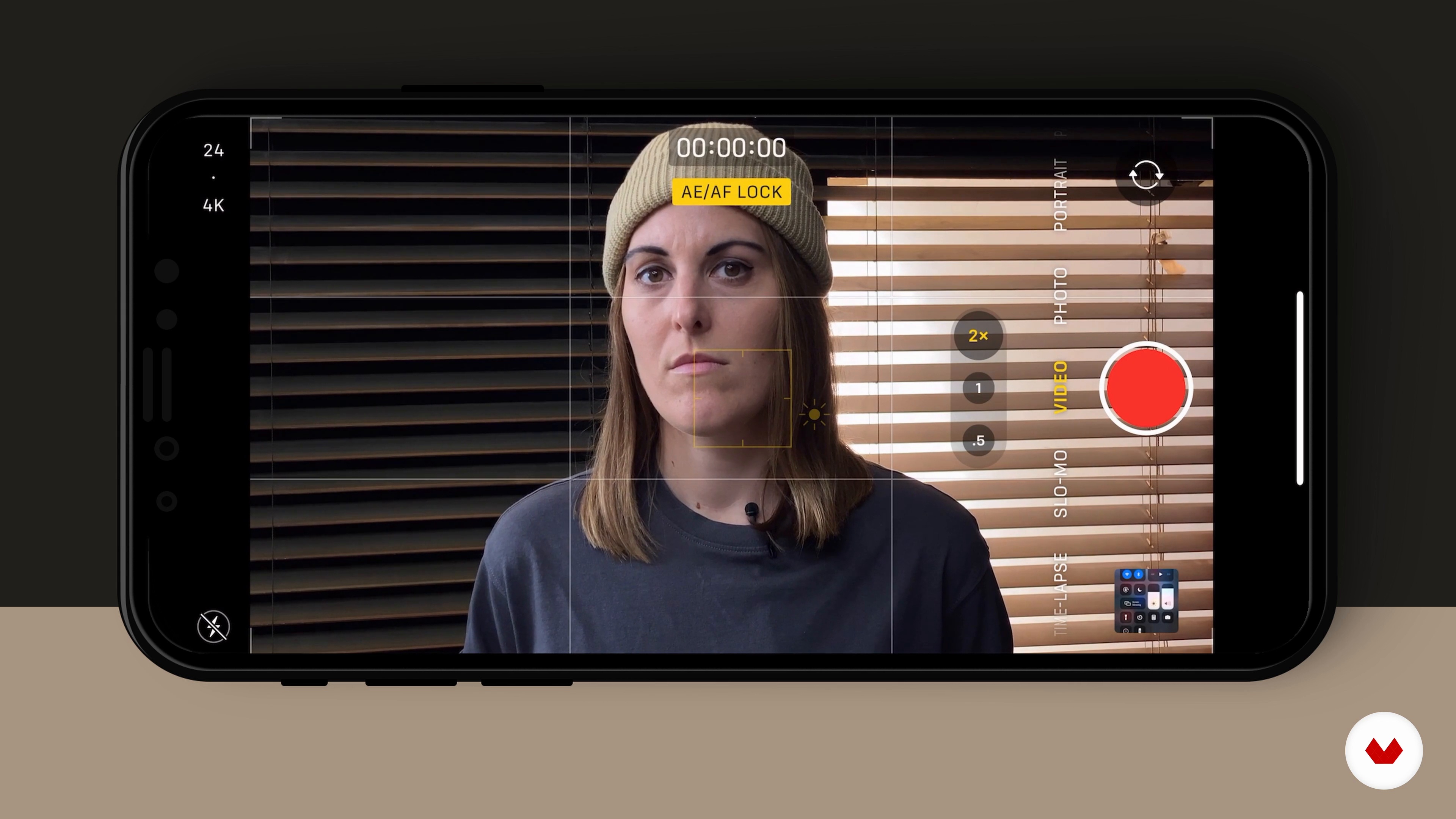
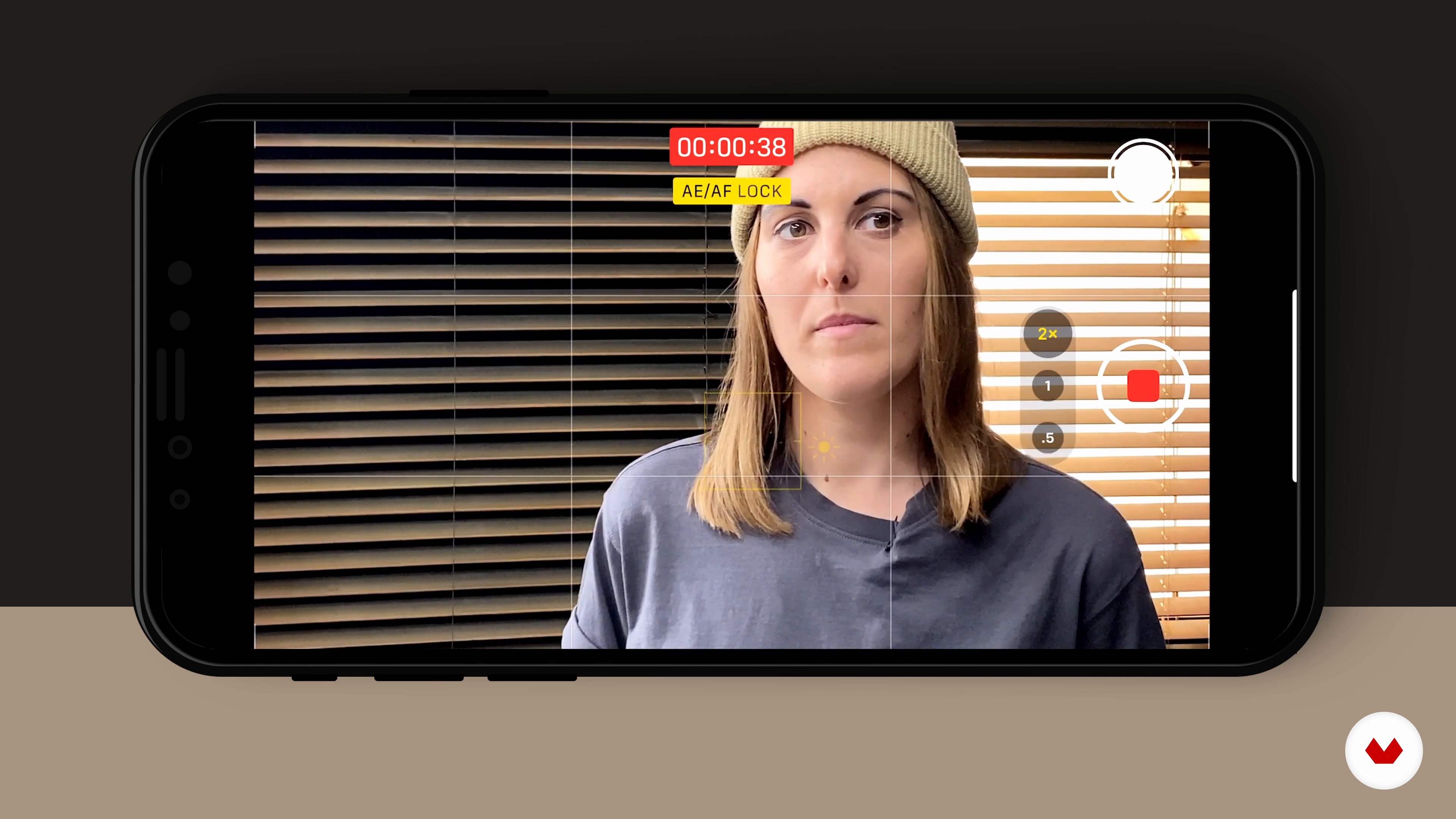

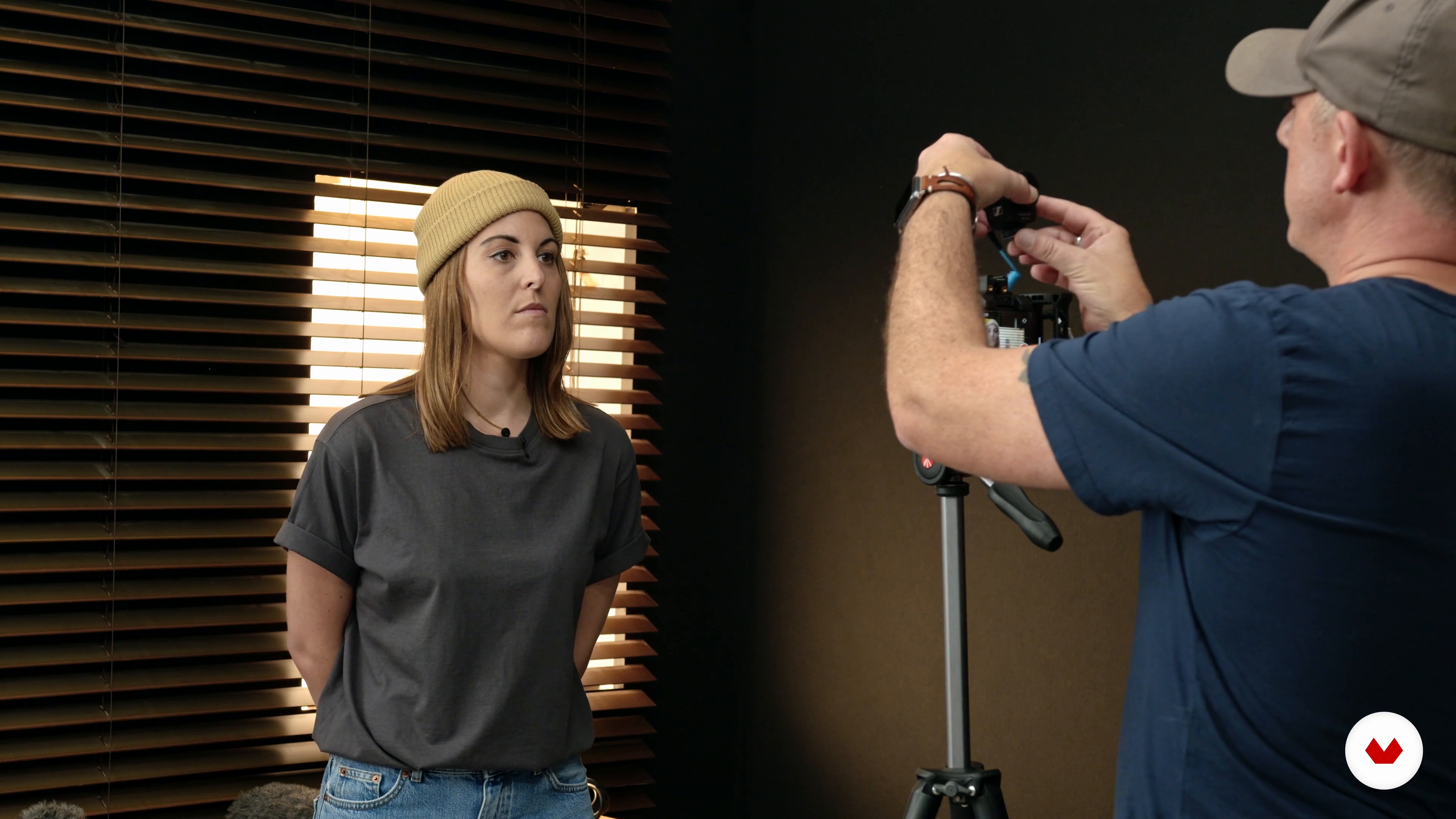
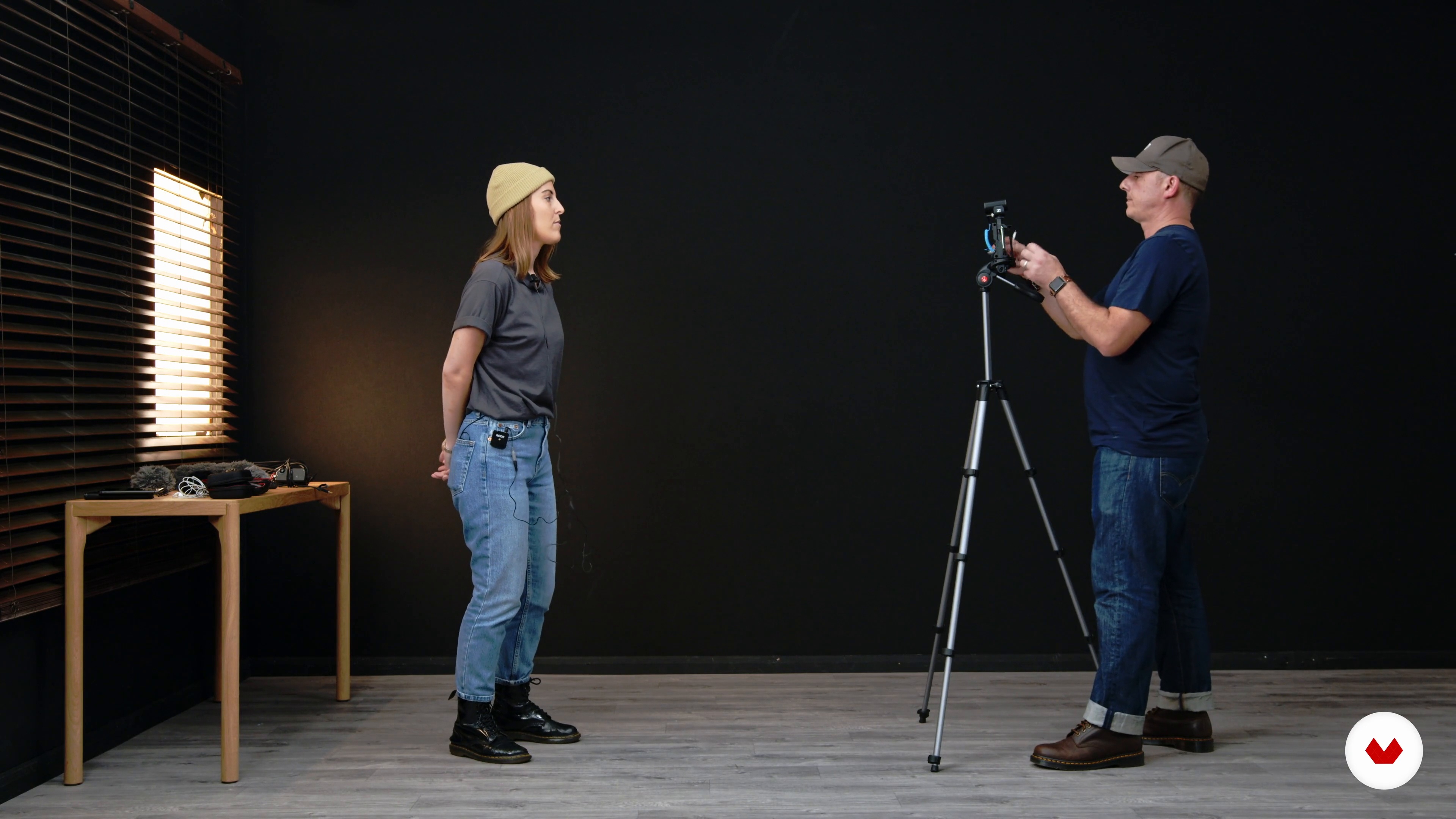
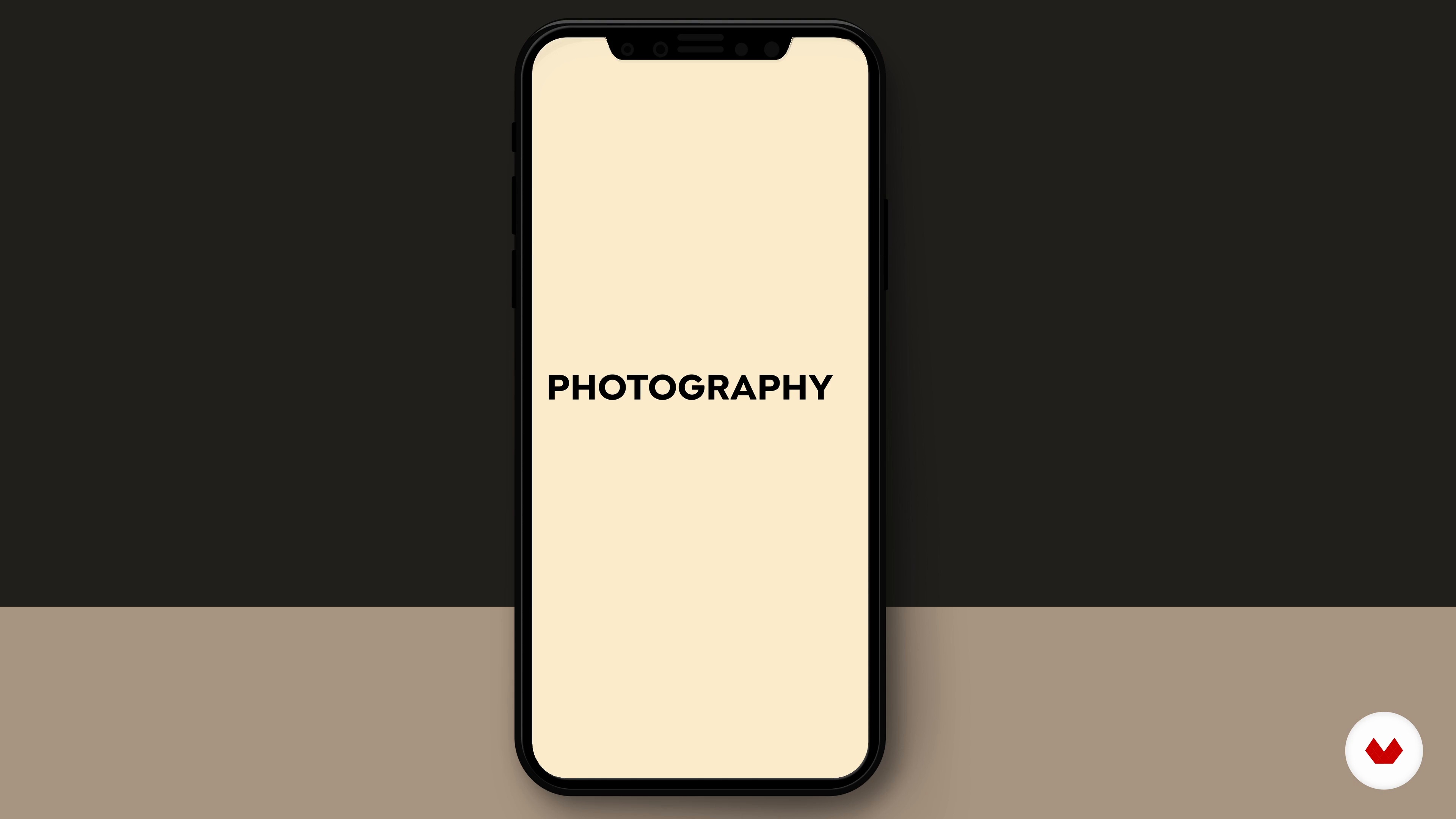
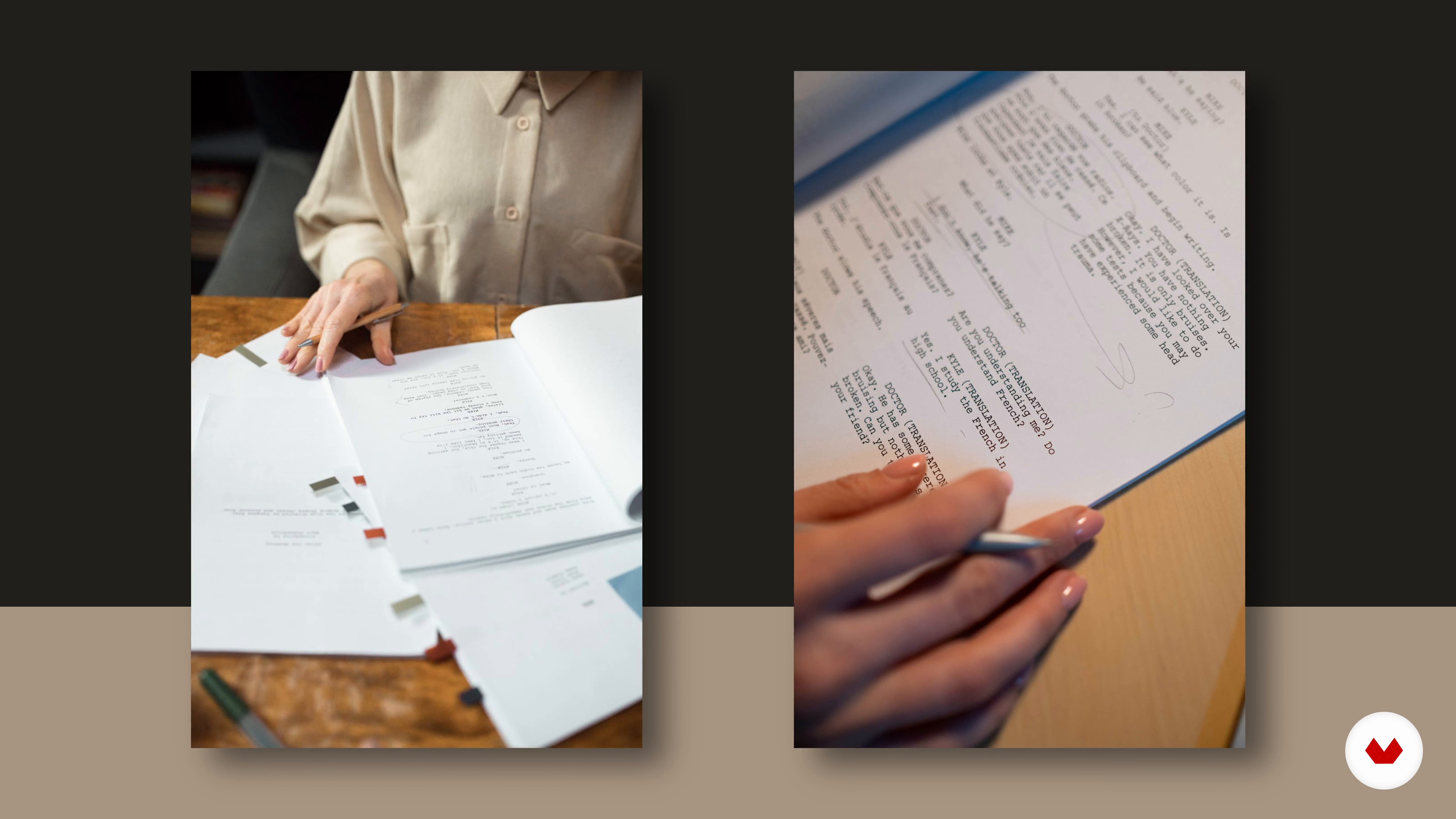

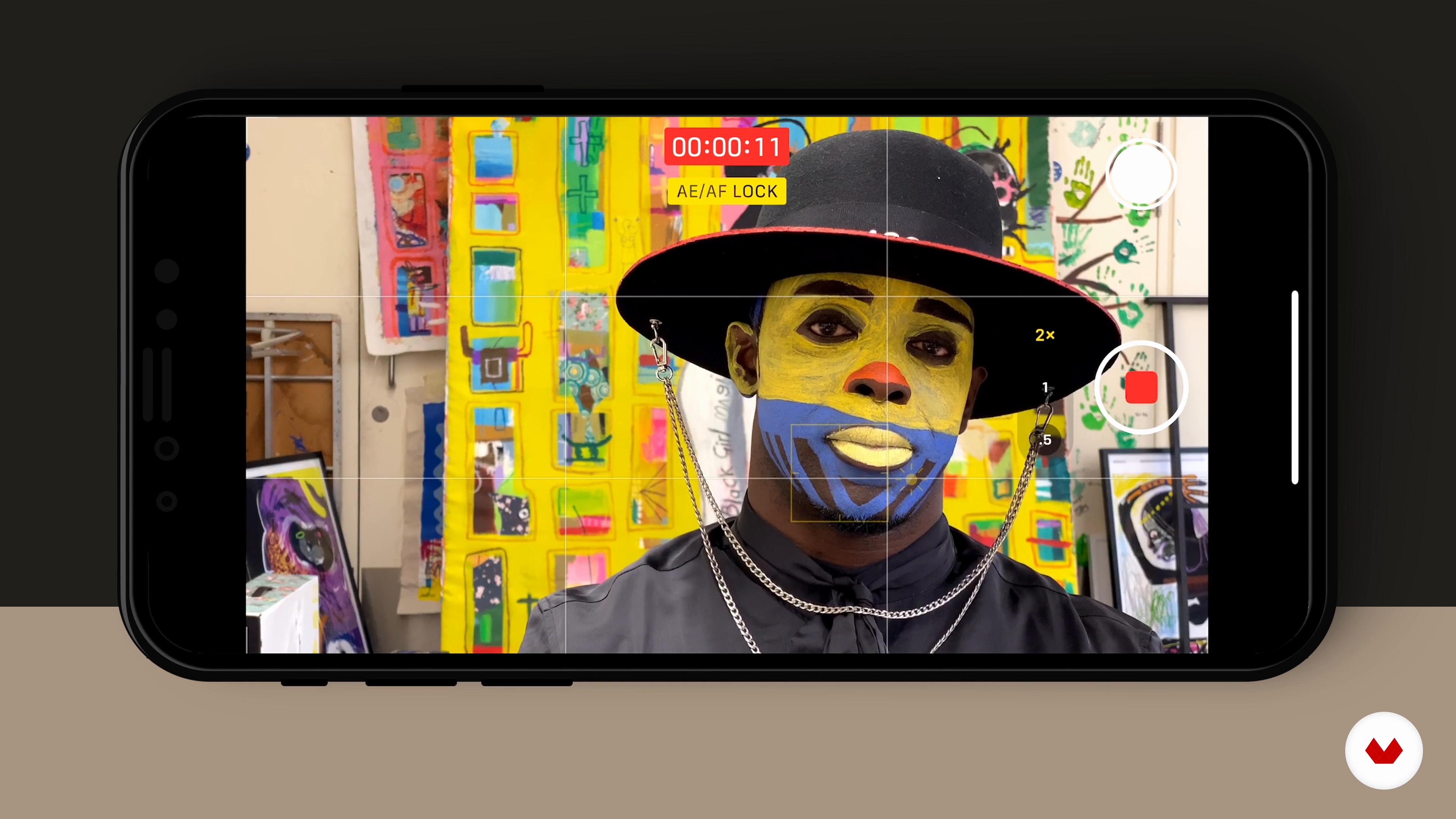

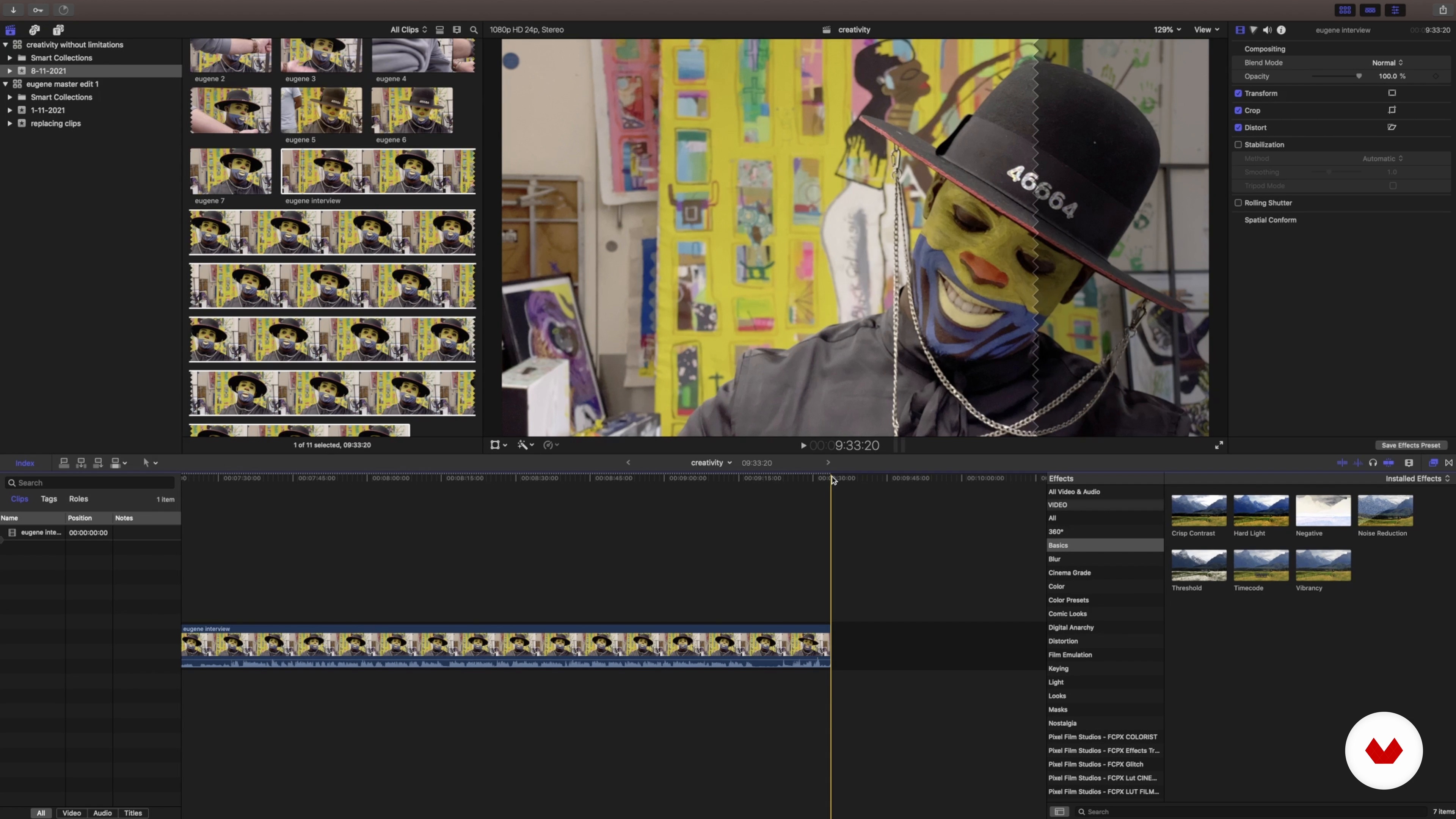
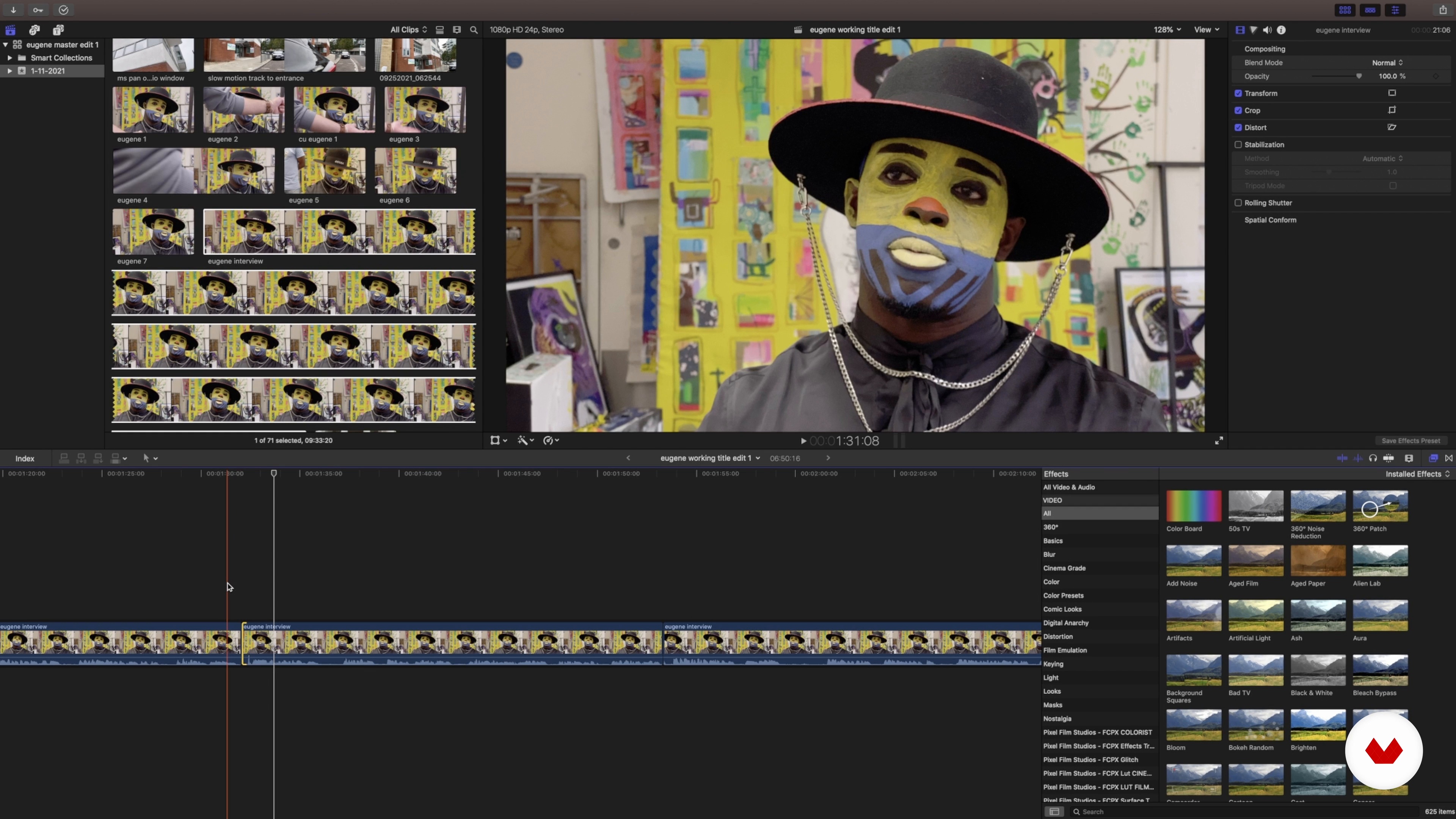
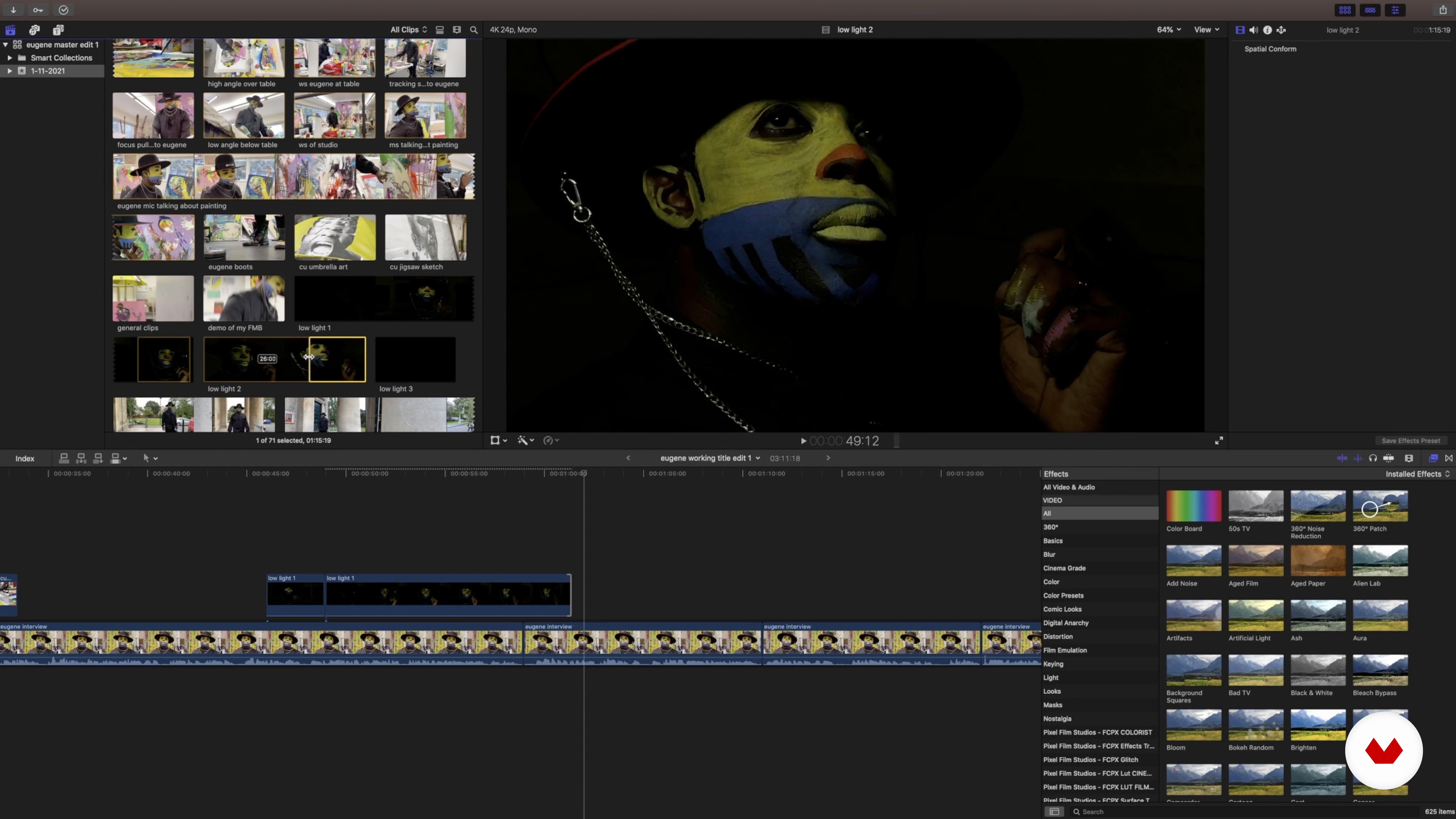

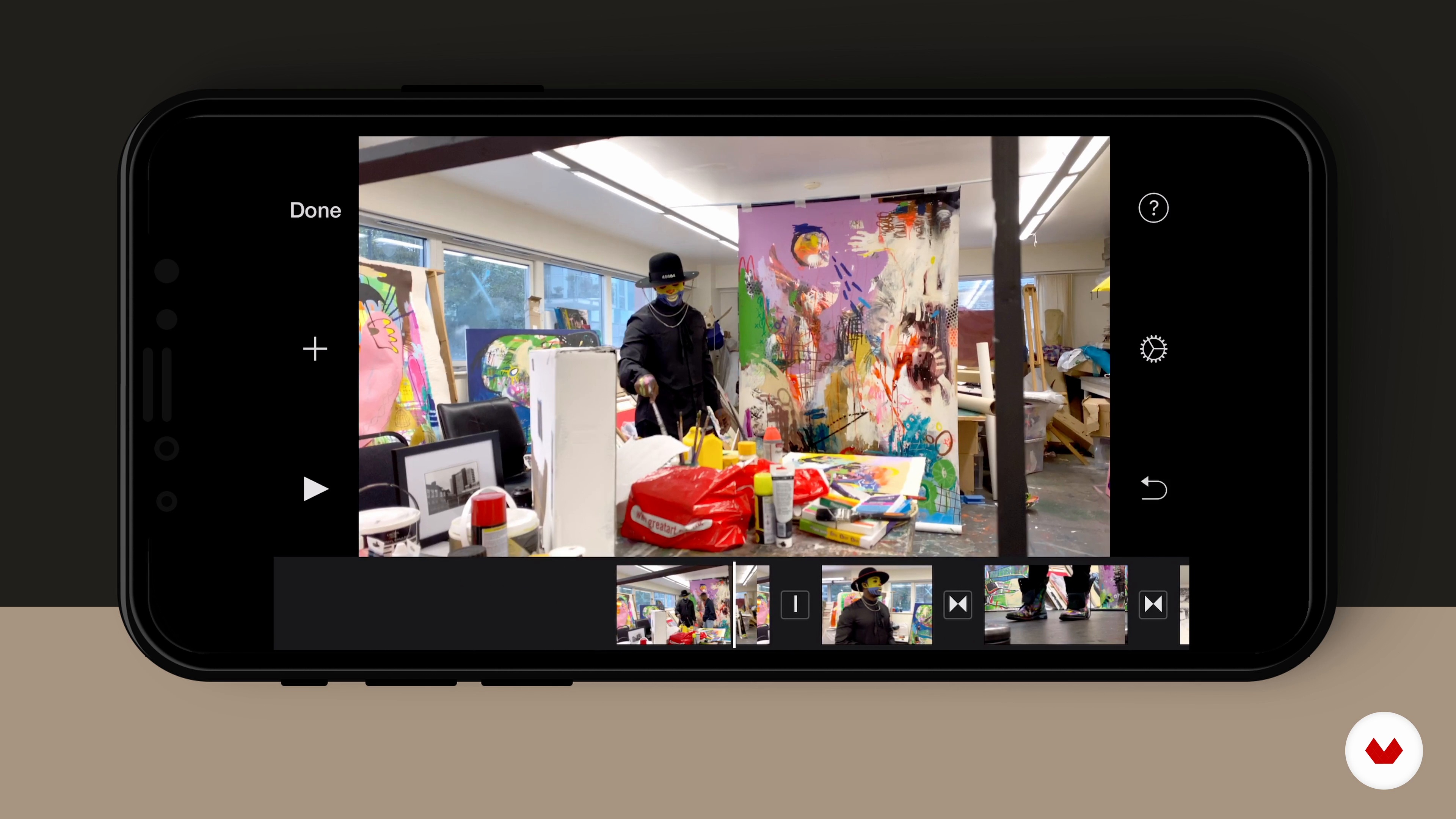


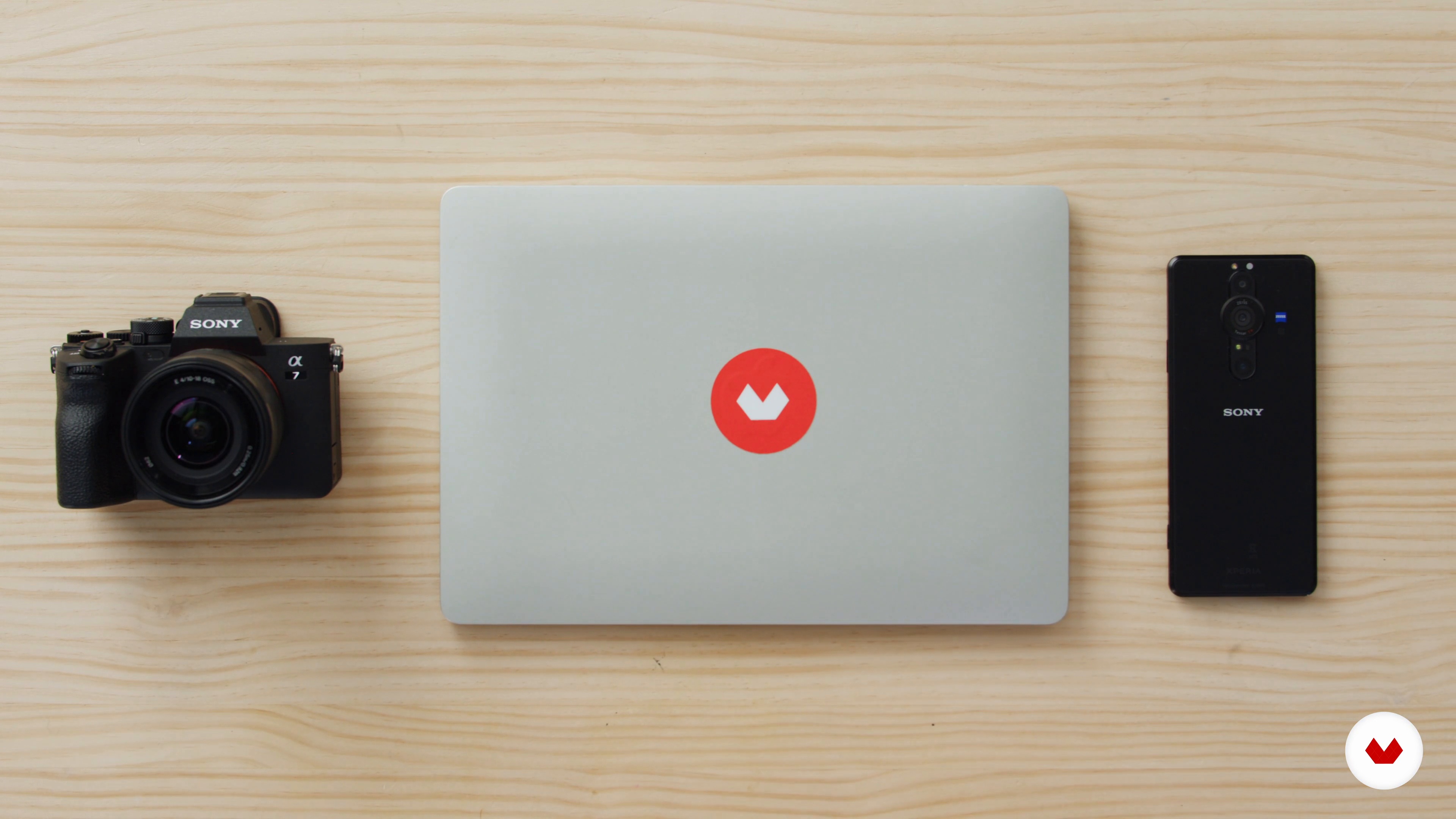


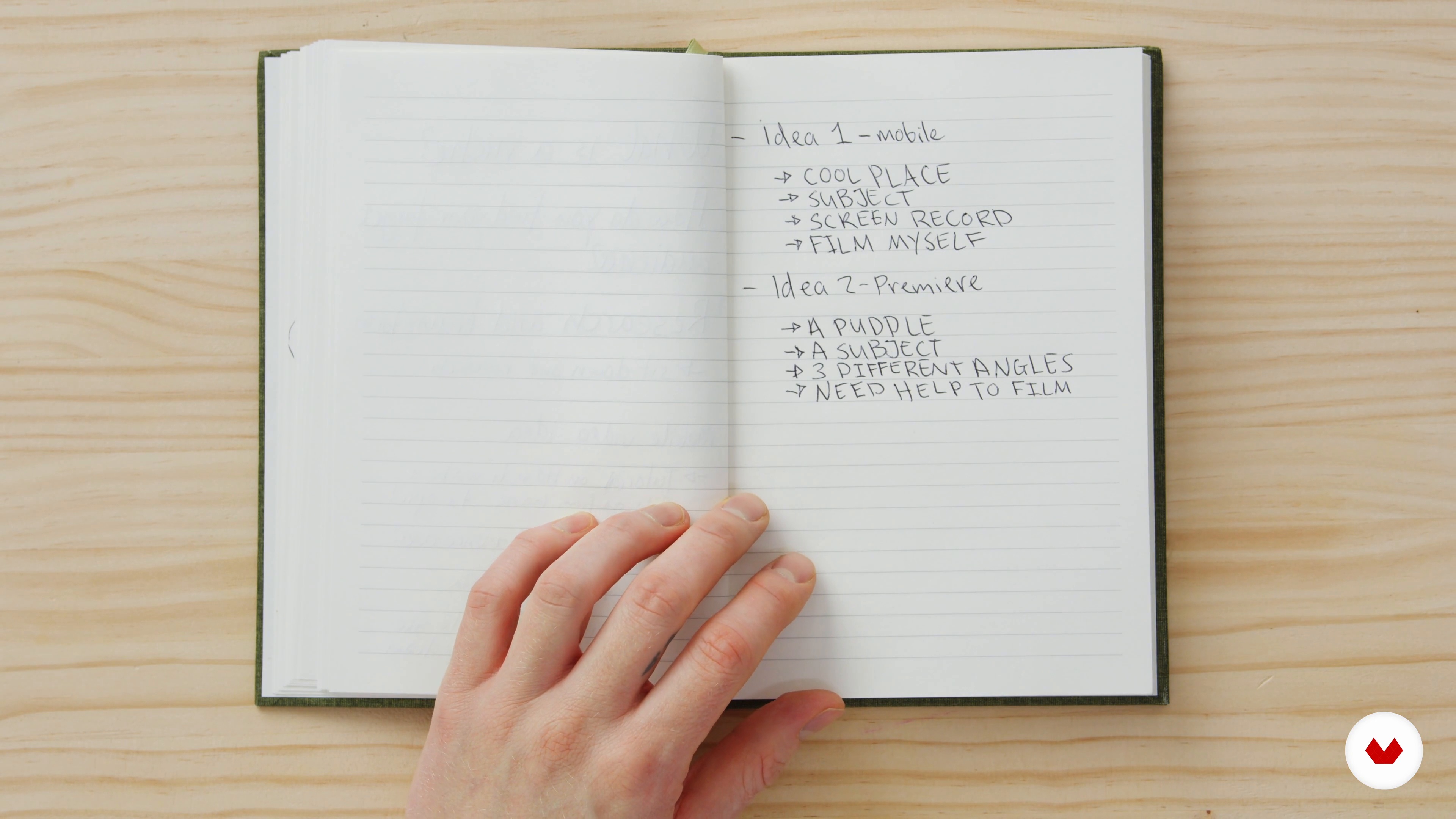
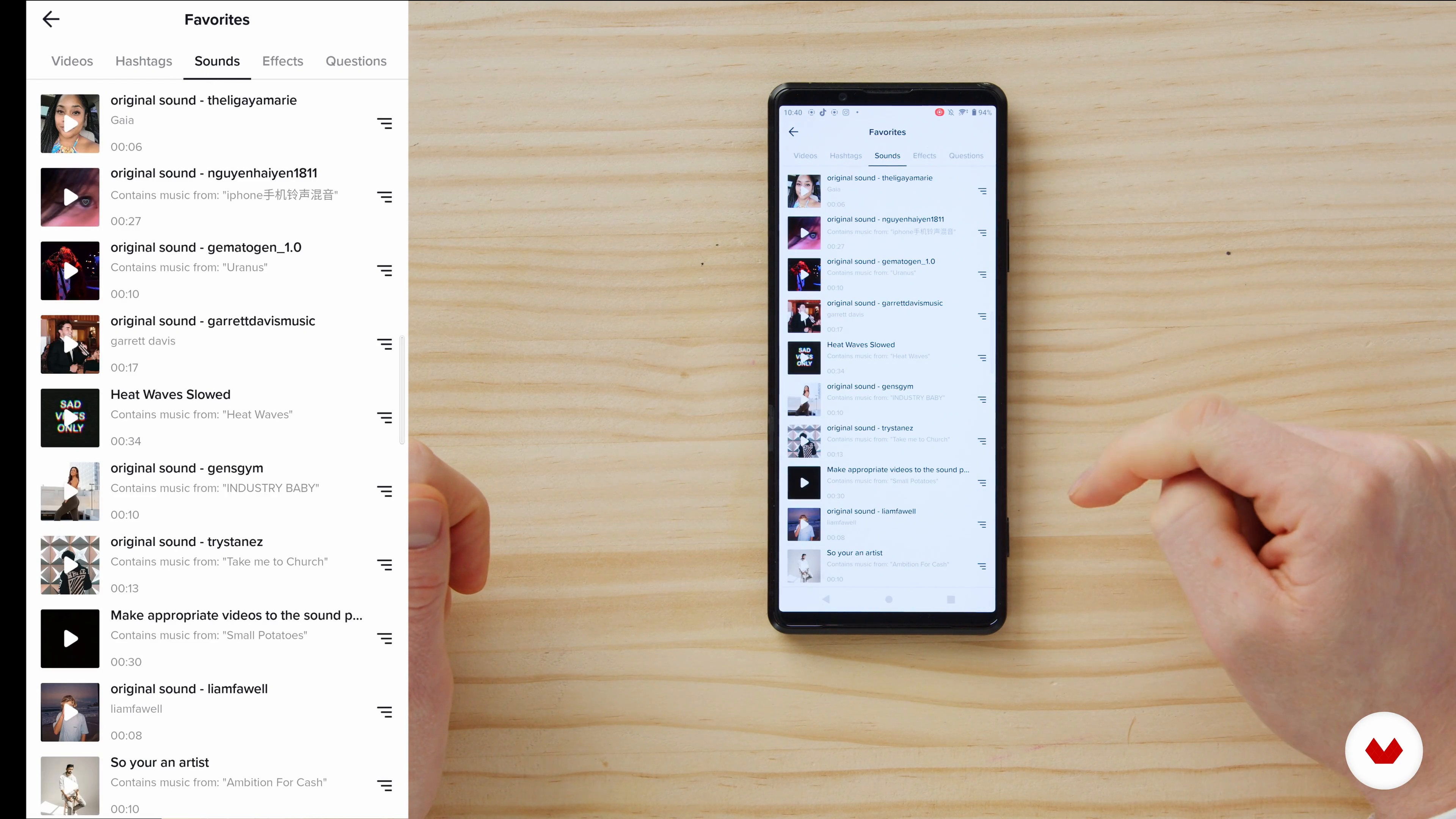
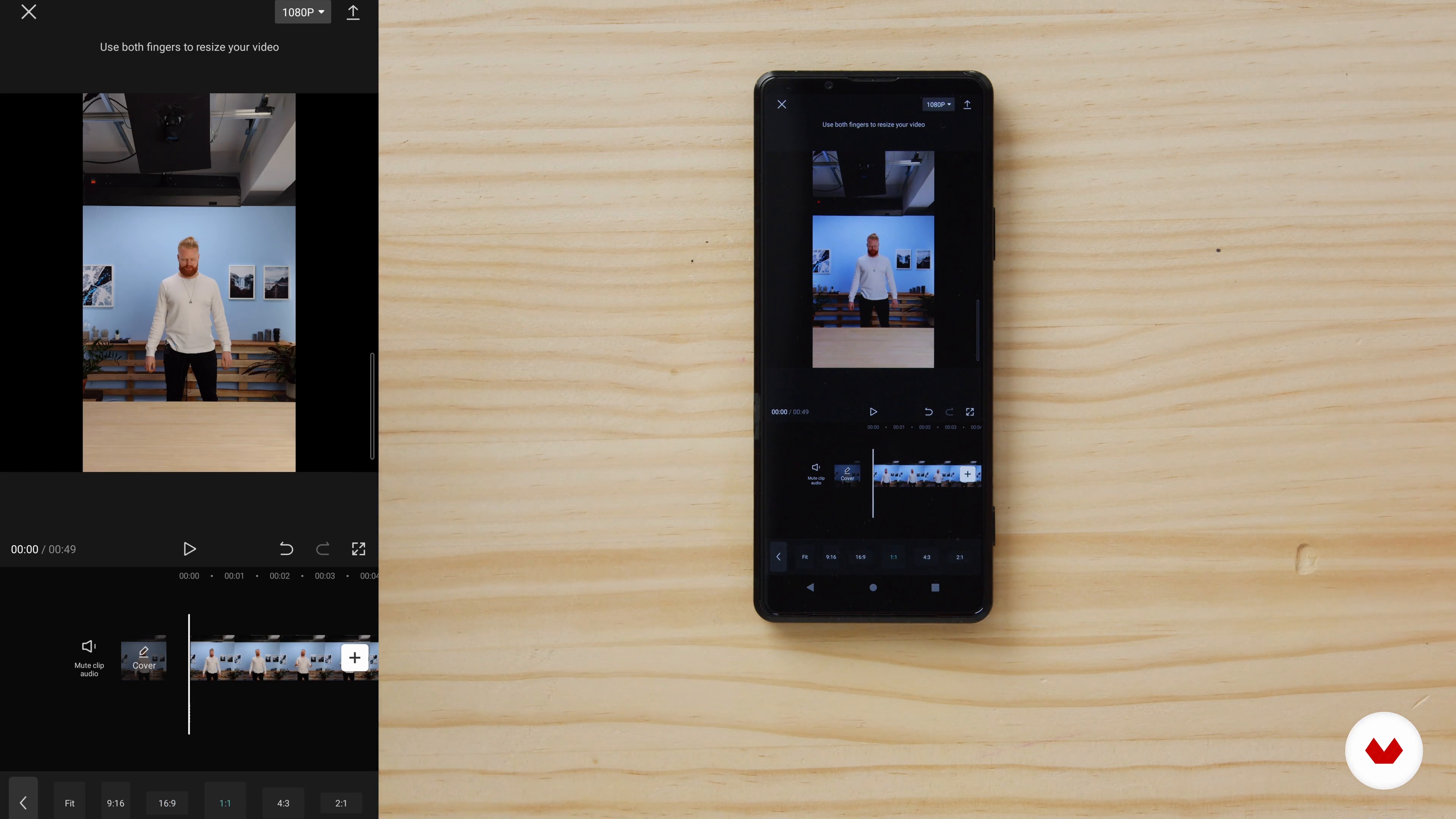

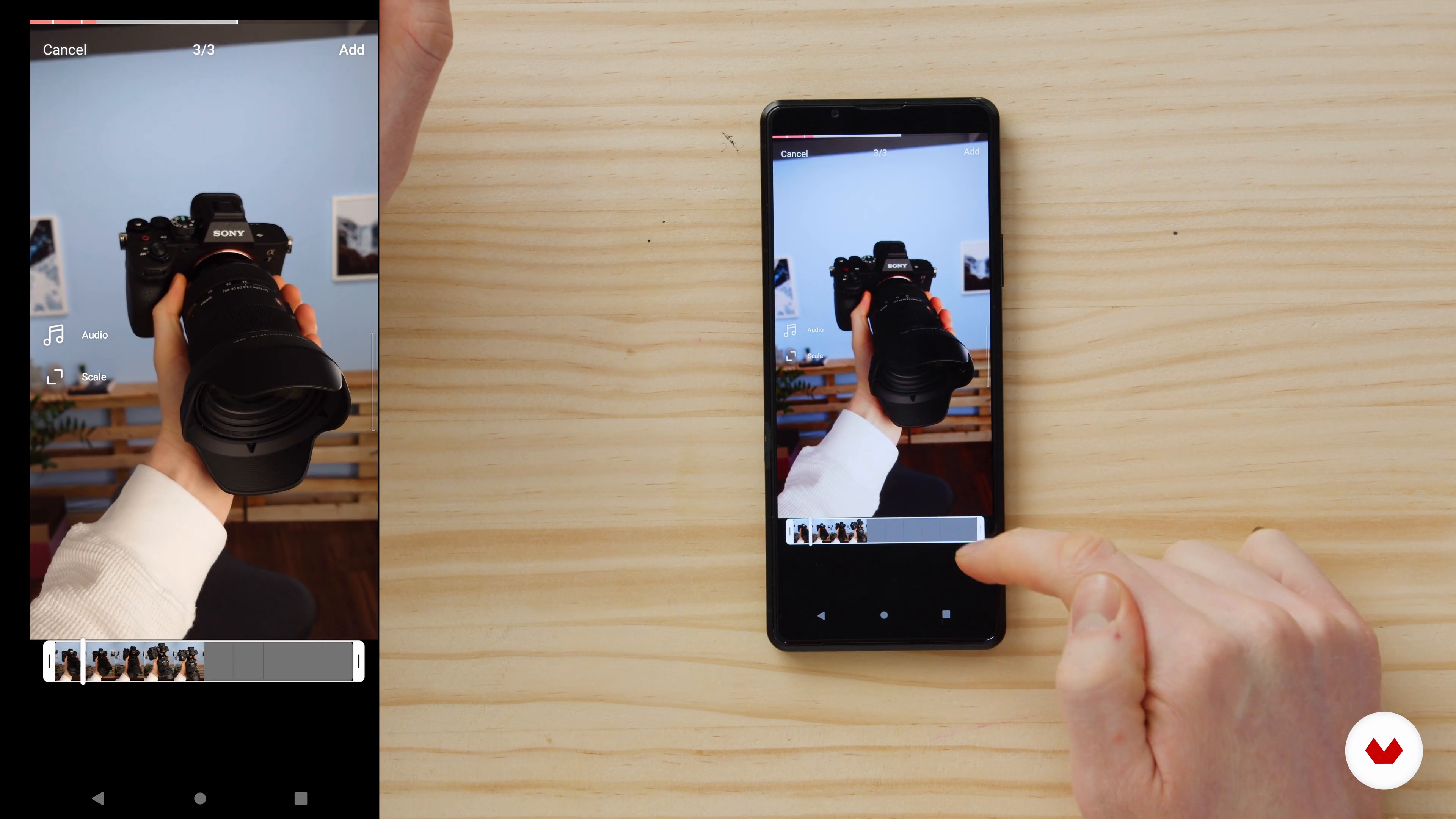
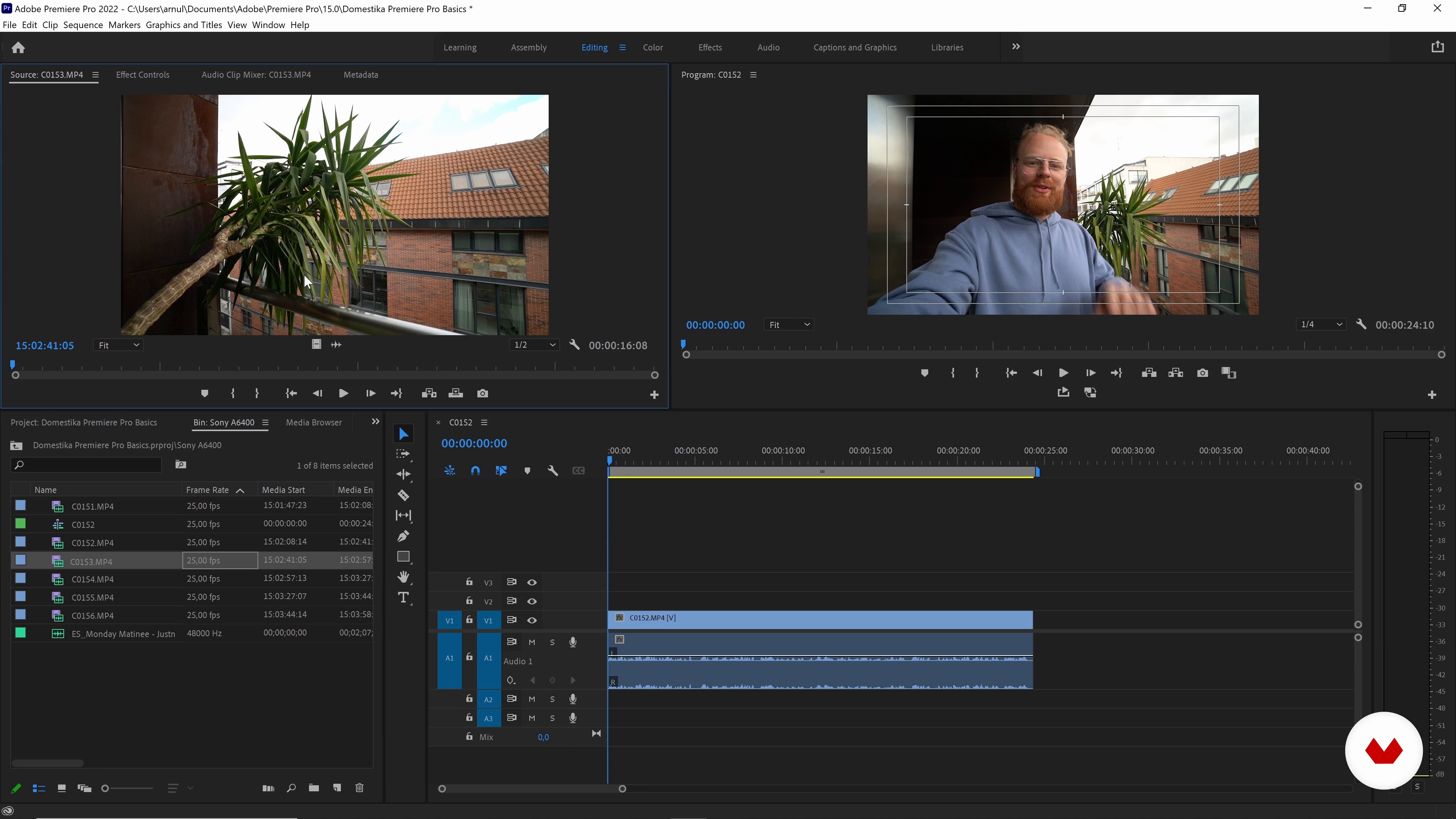

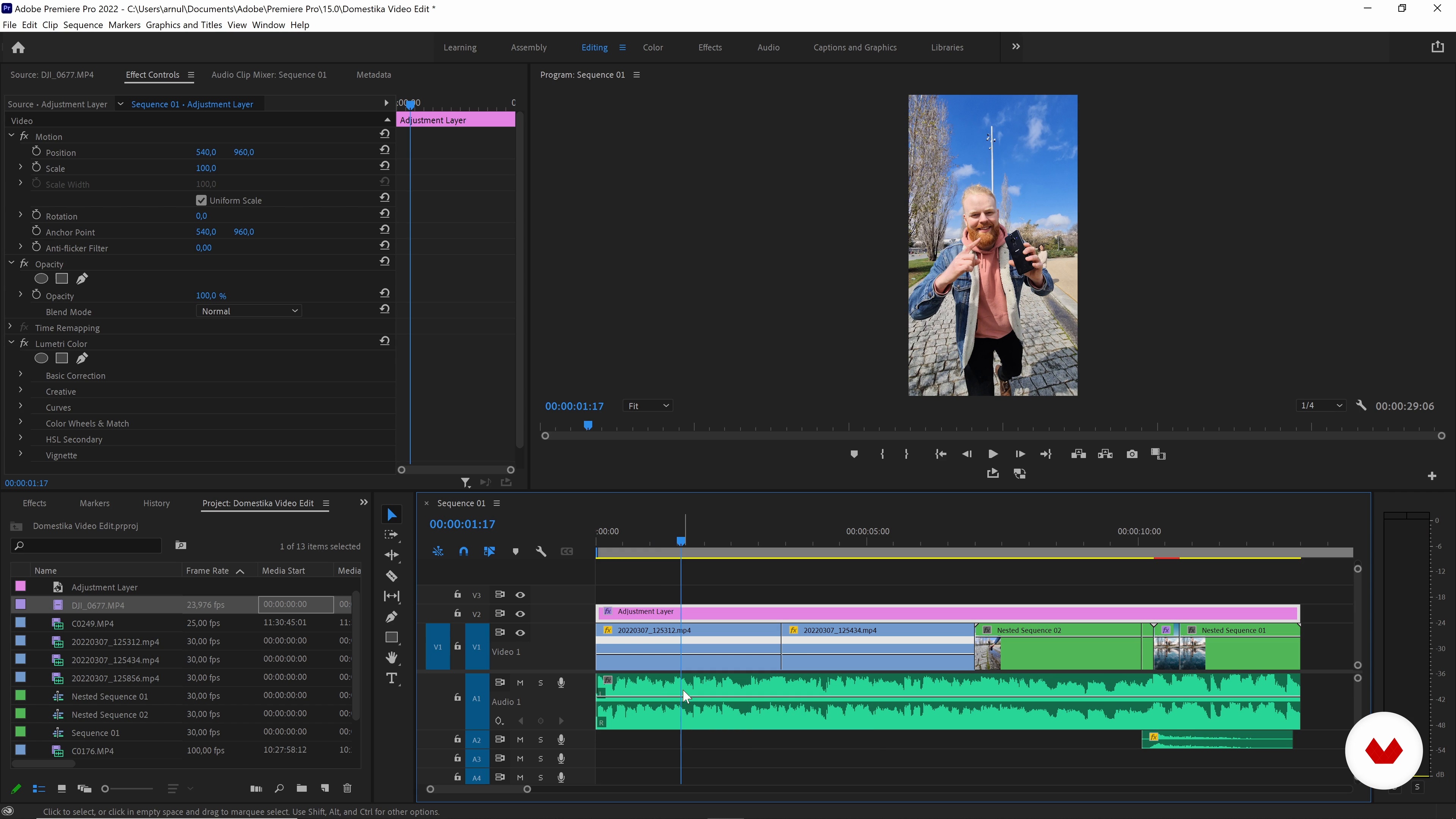
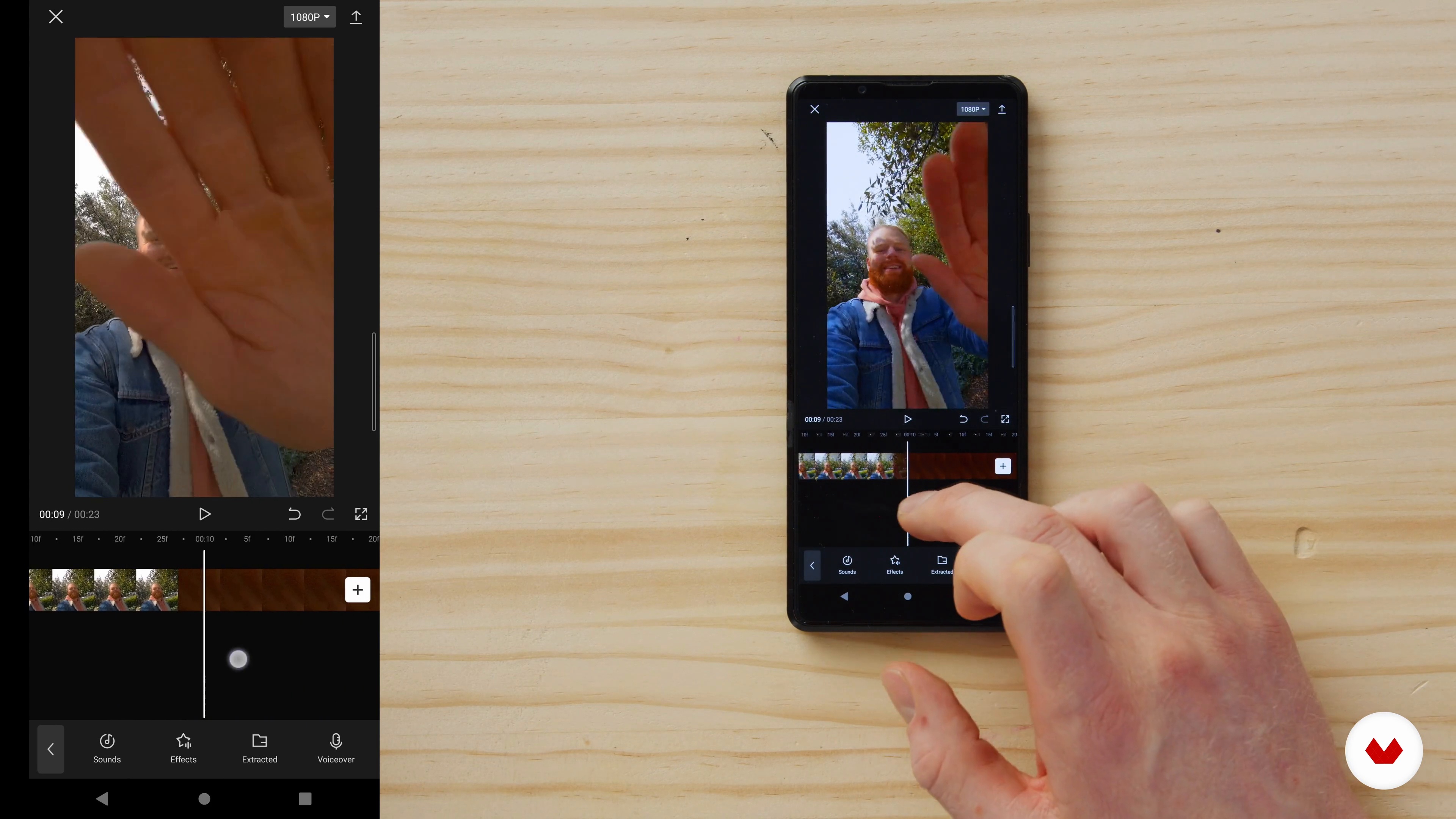
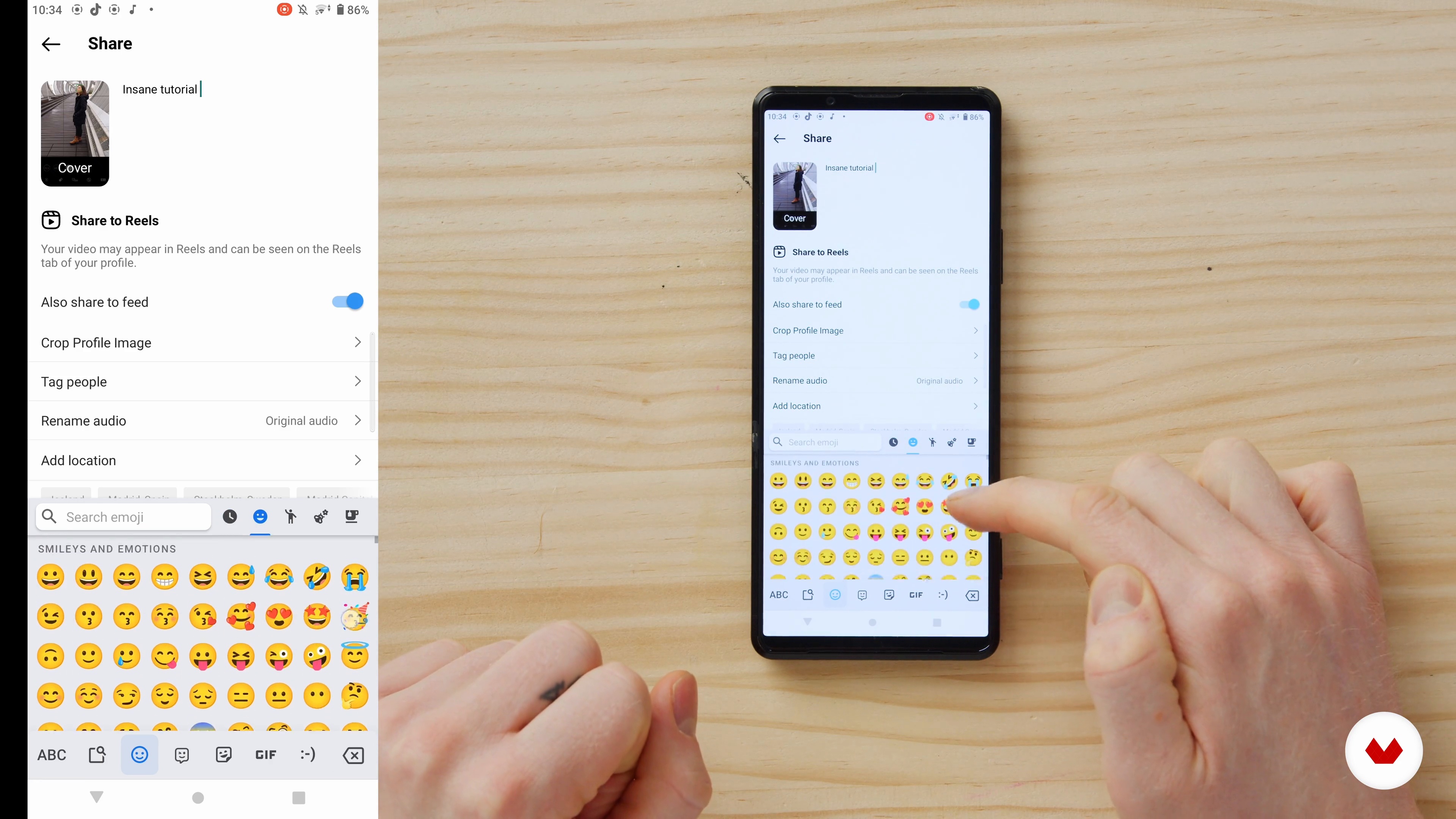
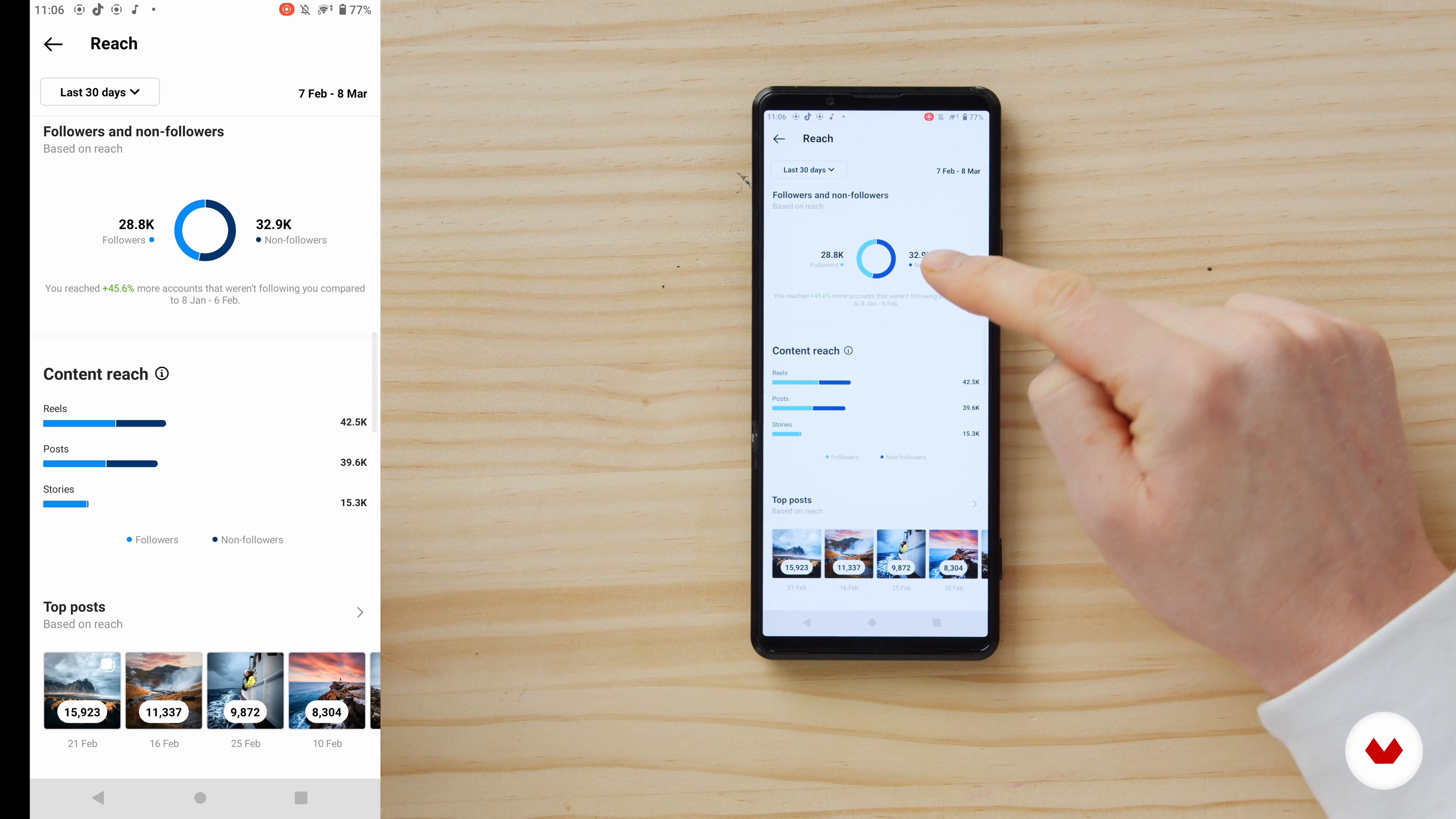
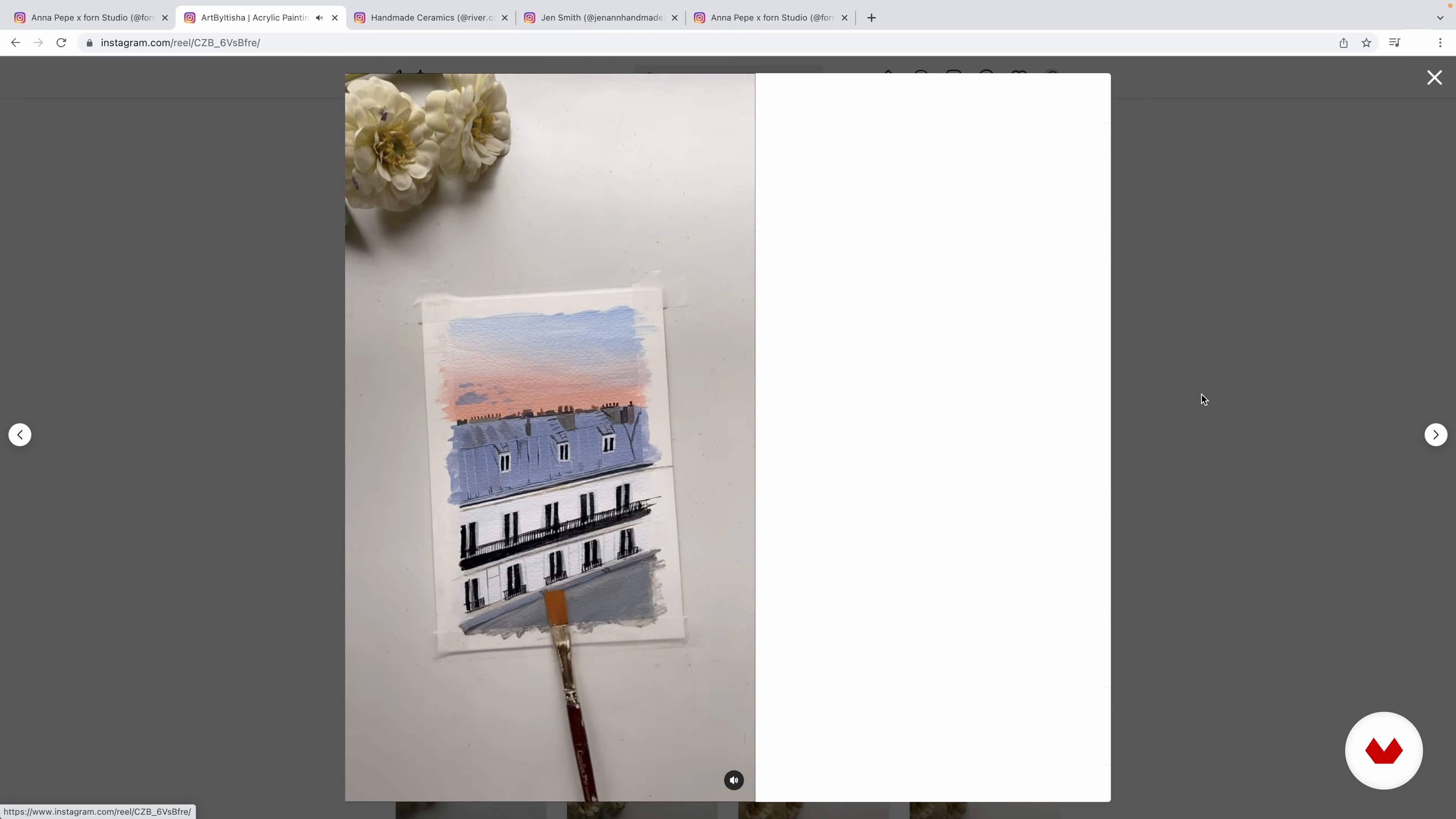


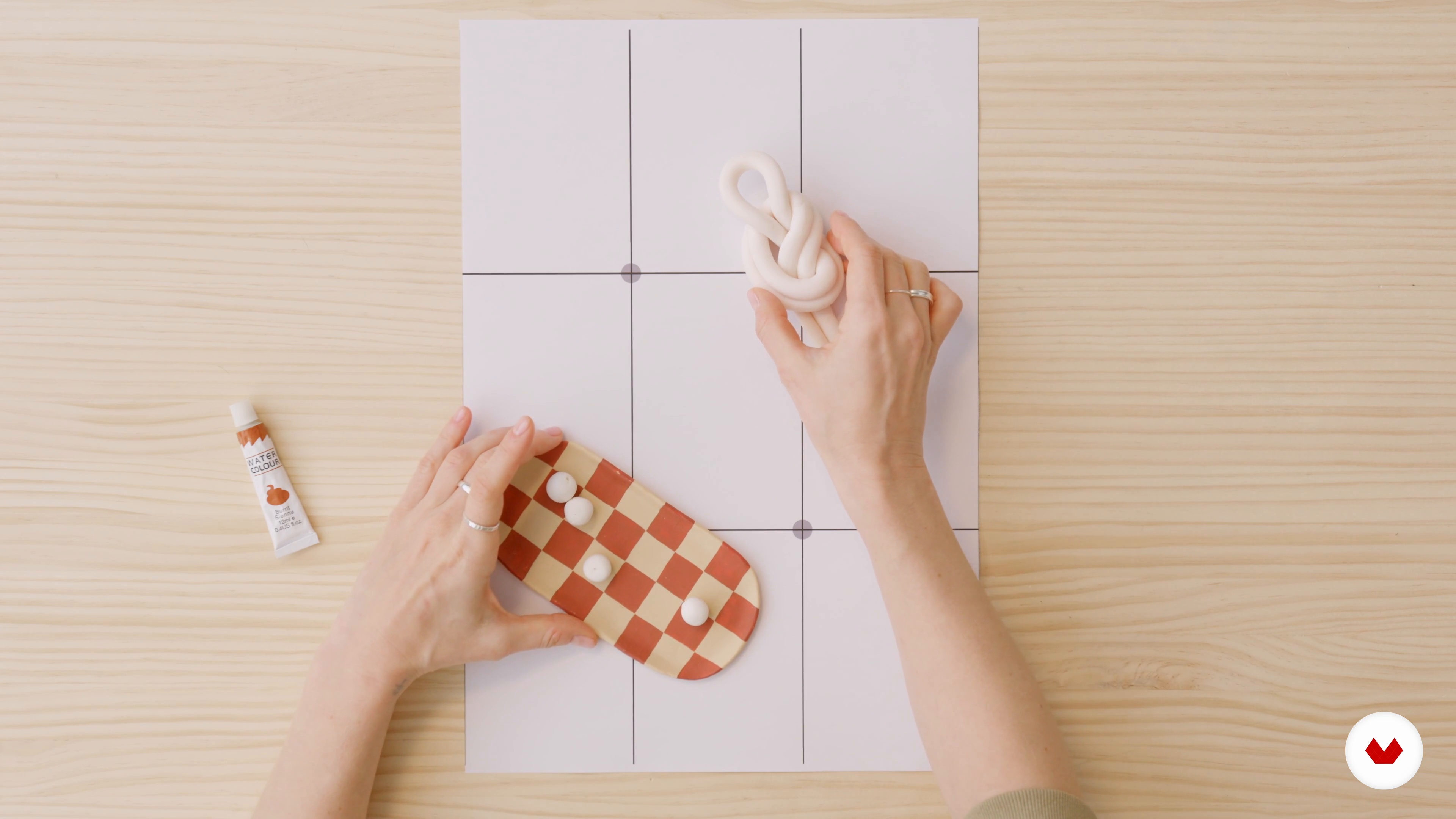

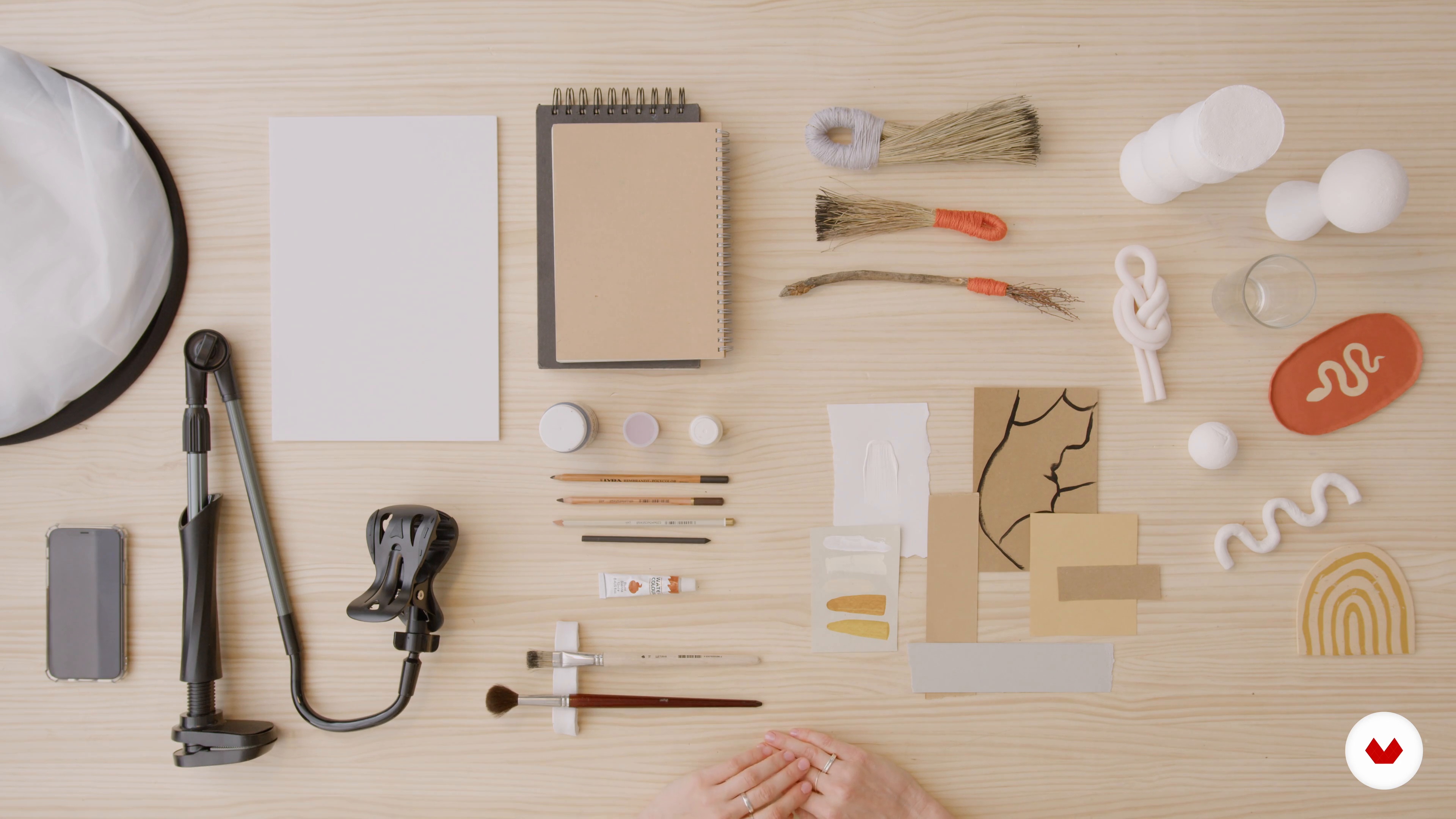
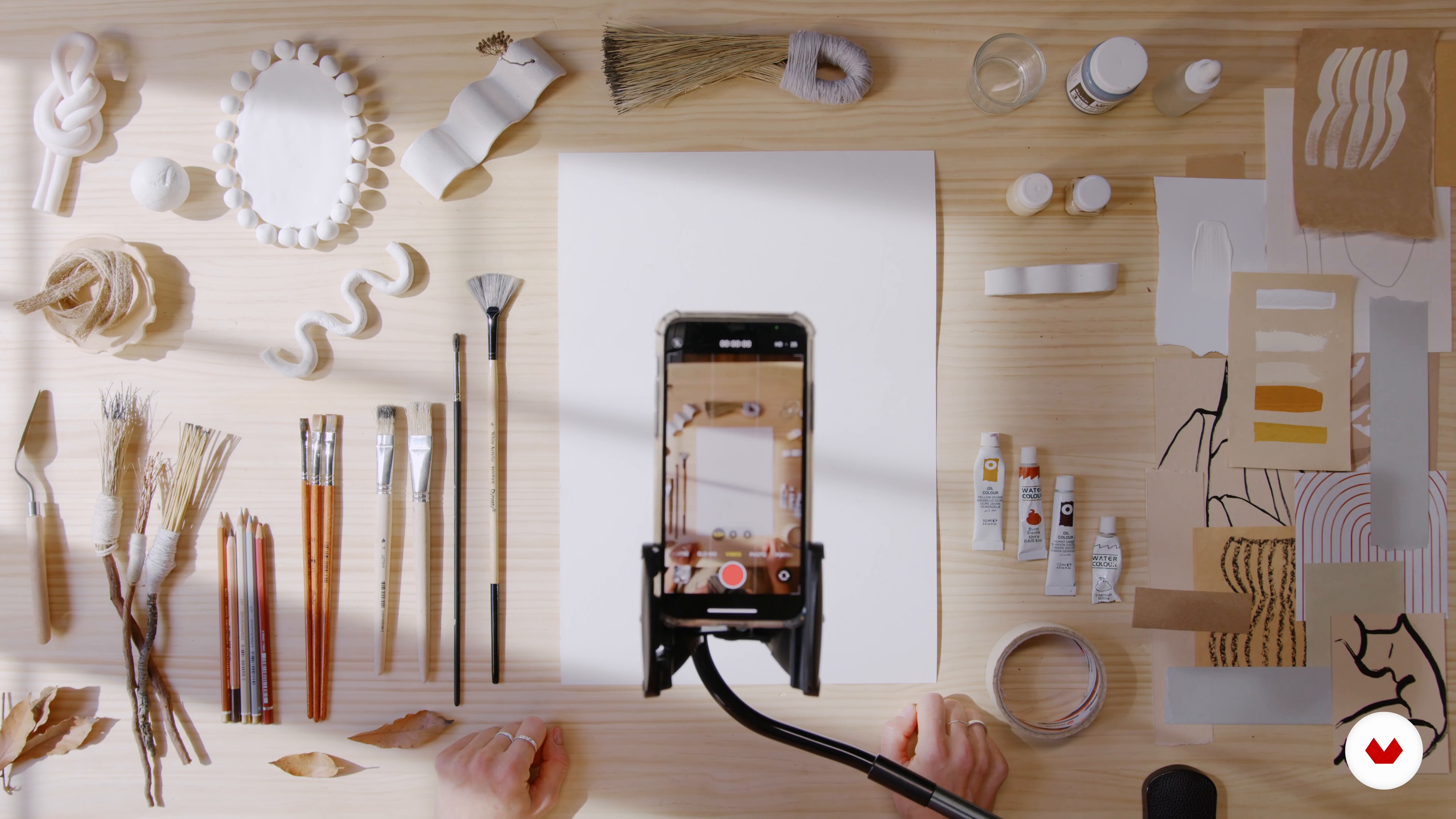
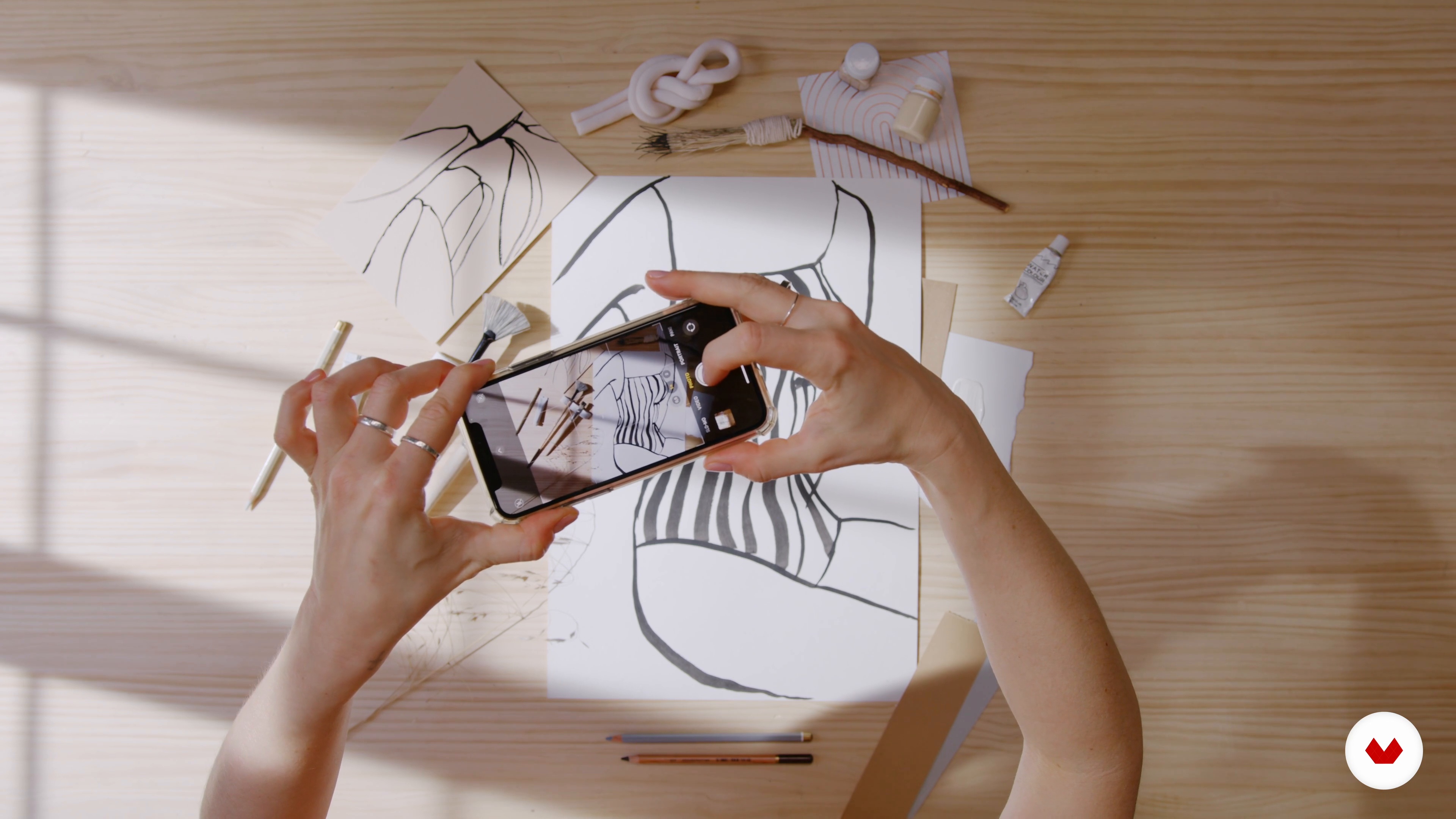
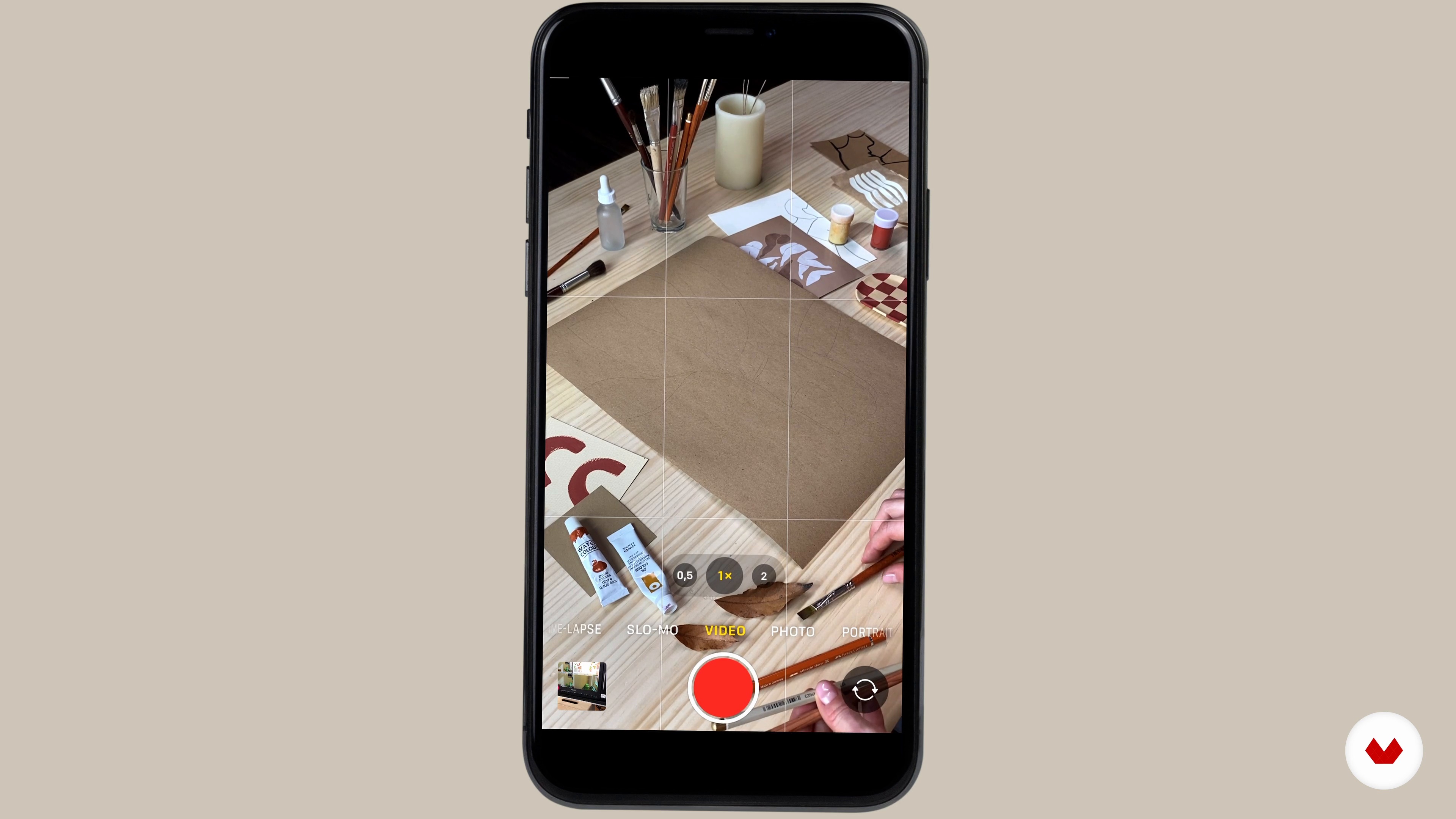
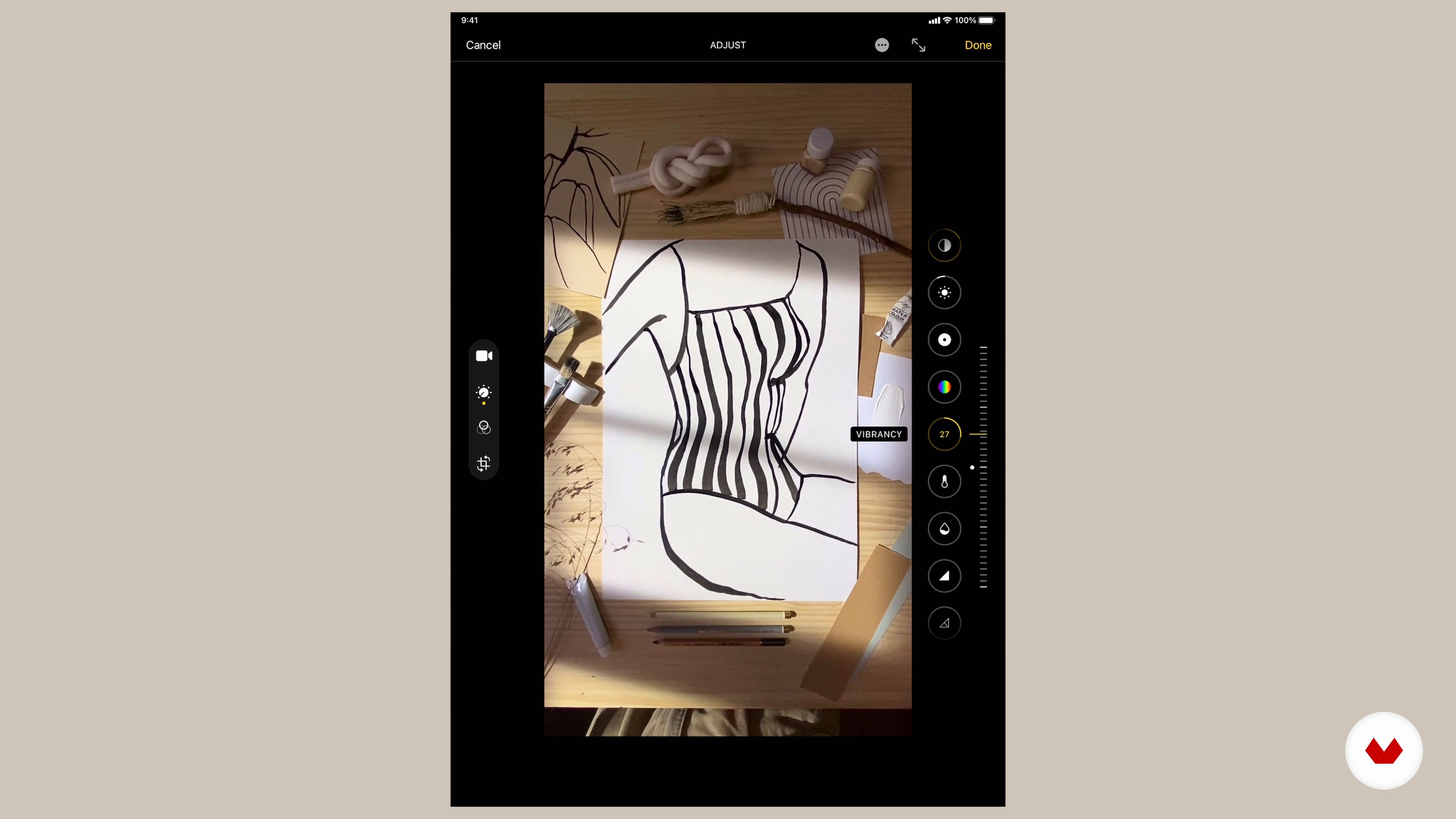



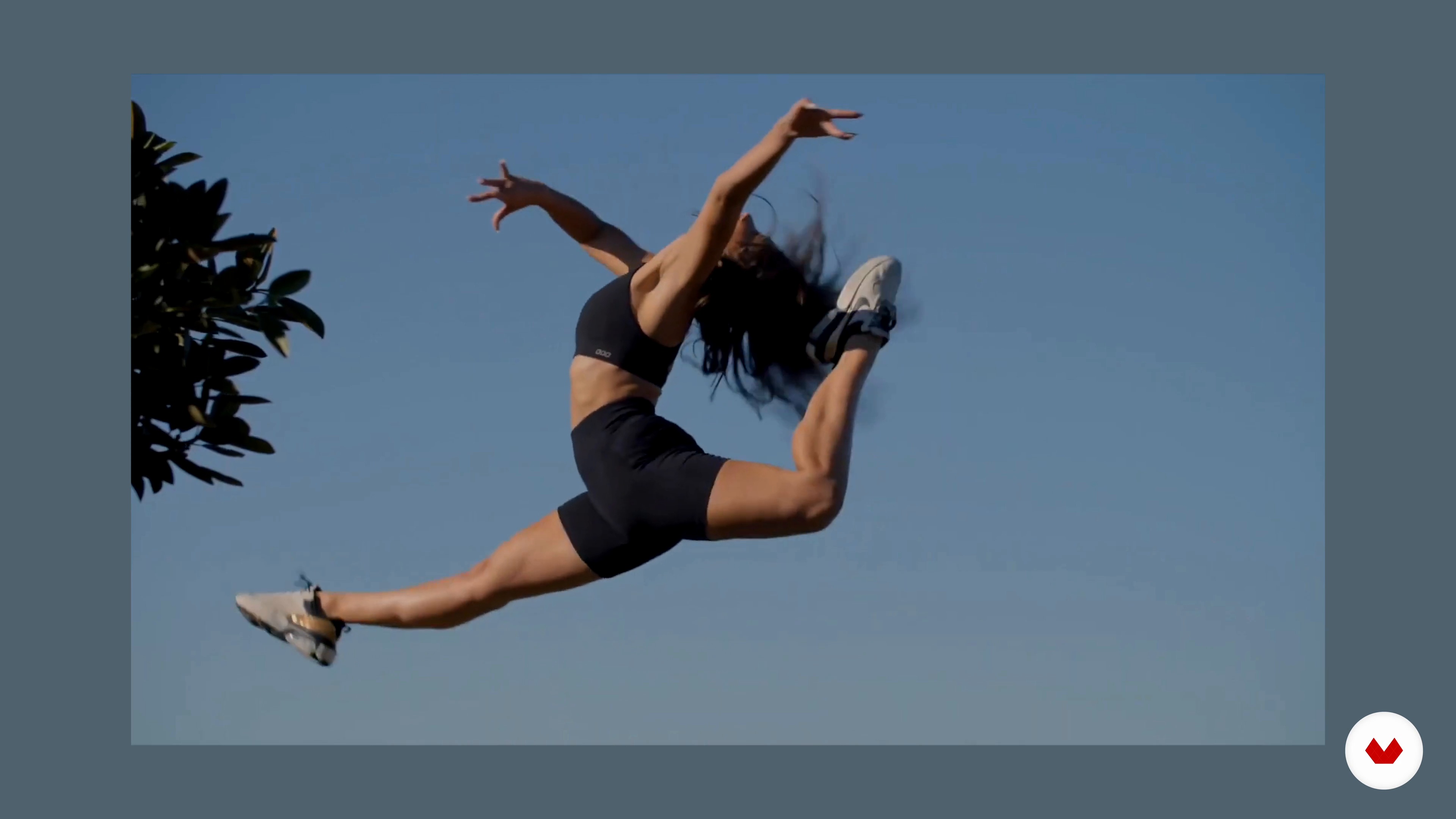

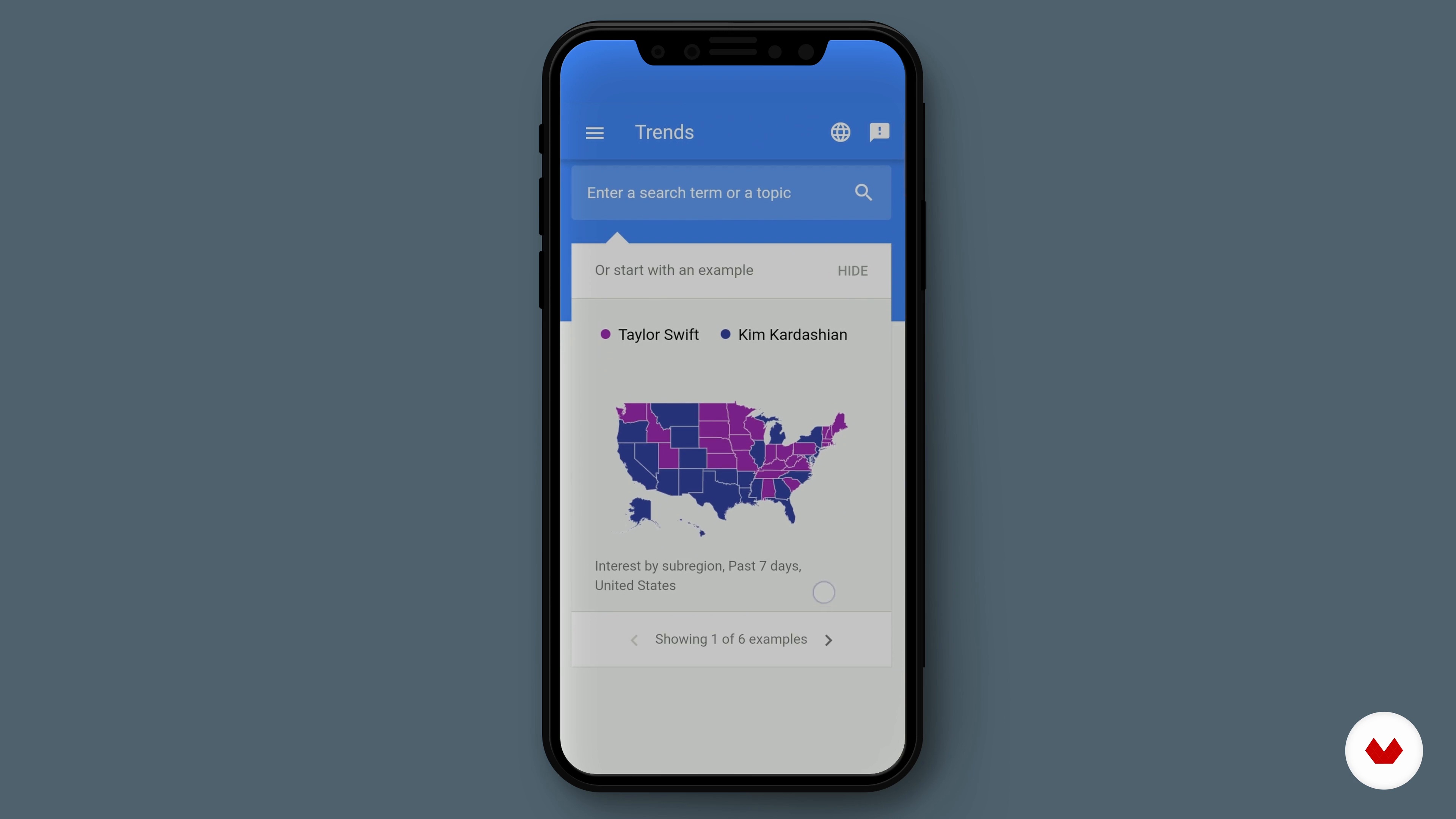
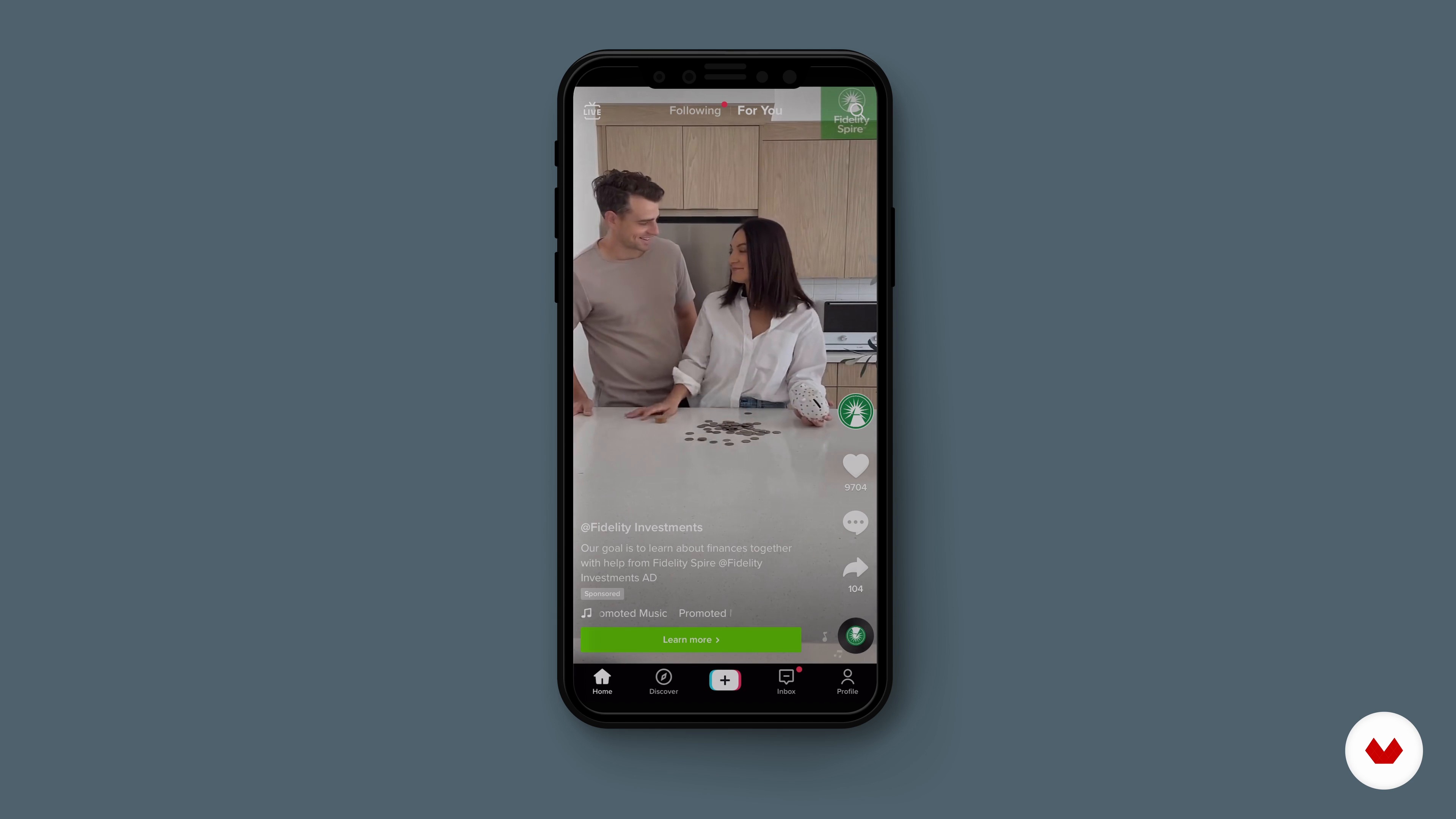


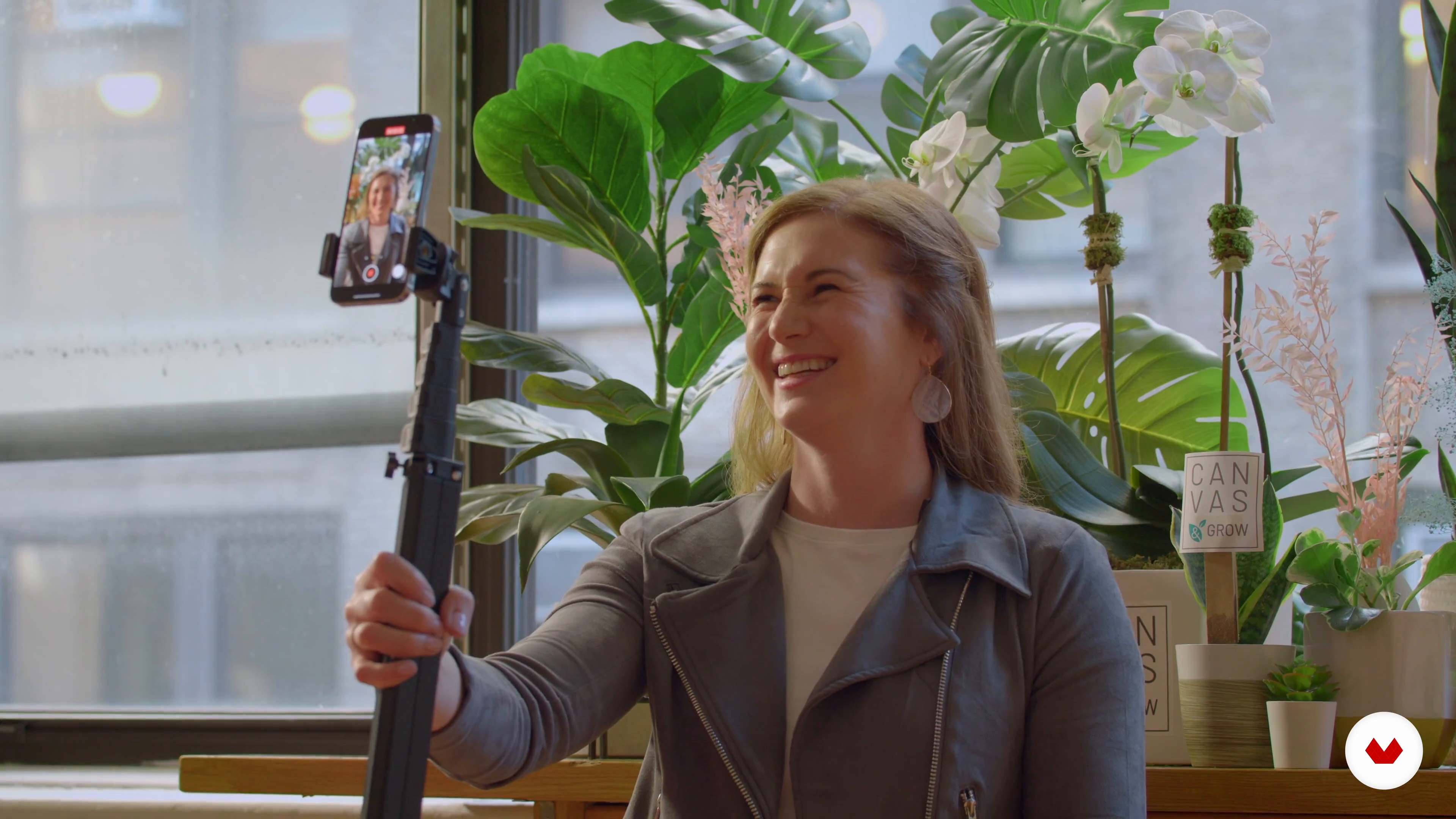
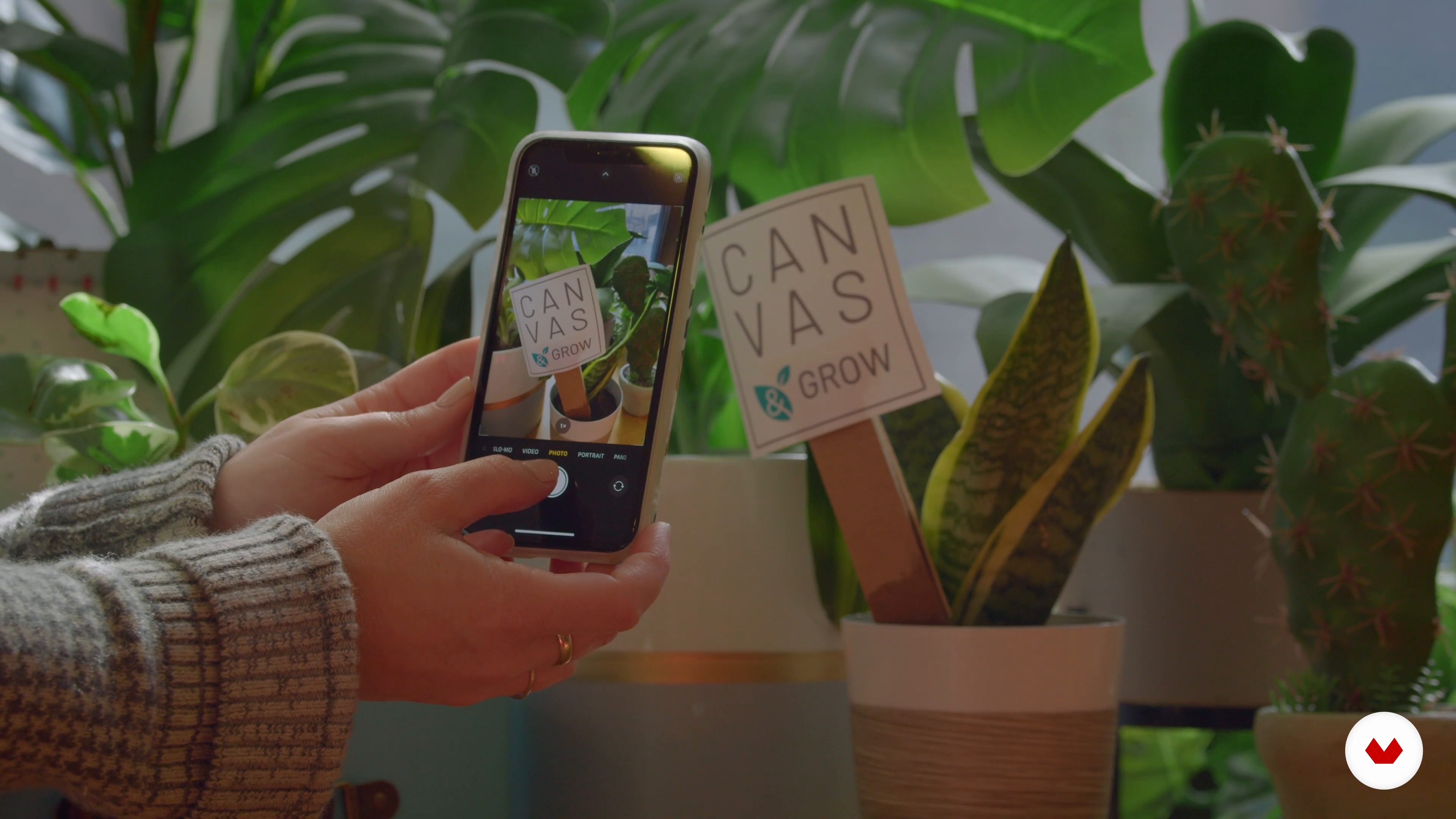
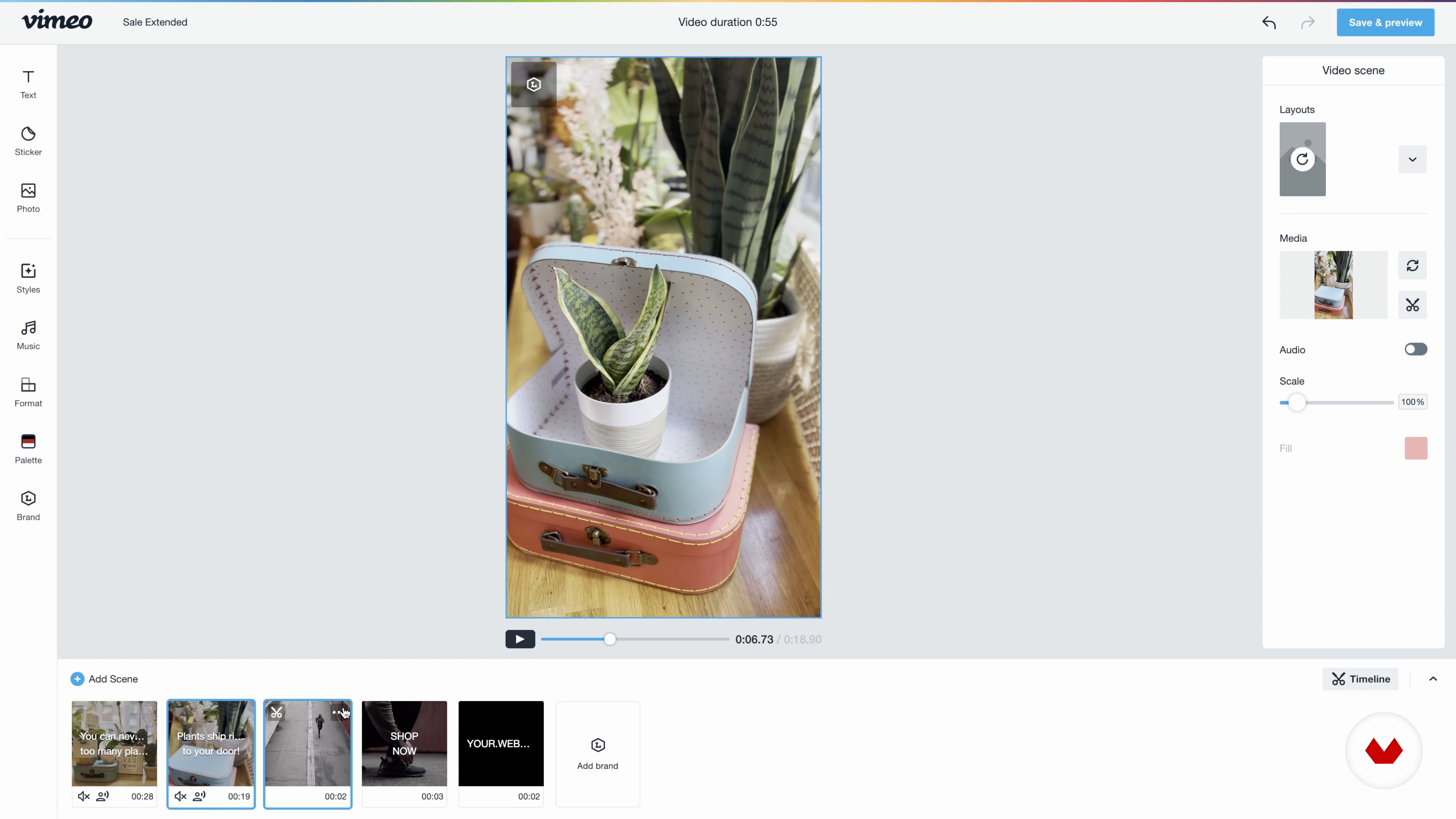
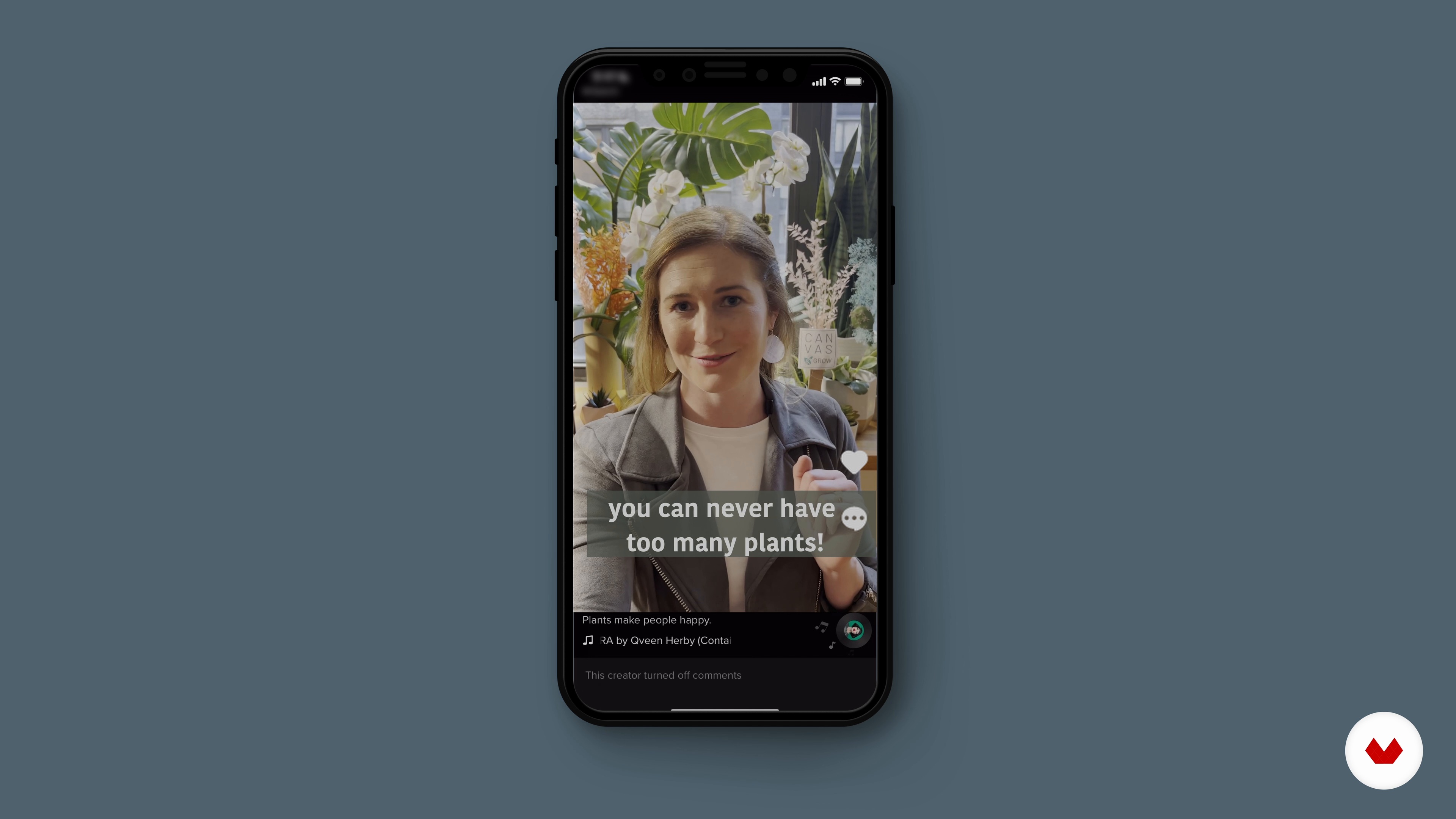
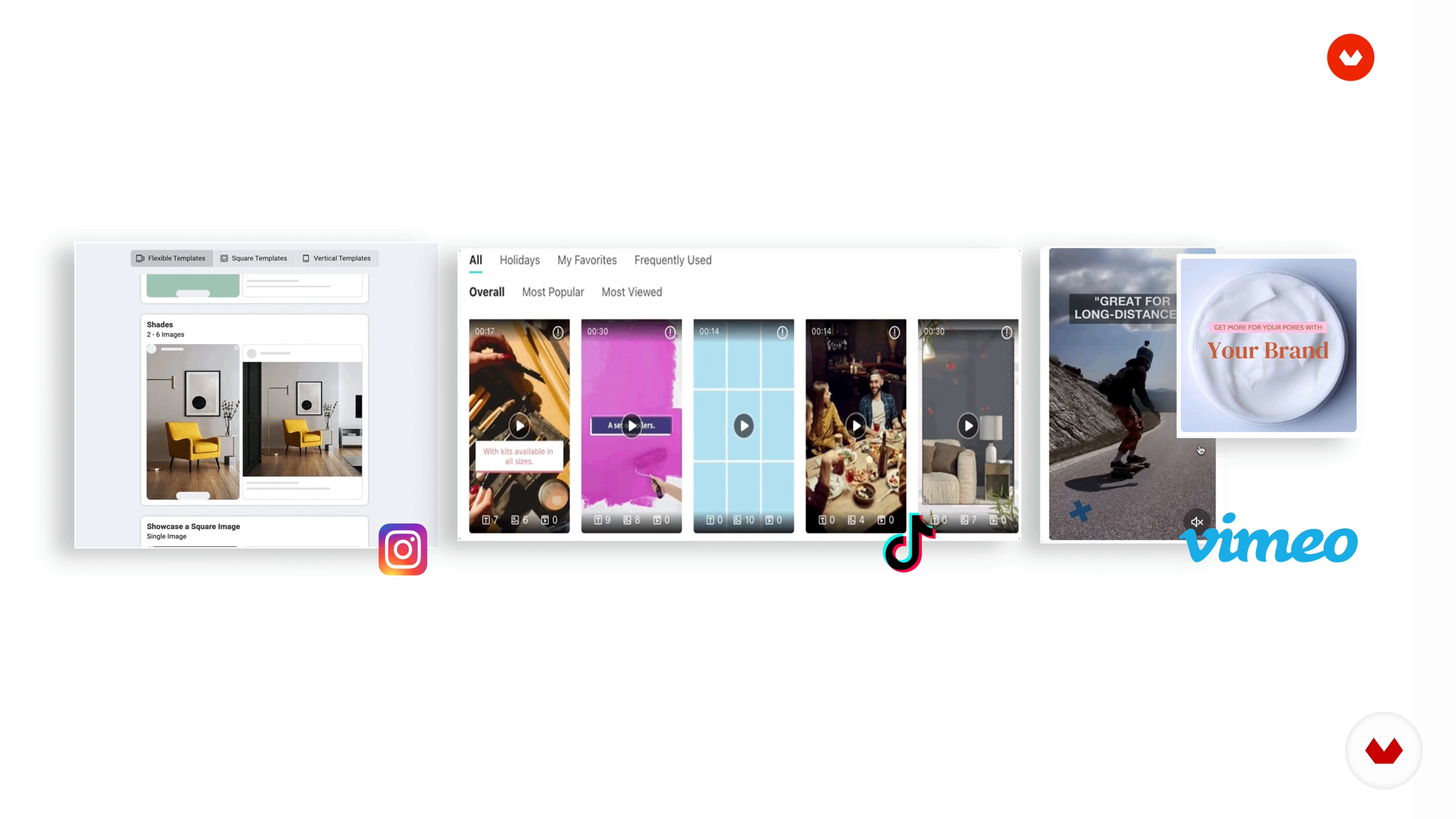
- 100% positive reviews (5)
- 953 students
- 93 lessons (15h 22m)
- 113 additional resources (43 files)
- Online and at your own pace
- Audio: English, Spanish
- Spanish · English · Portuguese · German · French · Italian · Polish · Dutch · Turkish
- Level: Beginner
- Unlimited access forever
What is this course's project?
Create a polished cinematic video using just a smartphone. Master camera settings, lighting, framing, and storytelling techniques to produce engaging mobile content that stands out on social media platforms. Perfect your skills in shooting, editing, and creating high-quality videos.
Who is this specialization for?
Aspiring filmmakers, content creators, and social media enthusiasts looking to elevate their mobile video skills will find value here. Perfect for anyone eager to master smartphone filmmaking techniques, create engaging content, and harness the power of social media platforms.
Requirements and materials
No extensive prior knowledge is required. A smartphone with a camera, basic understanding of its functions, and a willingness to explore creativity are essential. Access to editing apps or software can enhance your experience. Enthusiasm for storytelling is a plus.

Reviews
What to expect from this specialization course
-
Learn at your own pace
Enjoy learning from home without a set schedule and with an easy-to-follow method. You set your own pace.
-
Learn from the best professionals
Learn valuable methods and techniques explained by top experts in the creative sector.
-
Meet expert teachers
Each expert teaches what they do best, with clear guidelines, true passion, and professional insight in every lesson.
-
Certificates
PlusIf you're a Plus member, get a custom certificate for every specialization course. Share it on your portfolio, social media, or wherever you like.
-
Get front-row seats
Videos of the highest quality, so you don't miss a single detail. With unlimited access, you can watch them as many times as you need to perfect your technique.
-
Share knowledge and ideas
Ask questions, request feedback, or offer solutions. Share your learning experience with other students in the community who are as passionate about creativity as you are.
-
Connect with a global creative community
The community is home to millions of people from around the world who are curious and passionate about exploring and expressing their creativity.
-
Watch professionally produced courses
Domestika curates its teacher roster and produces every course in-house to ensure a high-quality online learning experience.
FAQs
What are Domestika's online courses?
Domestika courses are online classes that allow you to learn new skills and create incredible projects. All our courses include the opportunity to share your work with other students and/or teachers, creating an active learning community. We offer different formats:
Original Courses: Complete classes that combine videos, texts, and educational materials to complete a specific project from start to finish.
Basics Courses: Specialized training where you master specific software tools step by step.
Specialization Courses: Learning paths with various expert teachers on the same topic, perfect for becoming a specialist by learning from different approaches.
Guided Courses: Practical experiences ideal for directly acquiring specific skills.
Intensive Courses (Deep Dives): New creative processes based on artificial intelligence tools in an accessible format for in-depth and dynamic understanding.
When do the specialization courses start and when do they finish?
All specialization courses are 100% online, so once they're published, specialization courses start and finish whenever you want. You set the pace of the class. You can go back to review what interests you most and skip what you already know, ask questions, answer questions, share your projects, and more.
What do Domestika's specialization courses include?
The specialization courses are divided into different modules. Each one includes lessons, informational text, tasks, and practice exercises to help you carry out your project step by step, with additional complementary resources and downloads. You'll also have access to an exclusive forum where you can interact with other students, as well as share your work and your final project, creating a community around the specialization courses.
Have you been given a specialization courses?
You can redeem the specialization courses you received by accessing the redeeming page and entering your gift code.








Me encanto, lo recomiendo.
good
Bardzo cenna wiedza, dobra prezentacja, dużo wiedzy przydatnej. Polecam
Curso muito dinâmico, com uma boa preparação, incrível. Os professores são maravilhosos e o conteúdo muito diversificado e didático.
Muy buen curso, la verdad te inspira y te da motivación sobre todo, a que puedes hacer grandes vídeos, contando desde la perspectiva de un simple objeto ya sea de consumo o uso, hasta historias verídicas o ficticias, y todo con el poder del movil, smartphone, telefono celular o como tú le conozcas, un buen programa editor de videos, ya sea gratuito o de paga, sobre todo, la imaginación y las ganas que tengas de hacer las cosas.